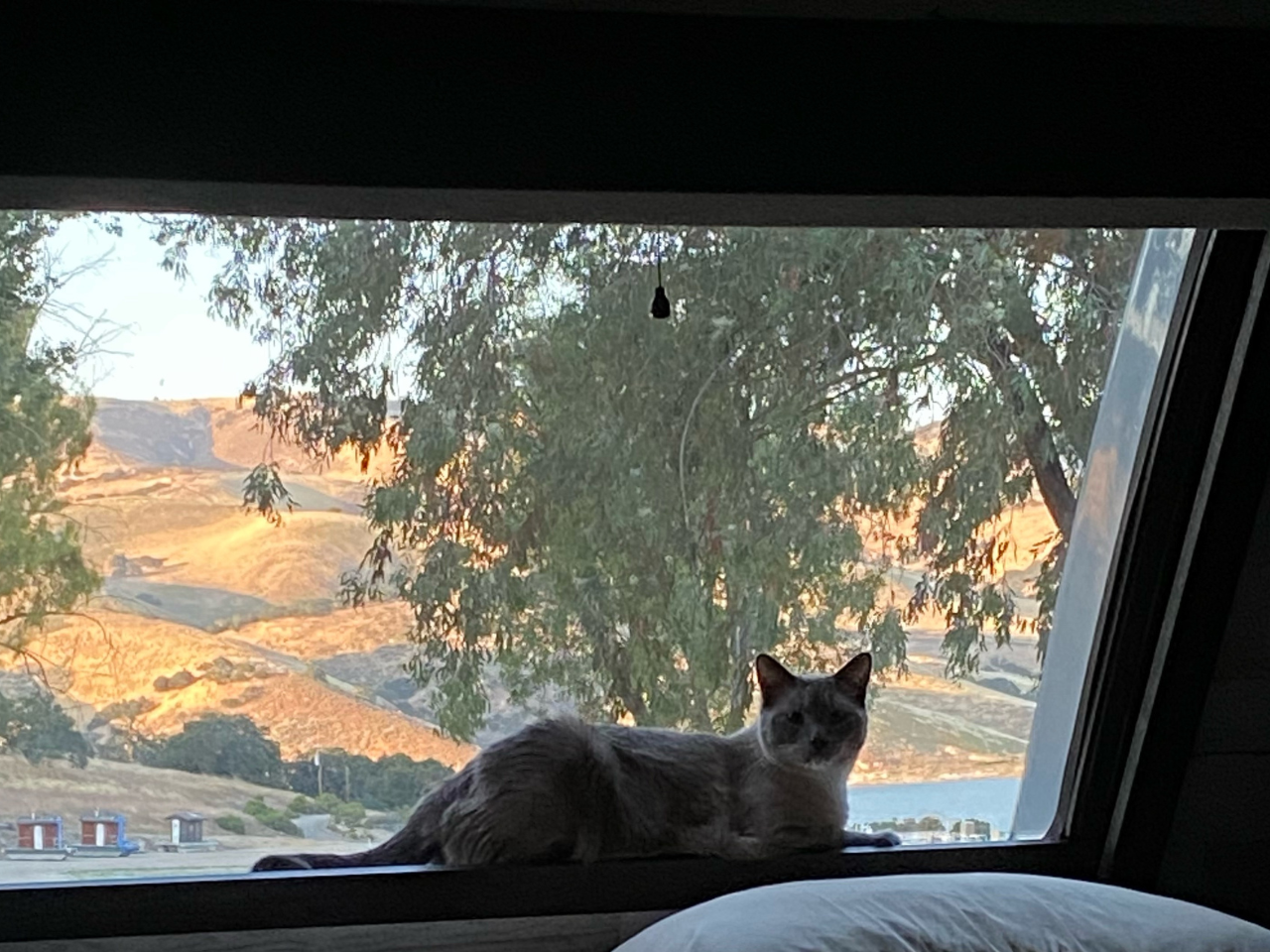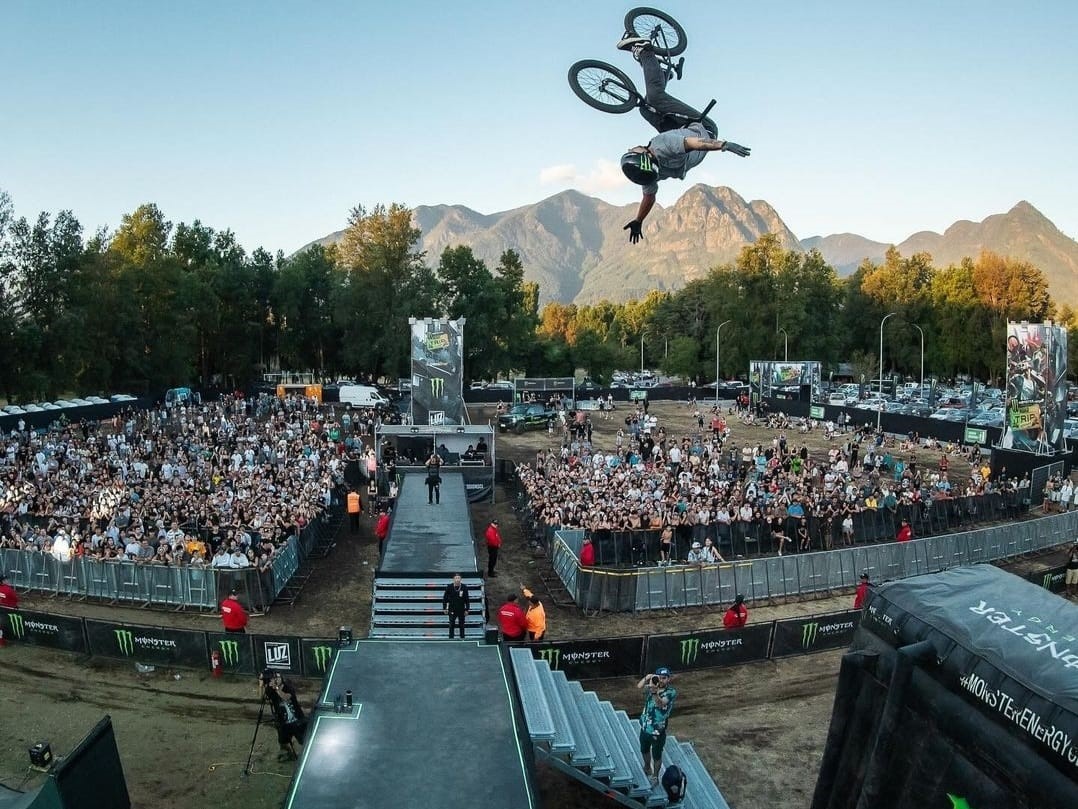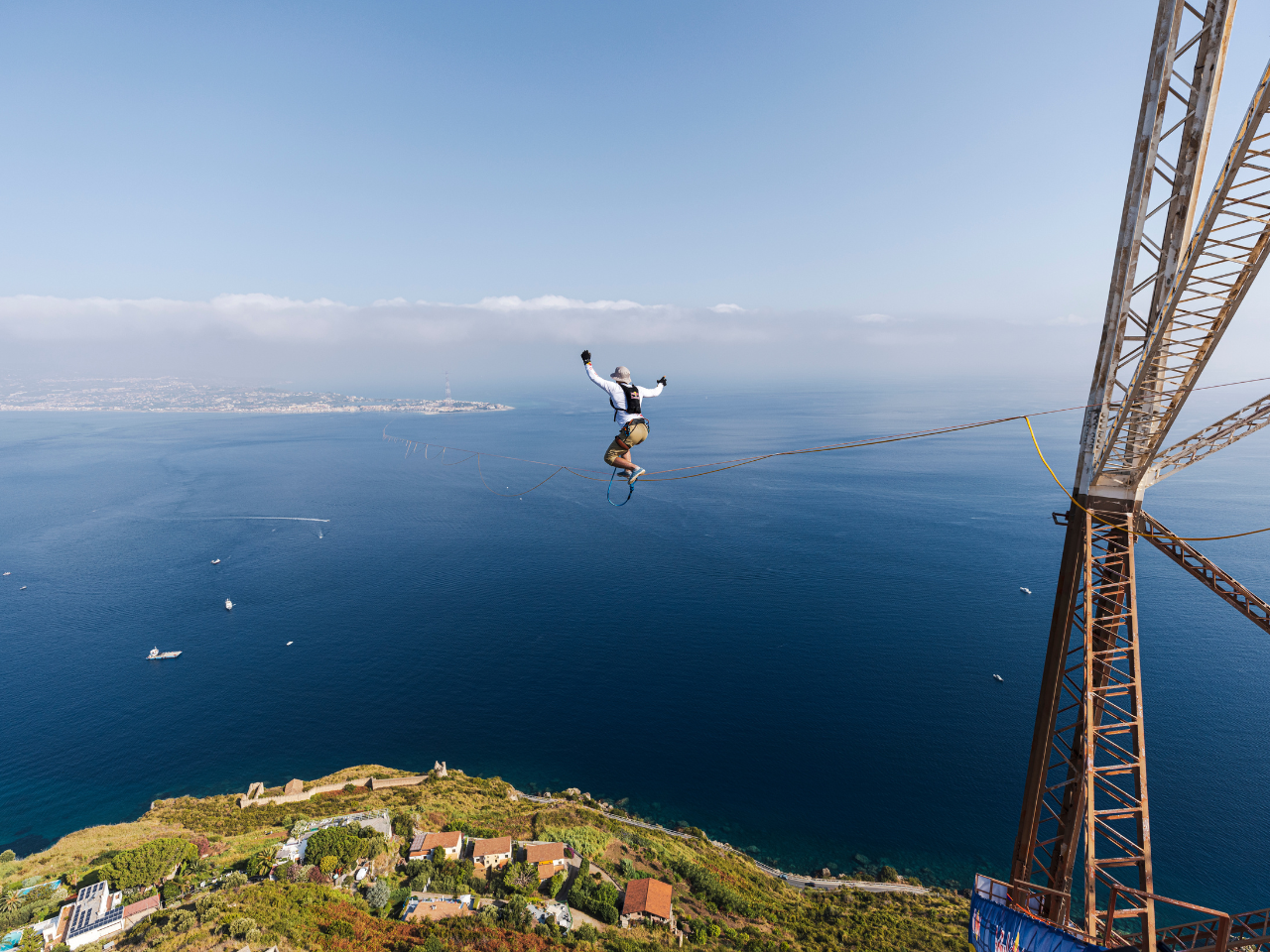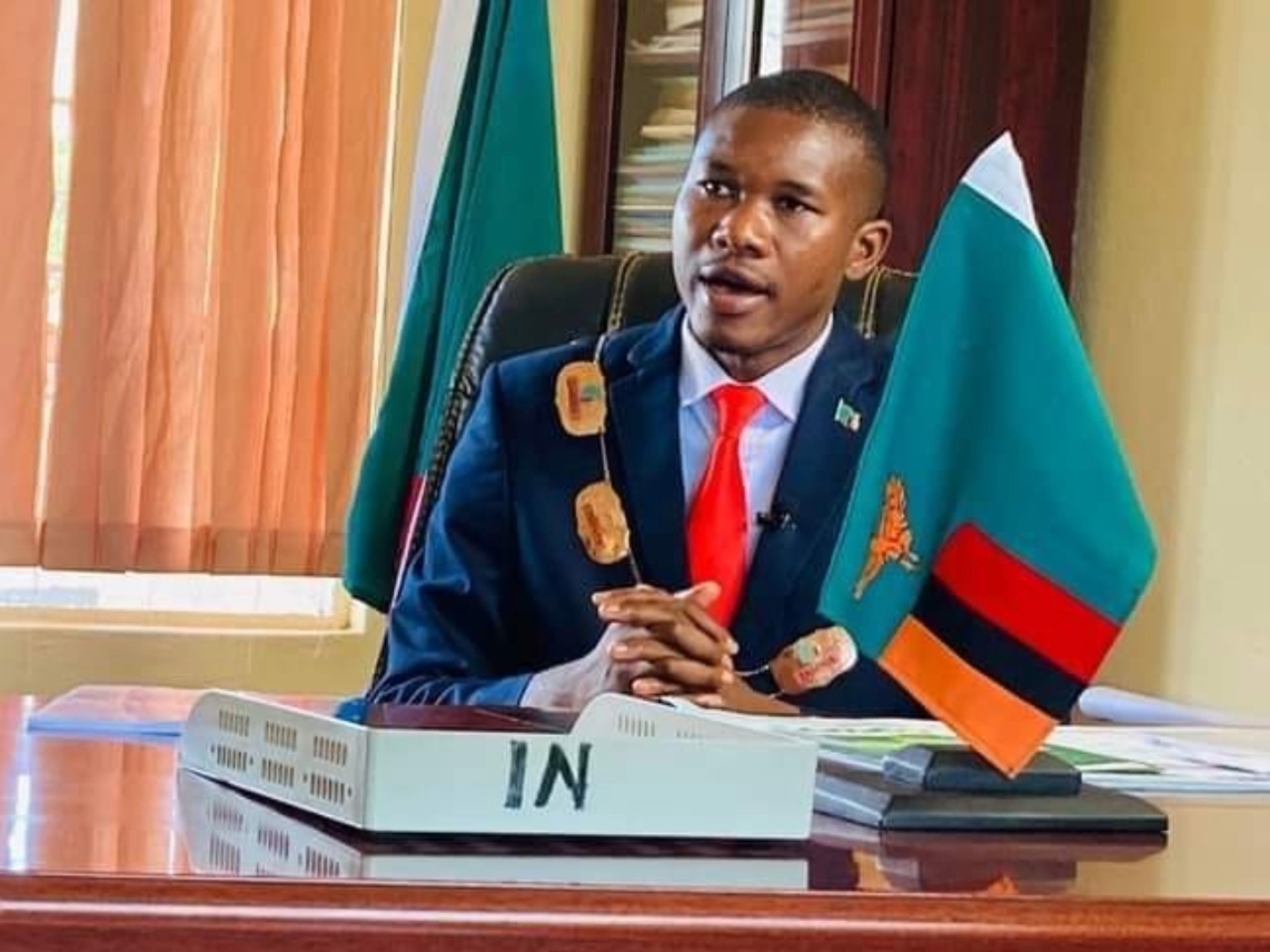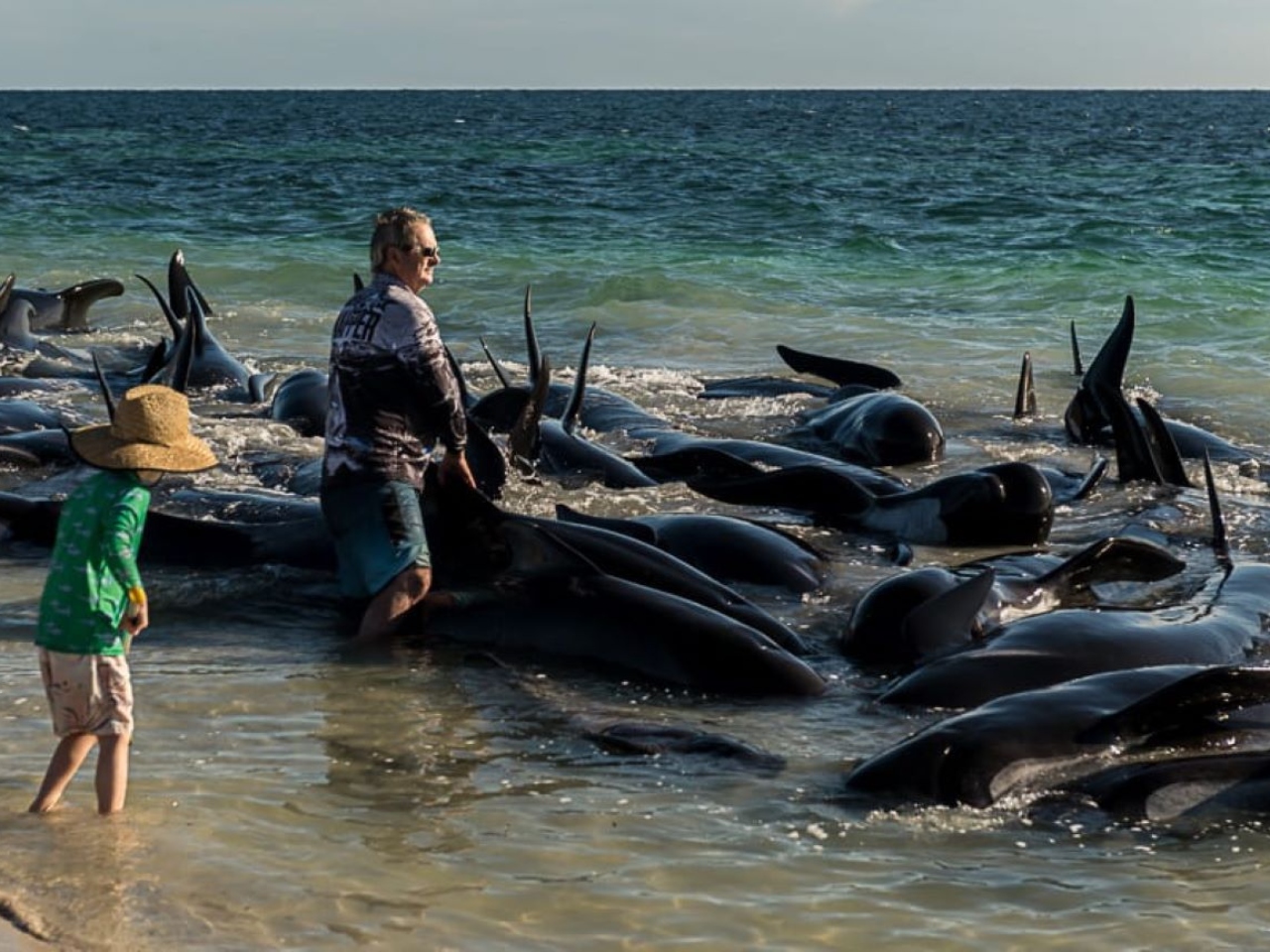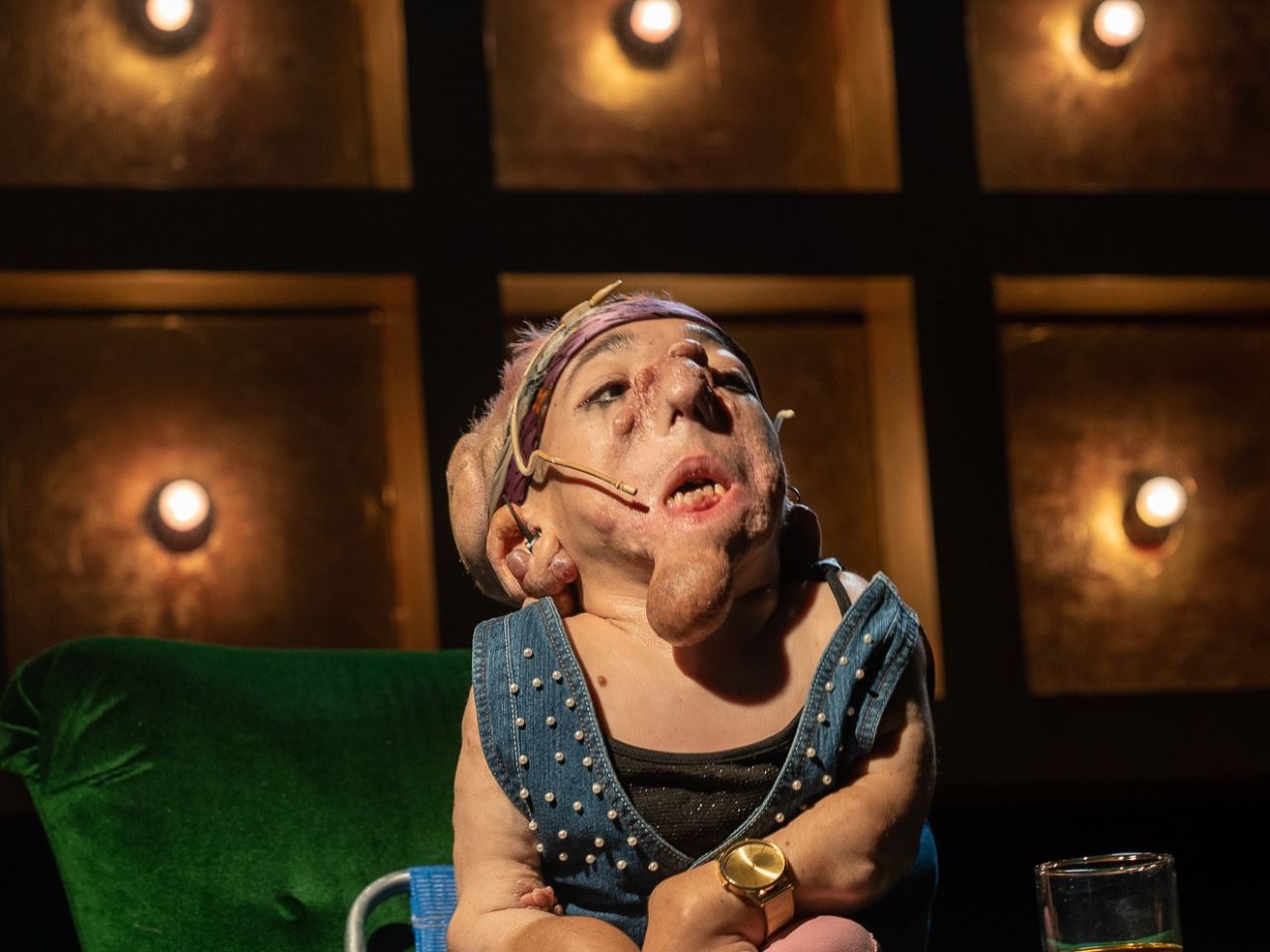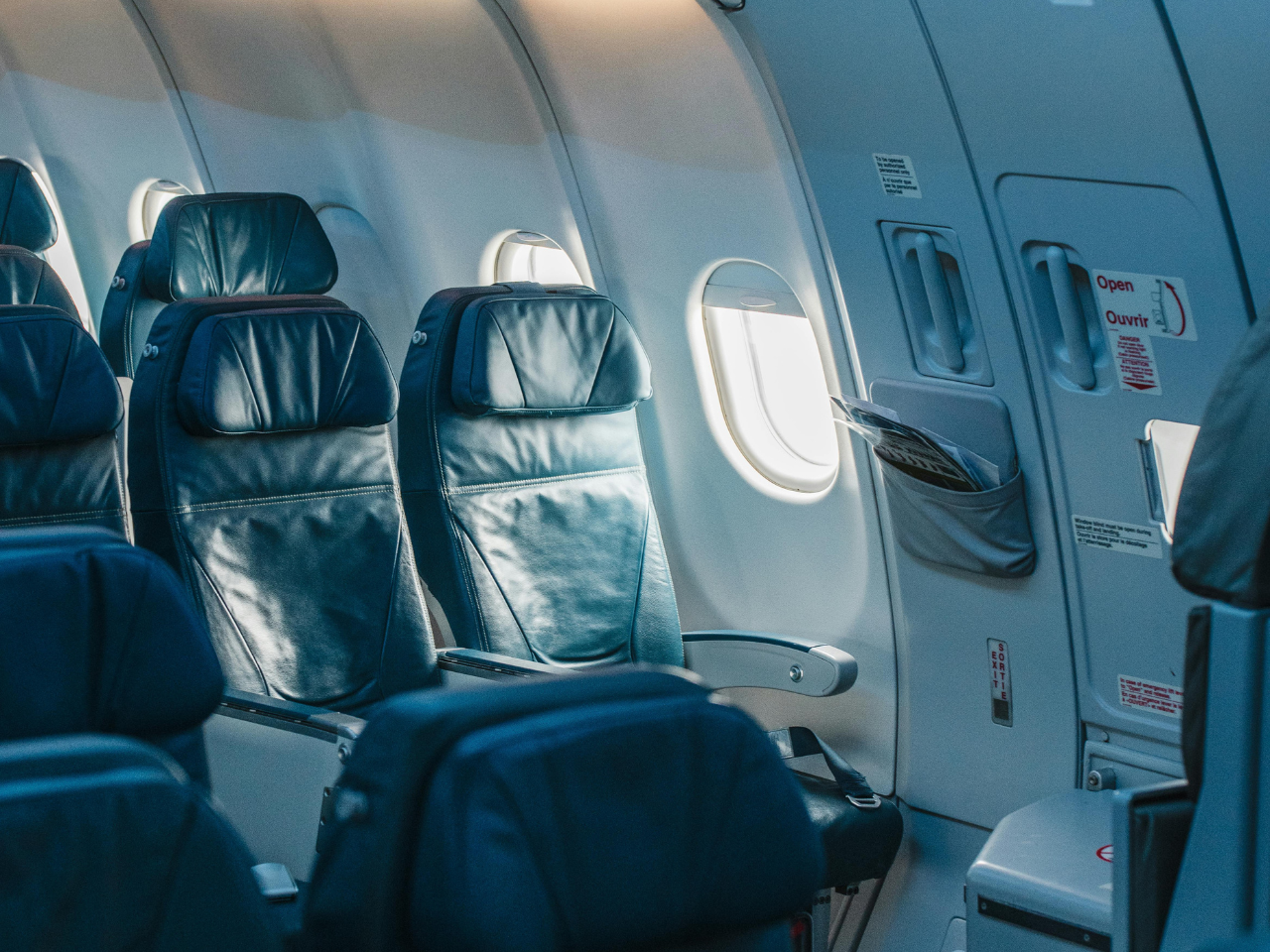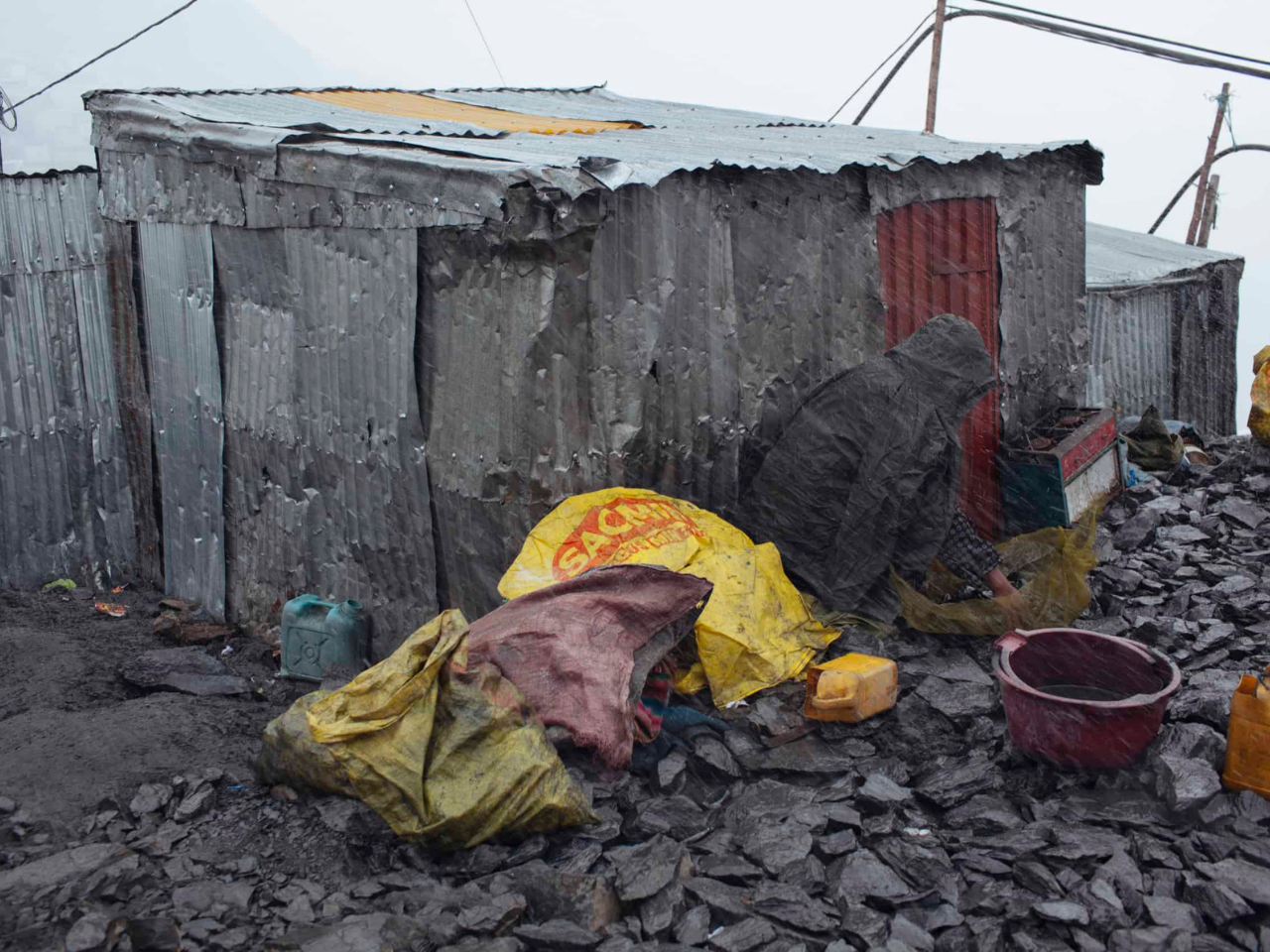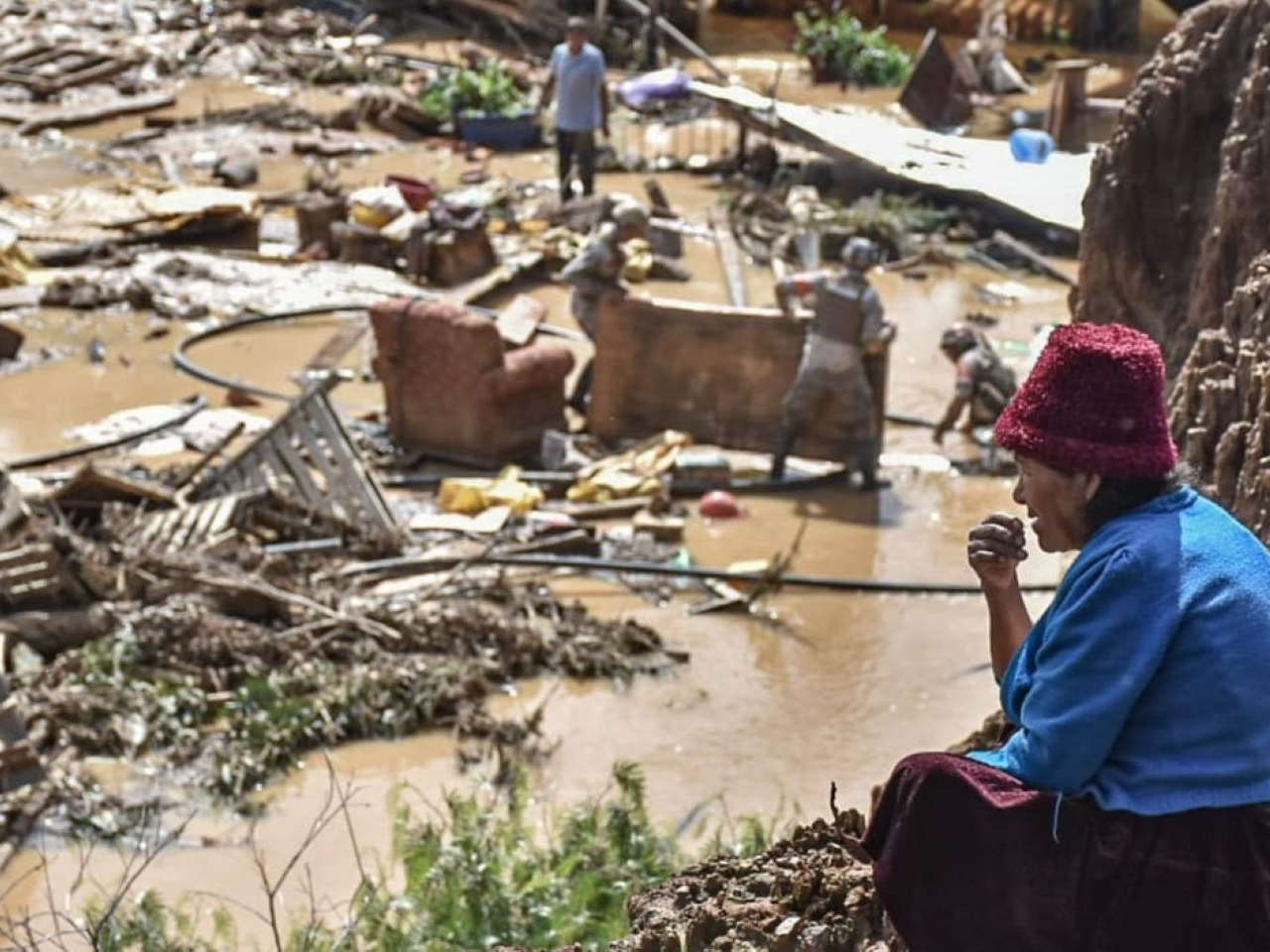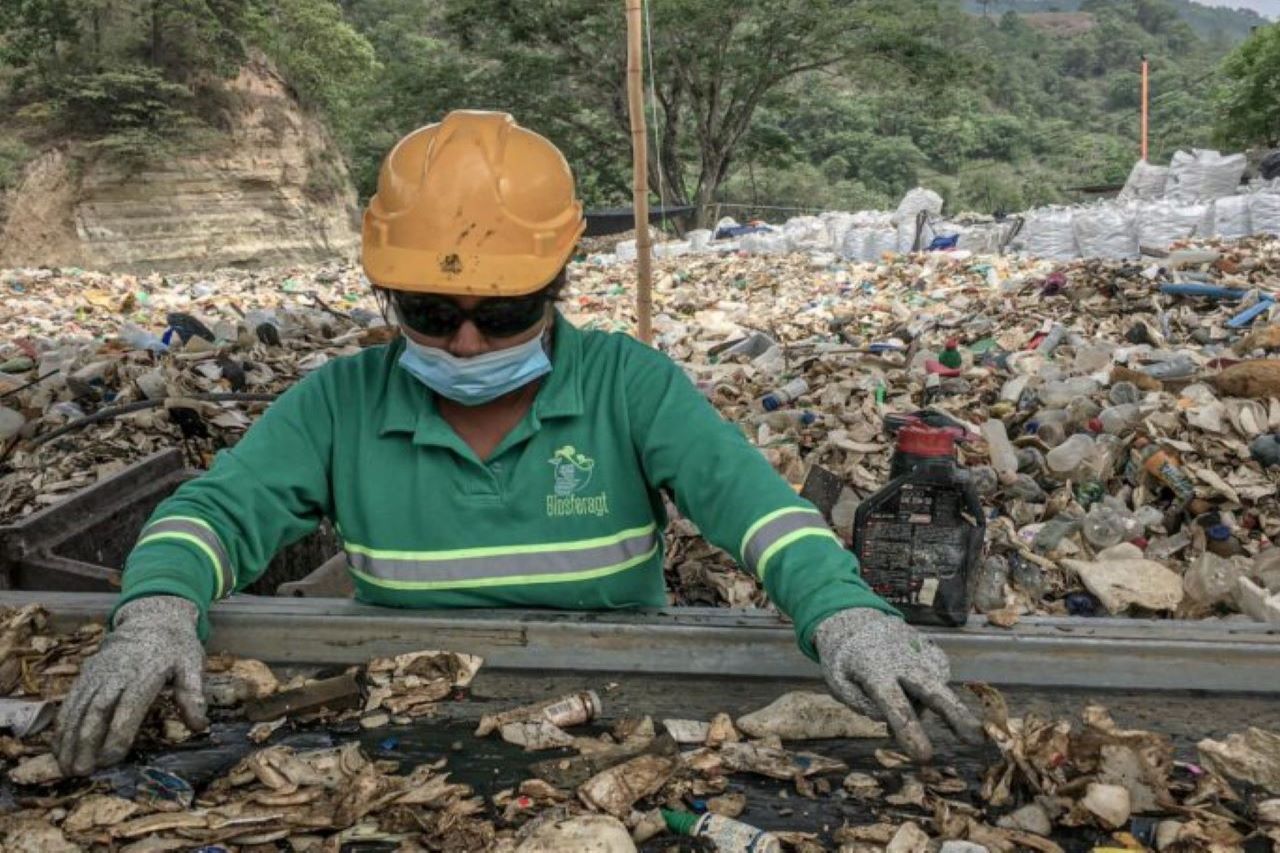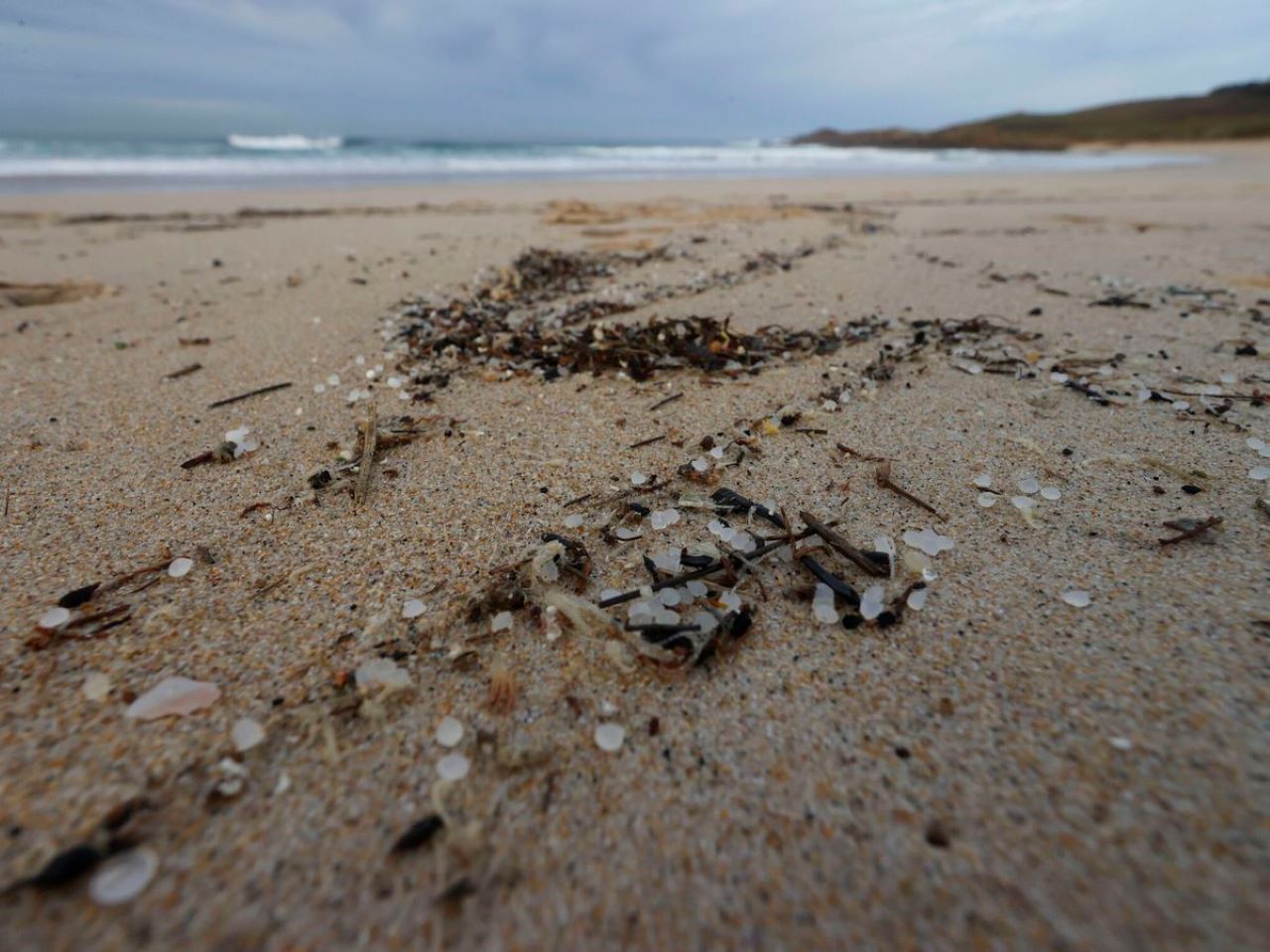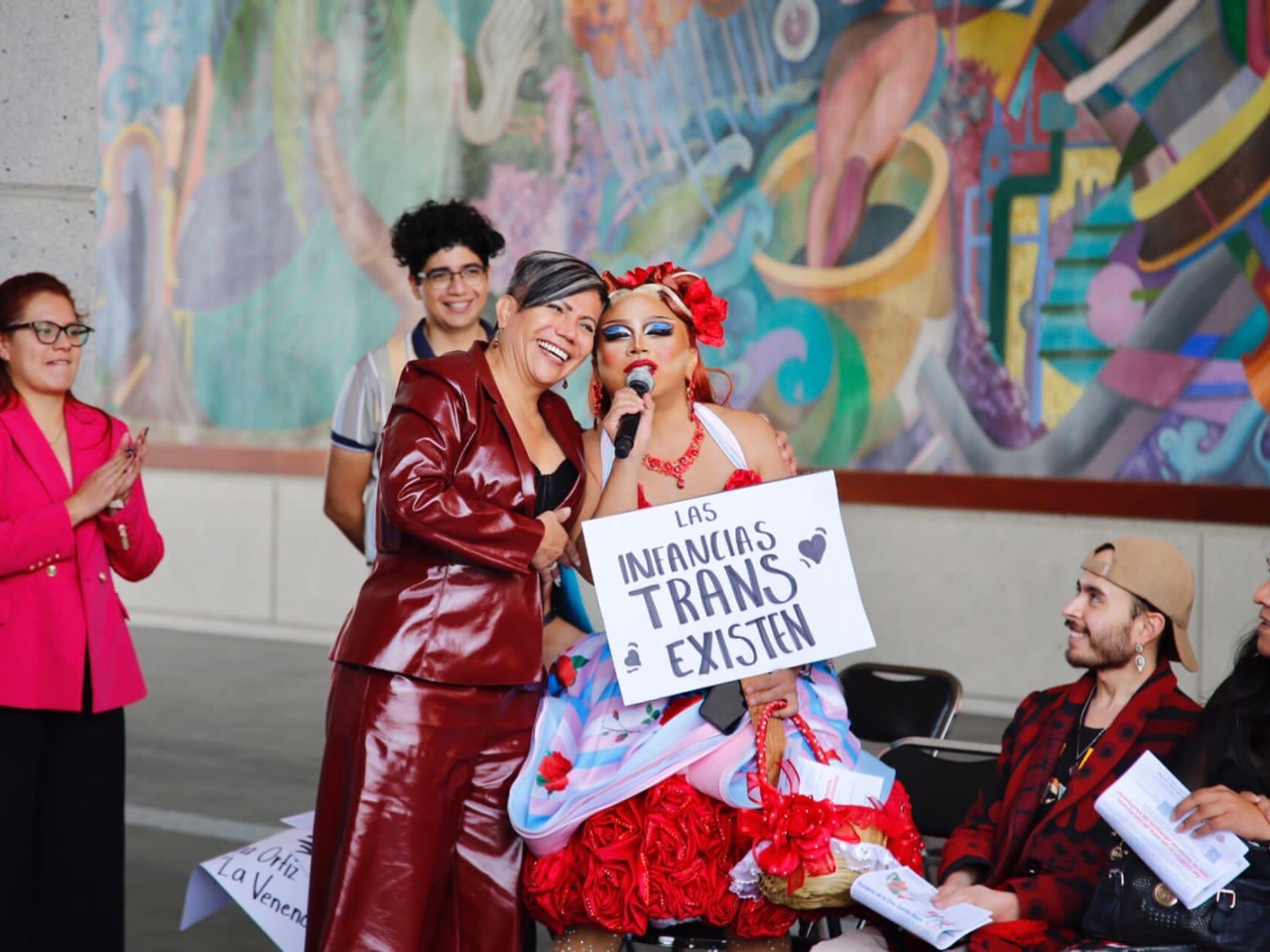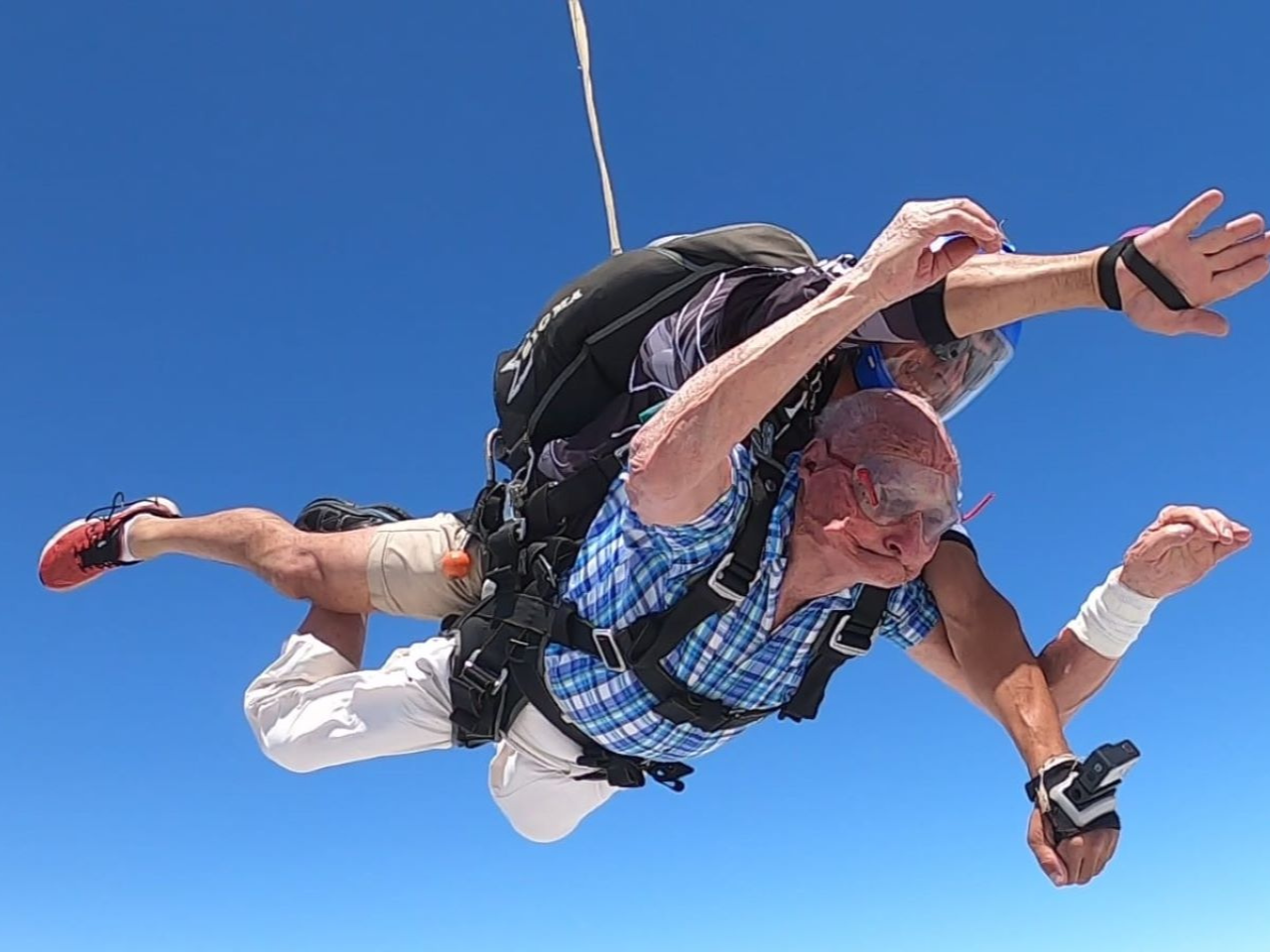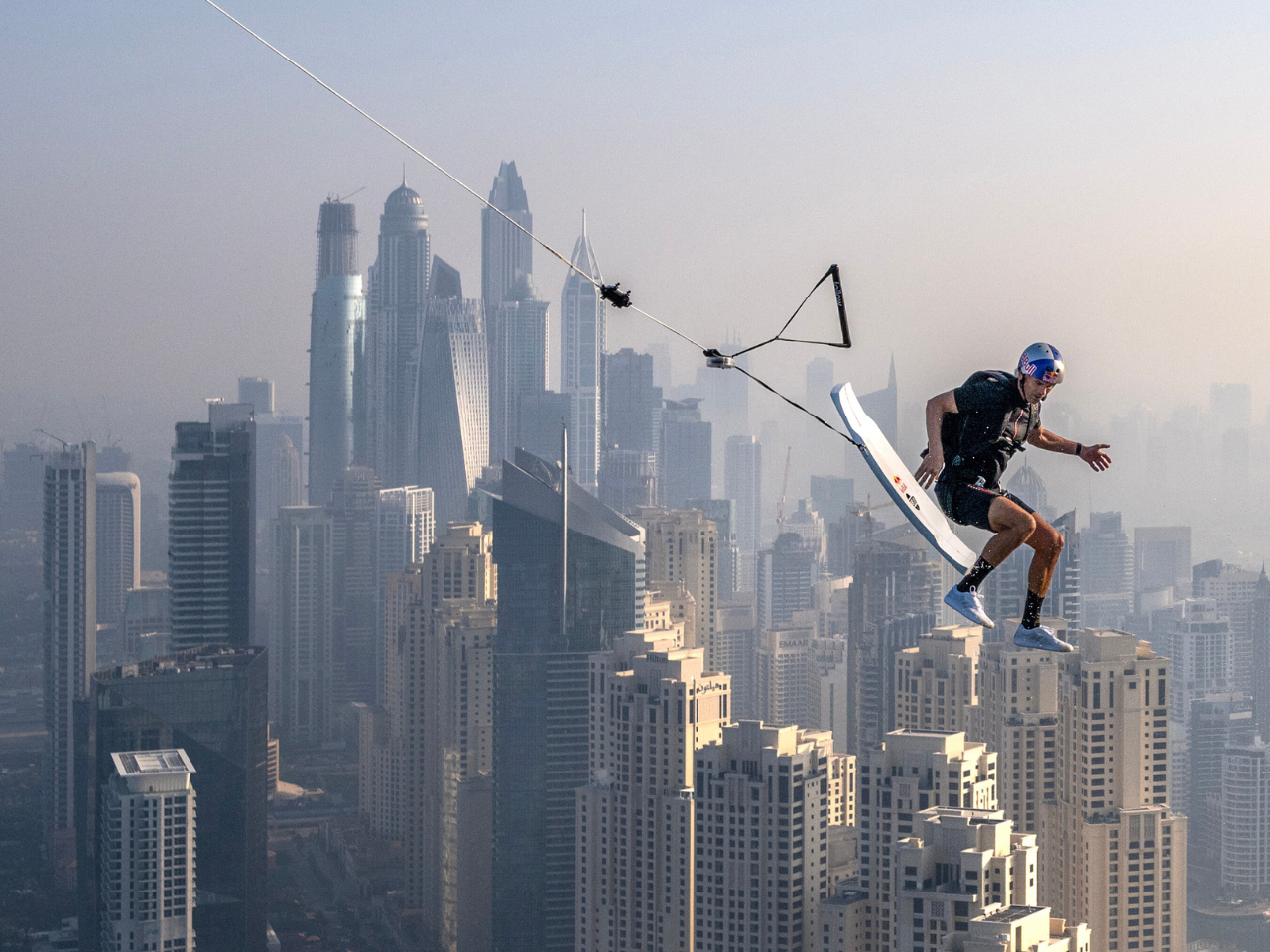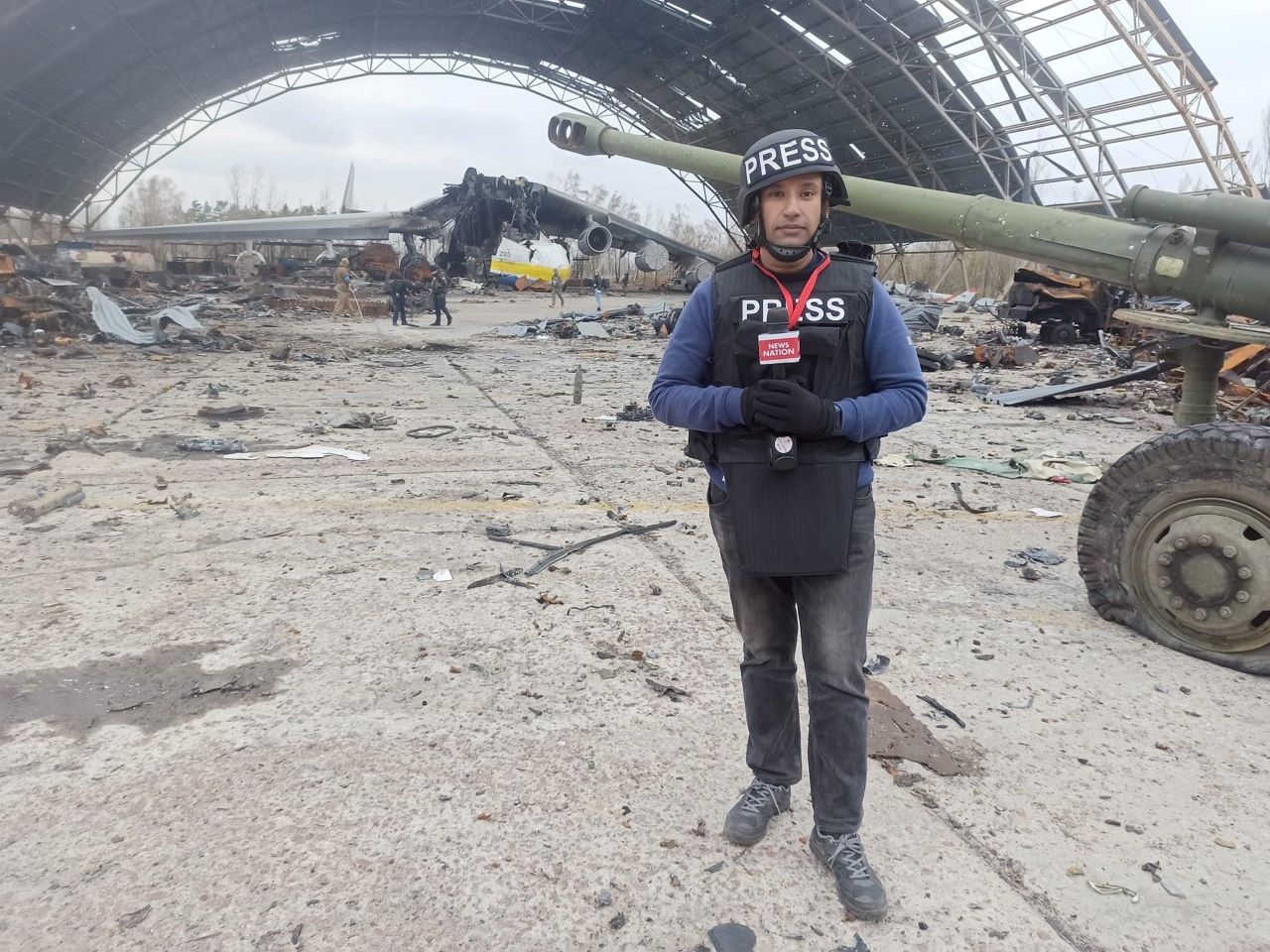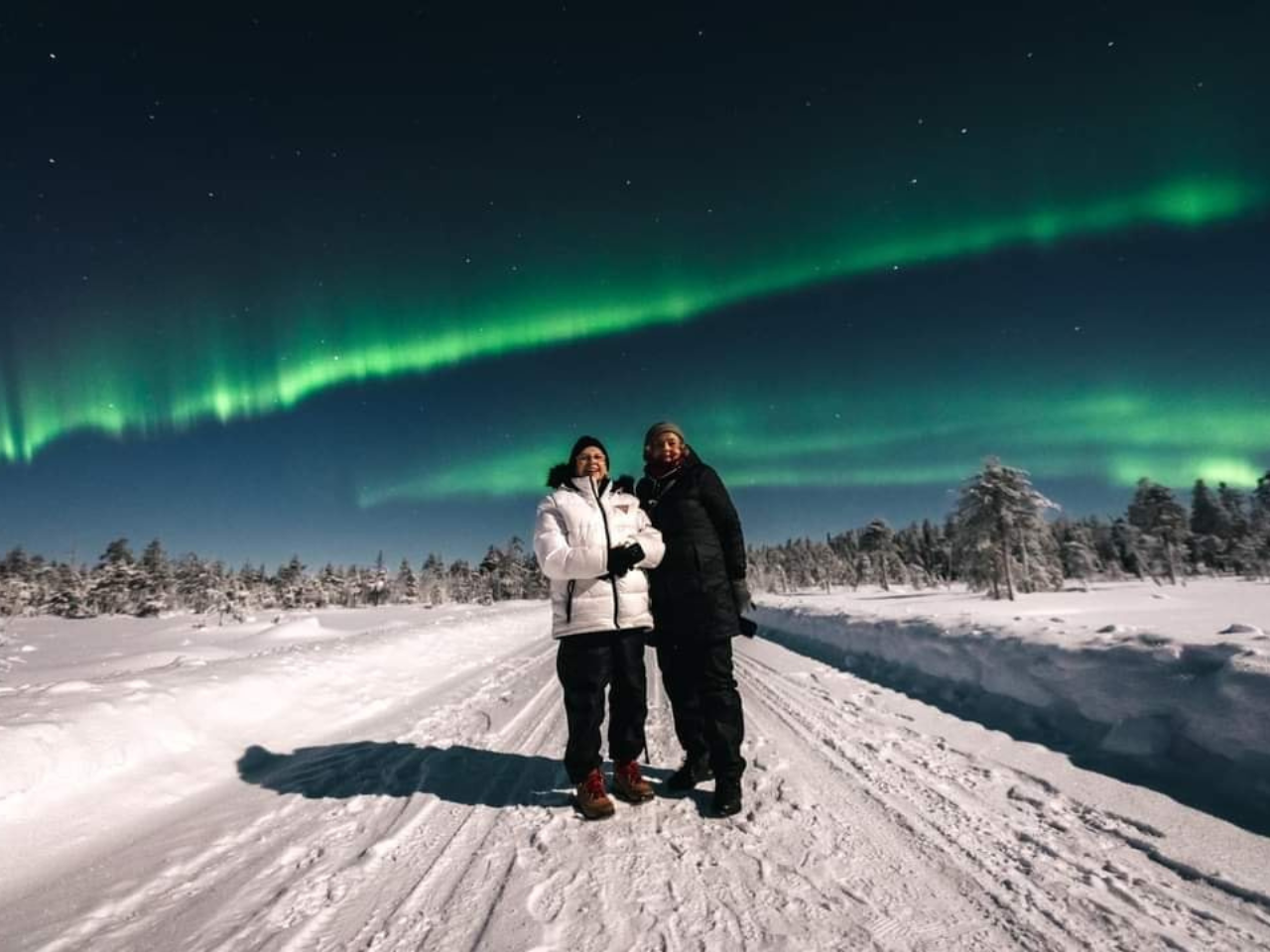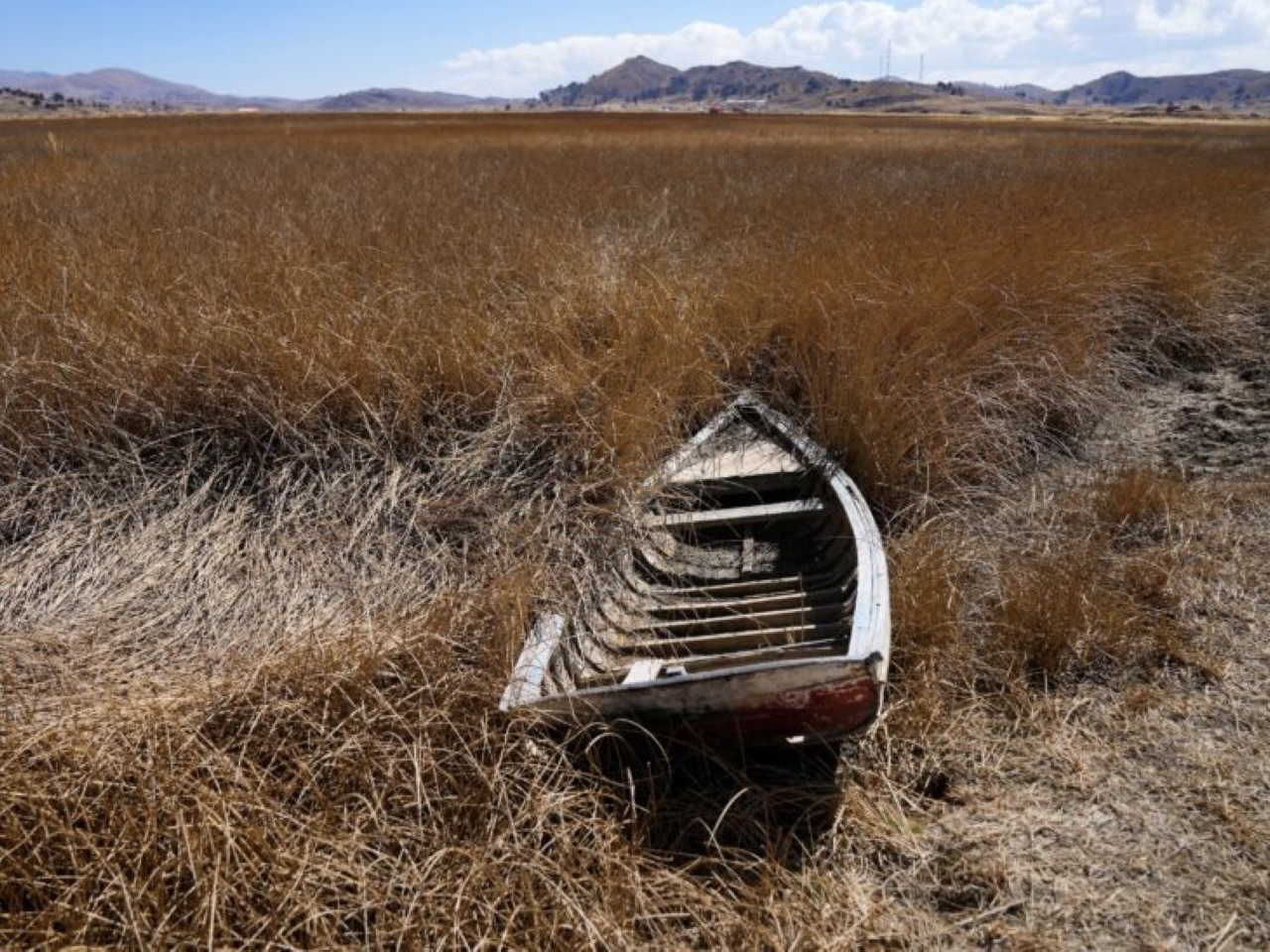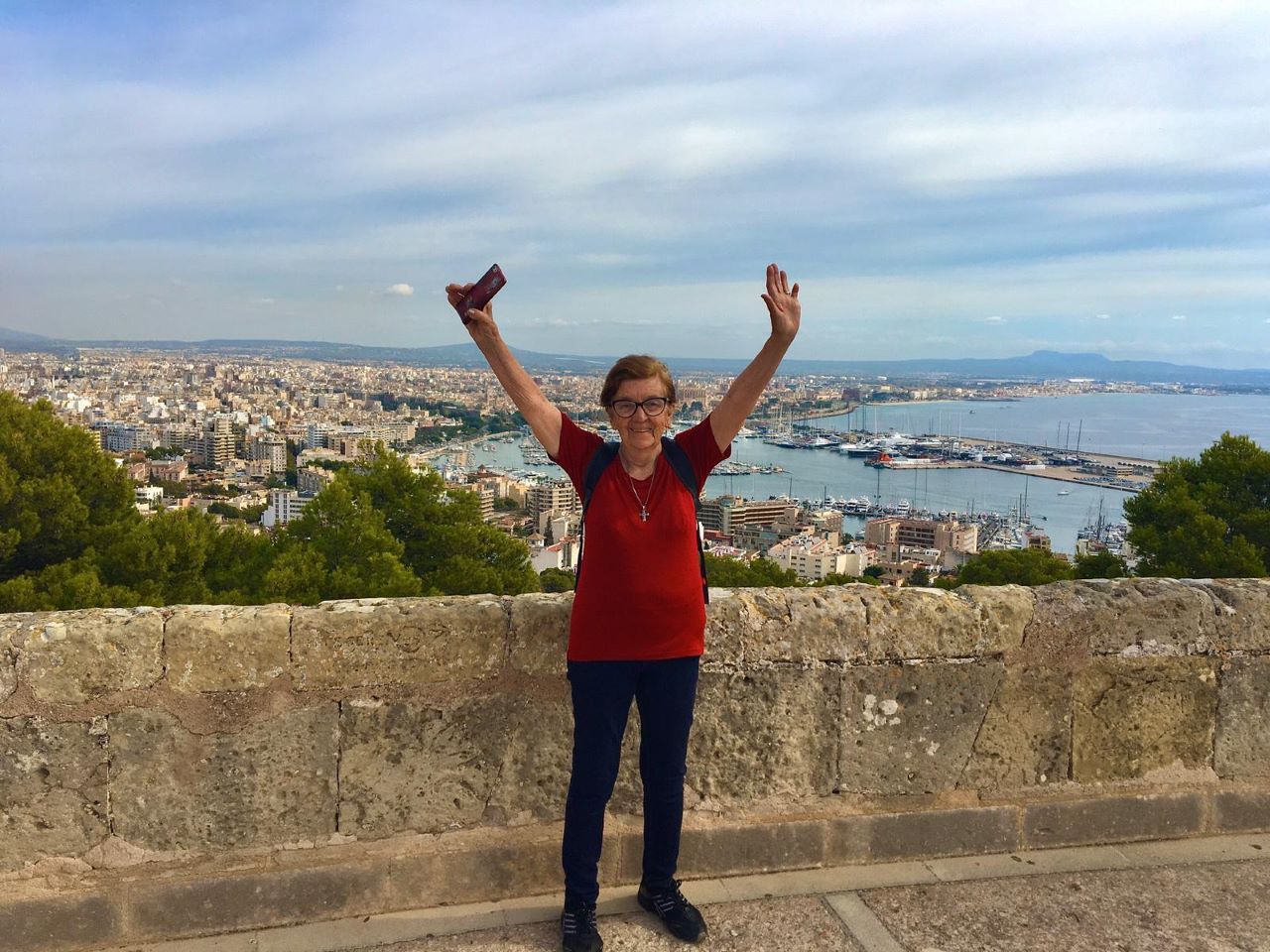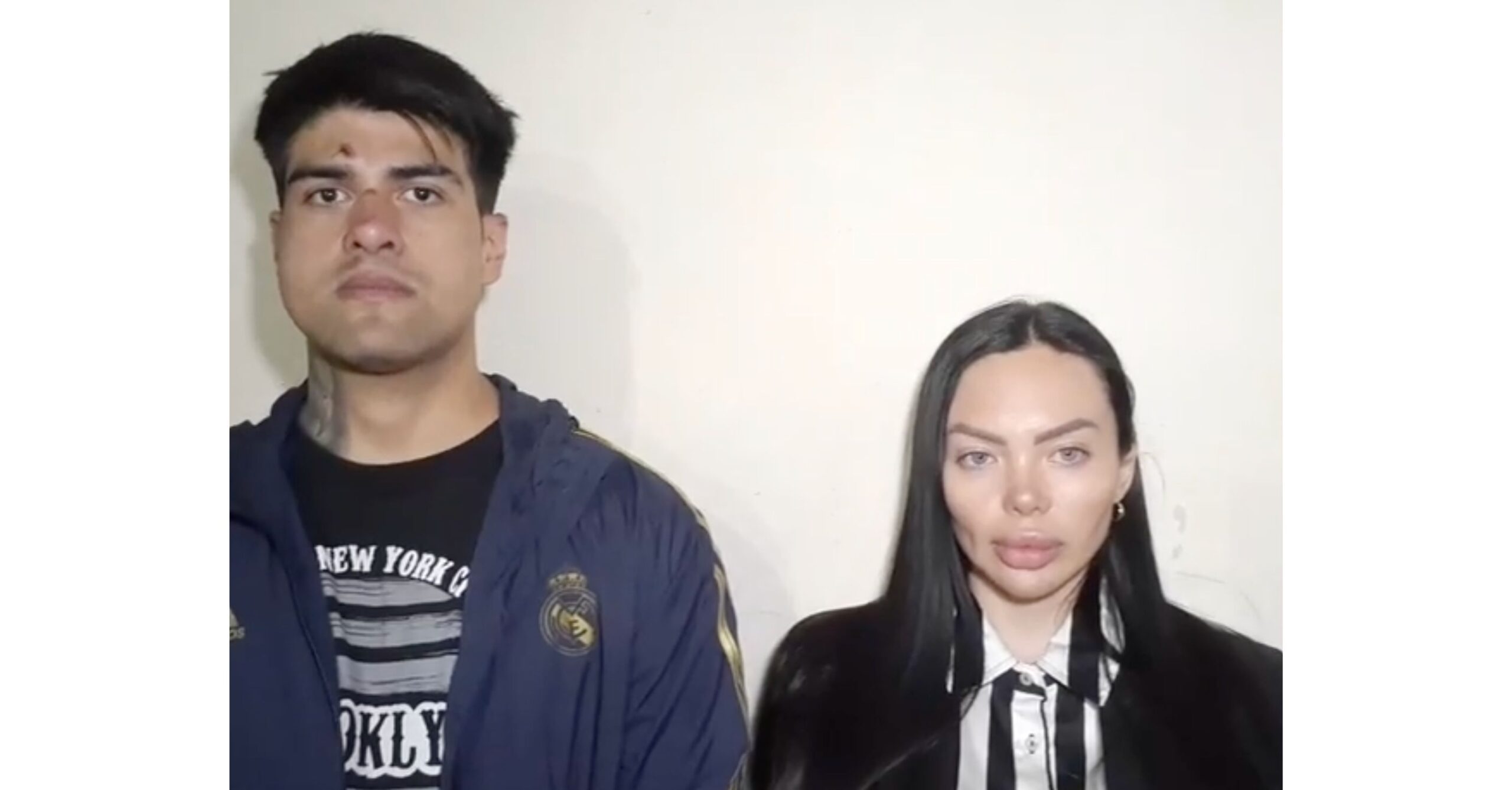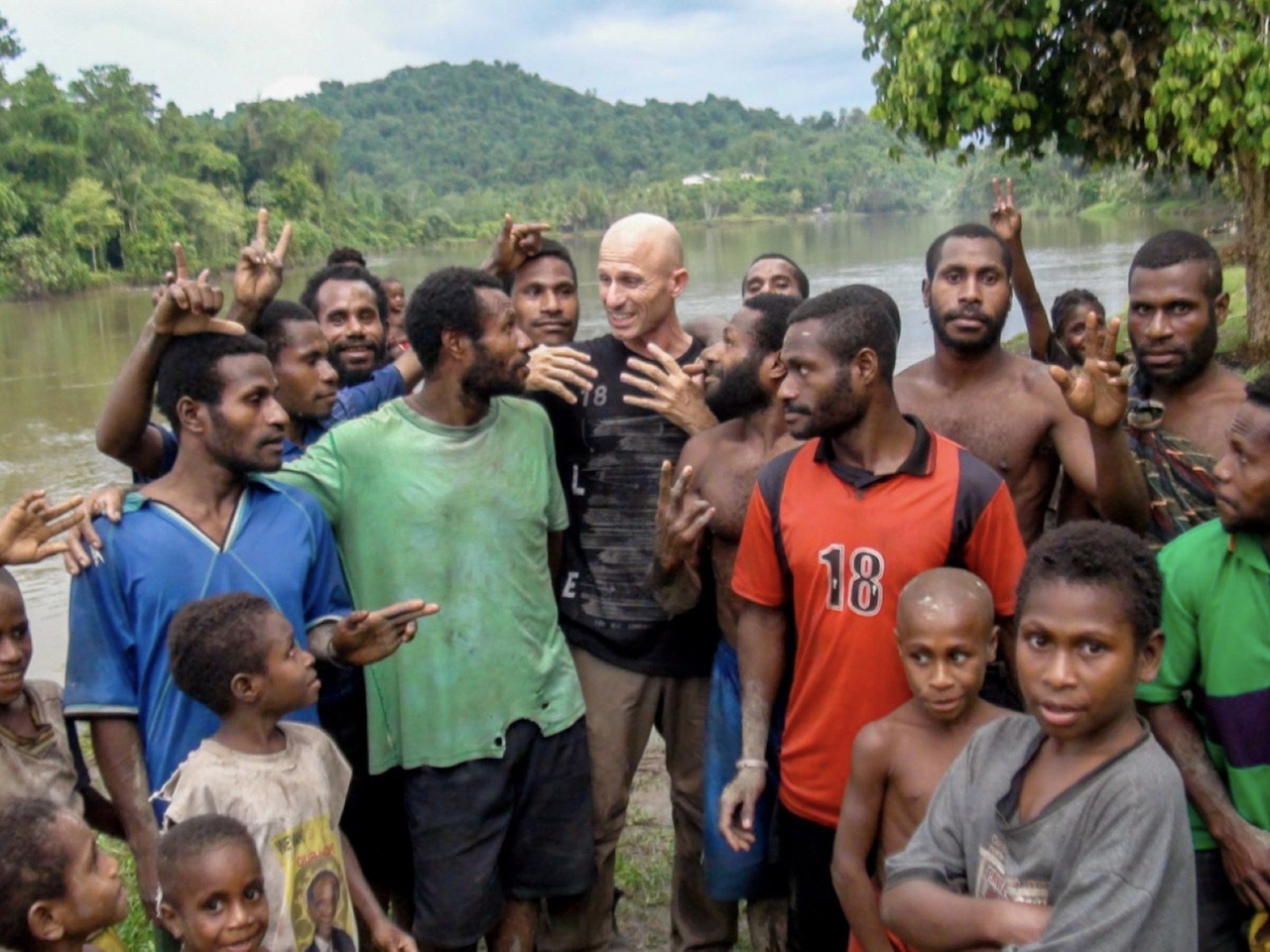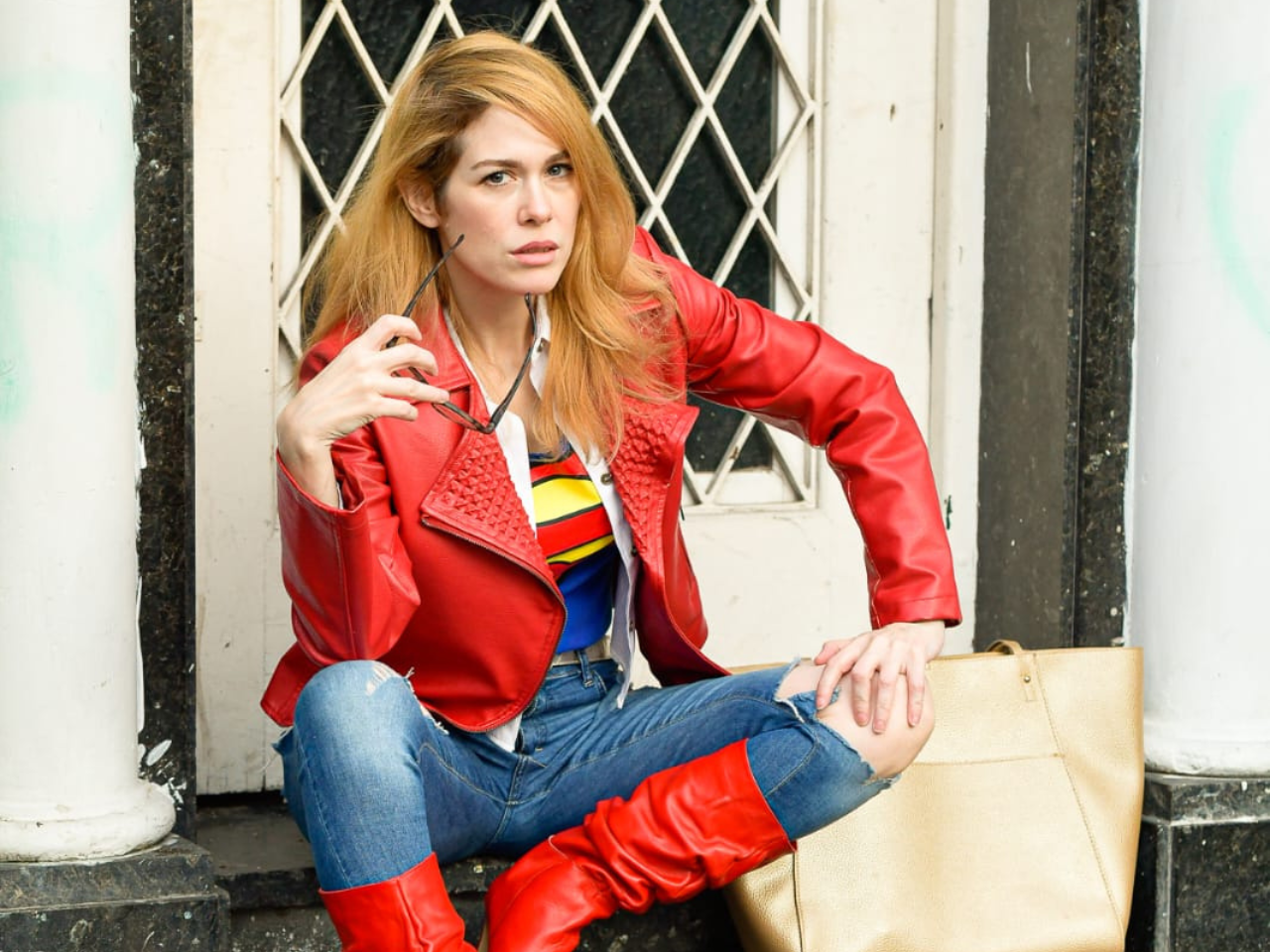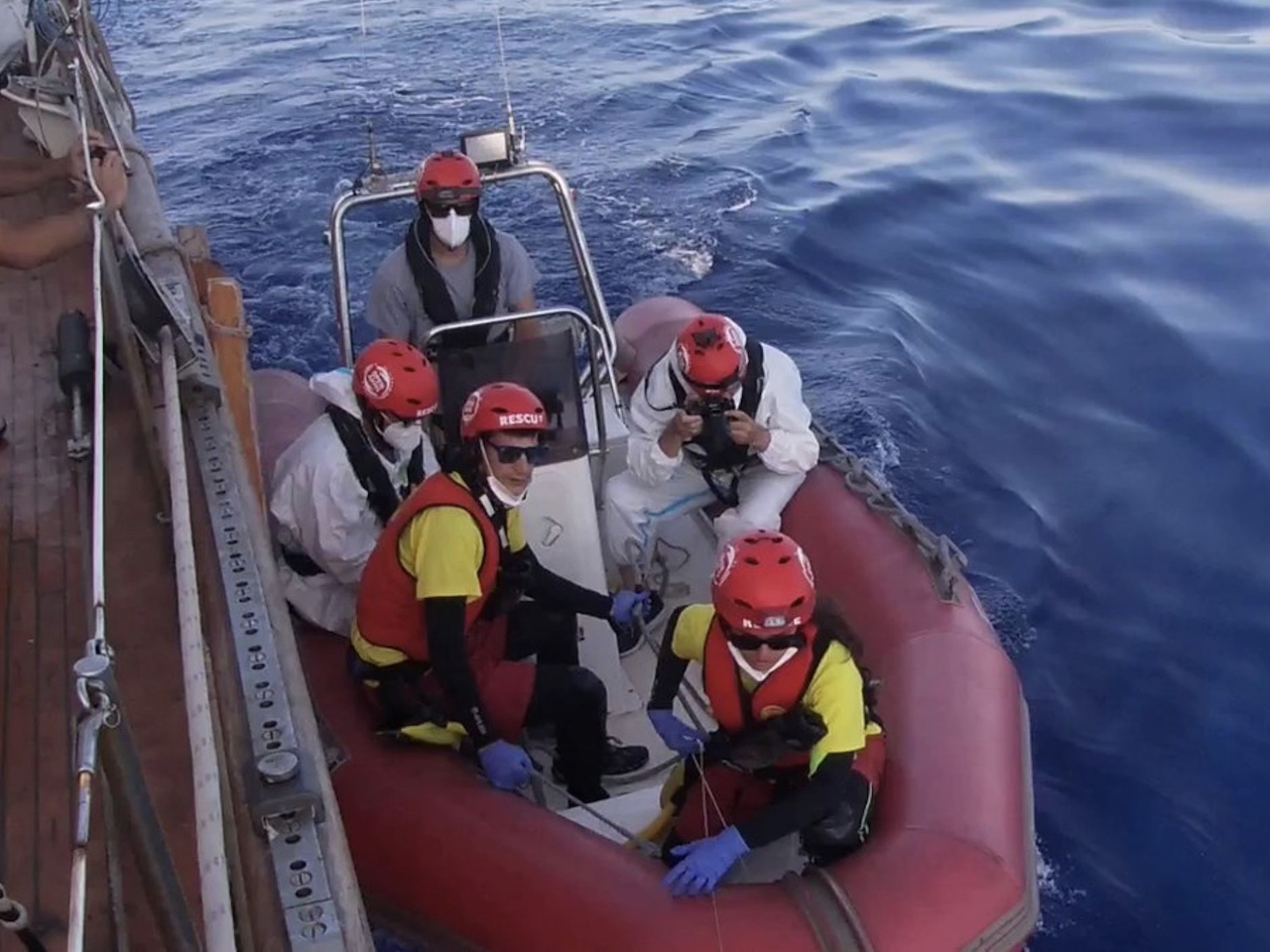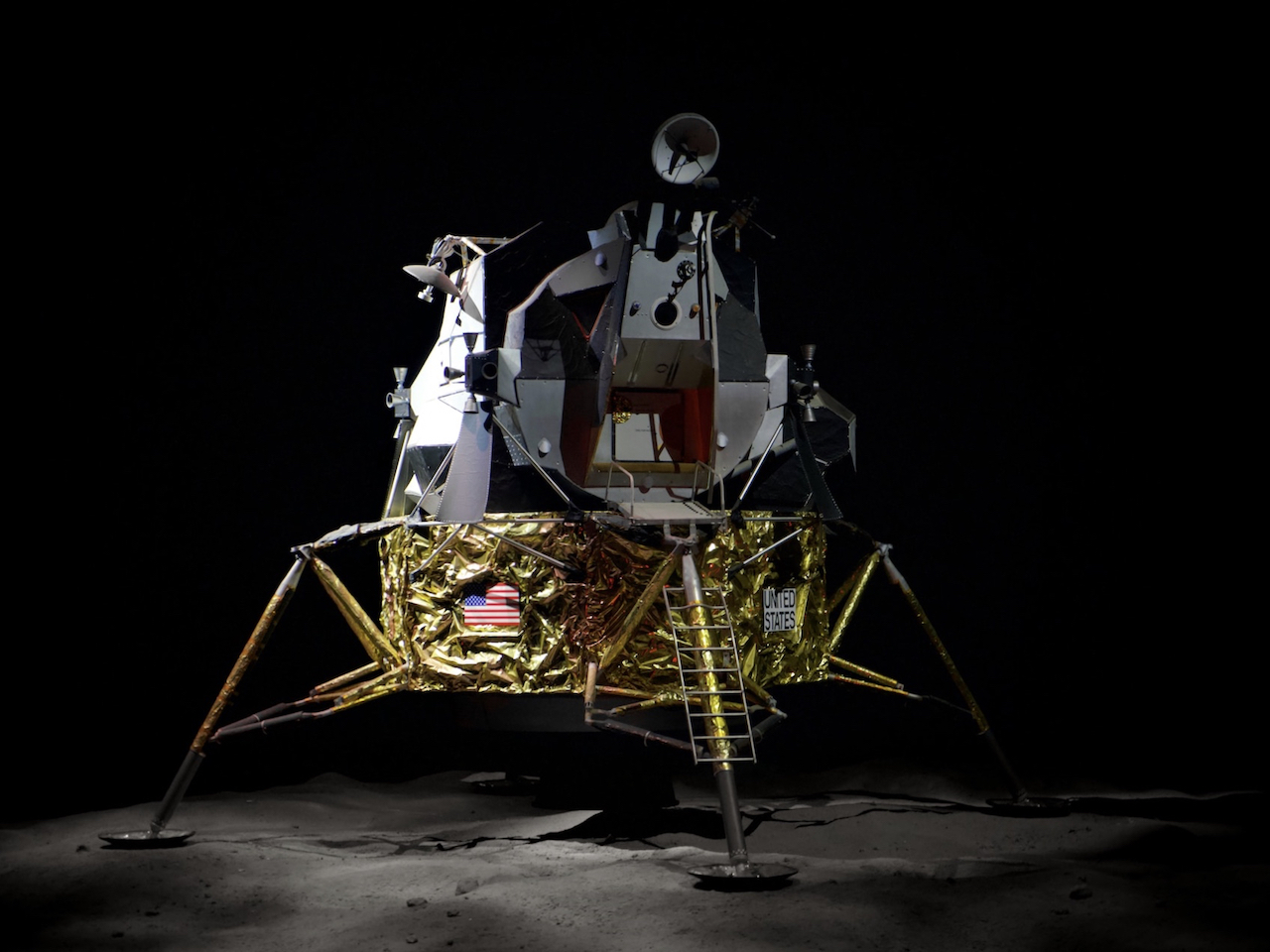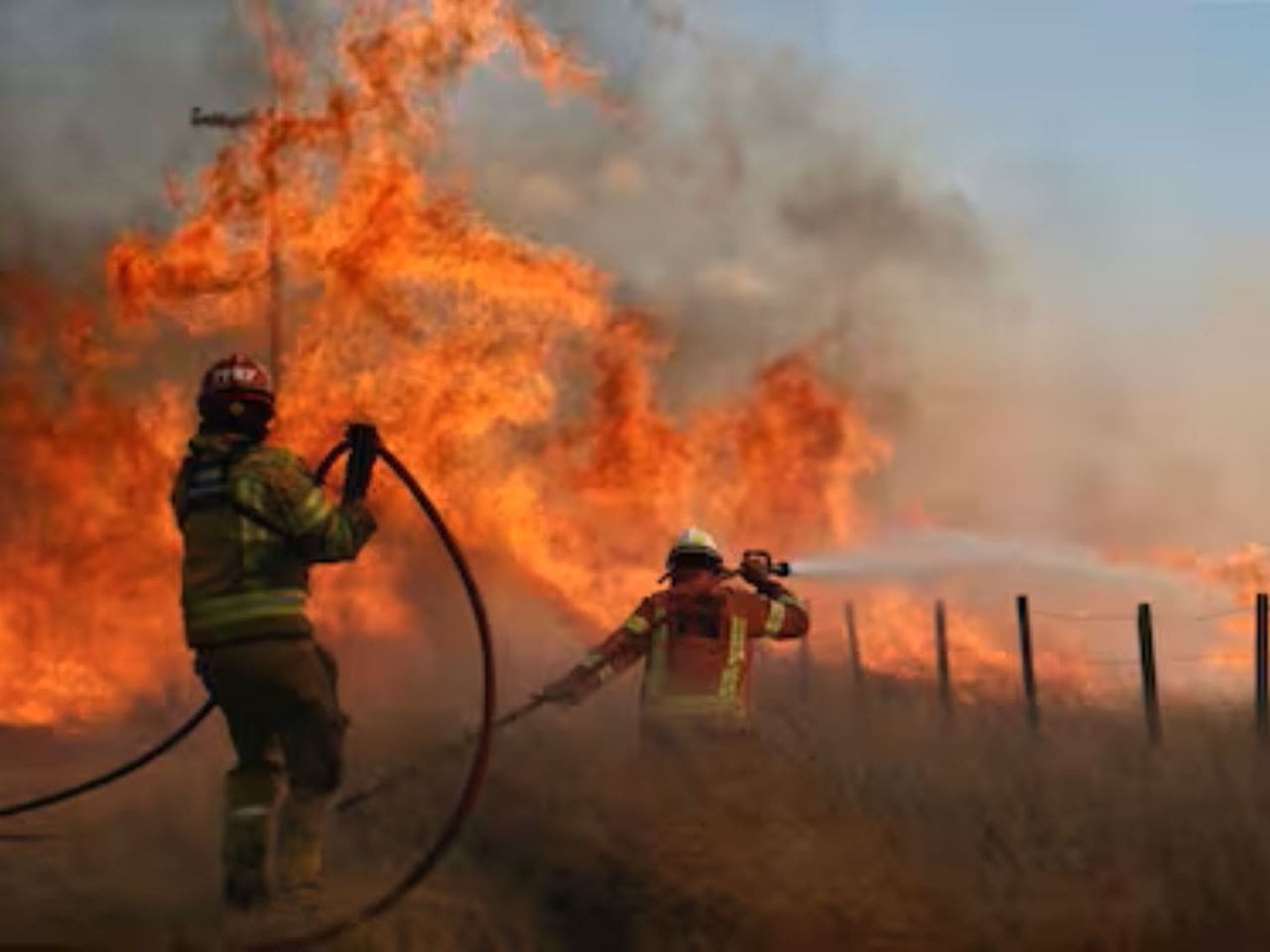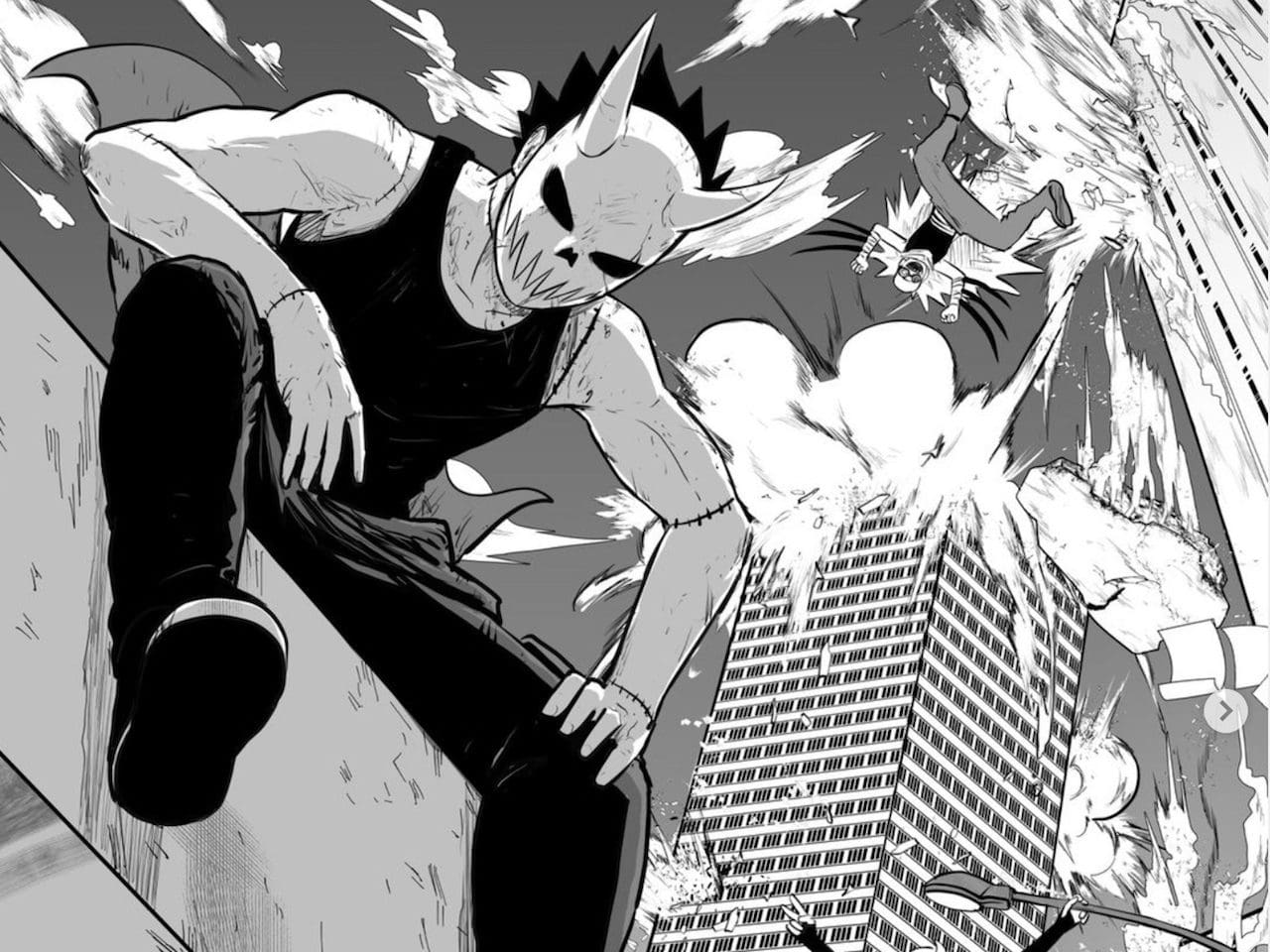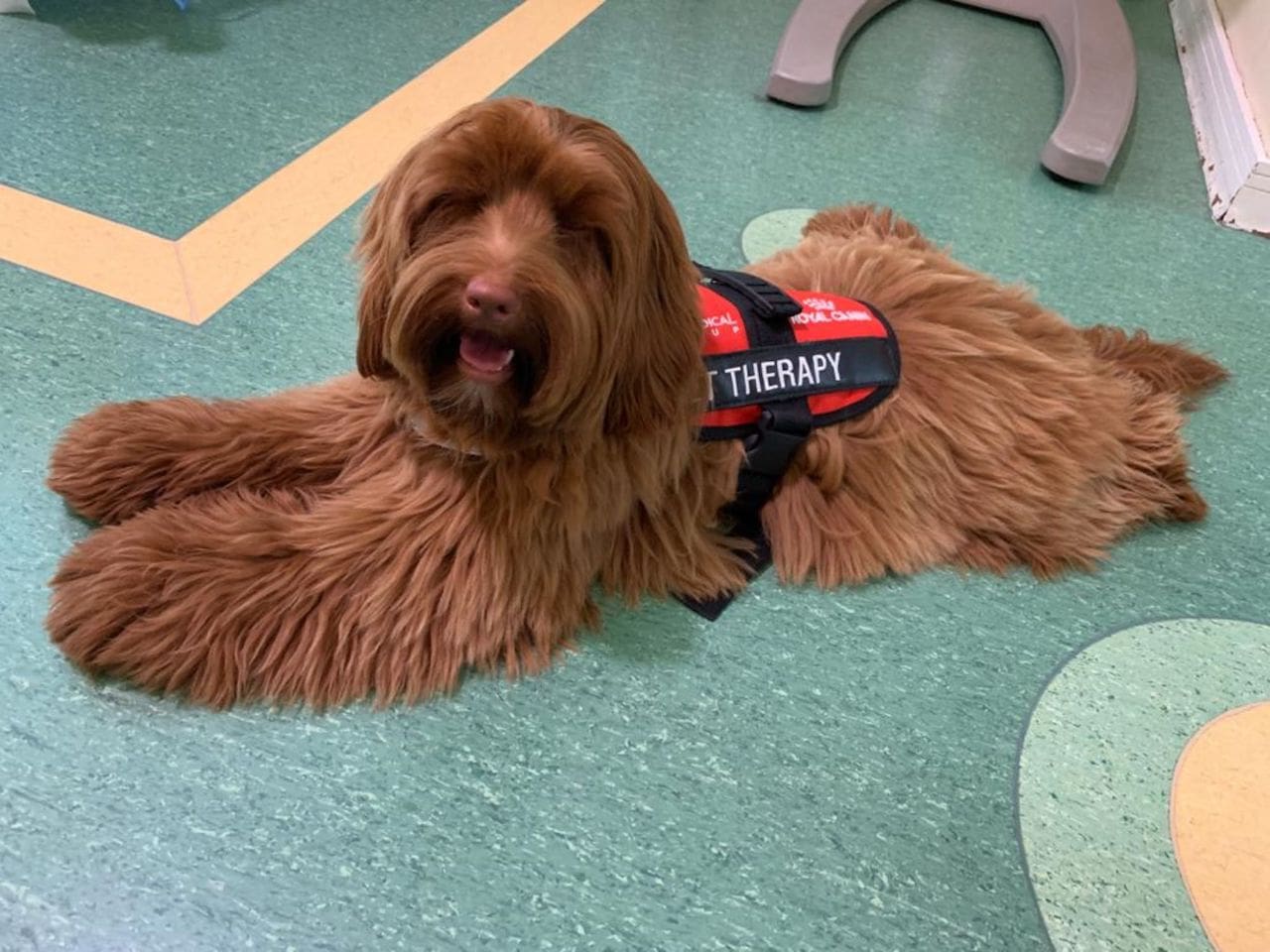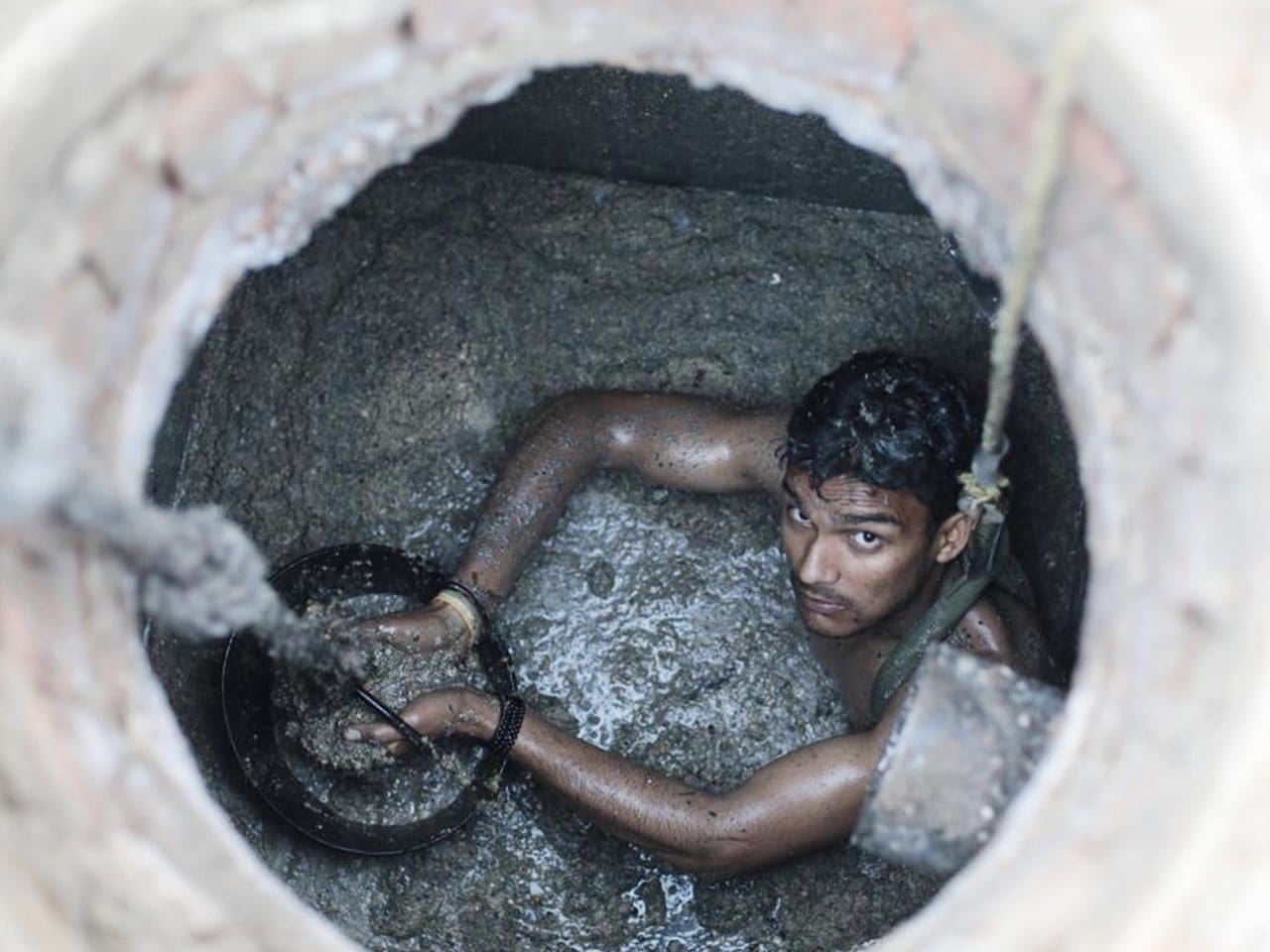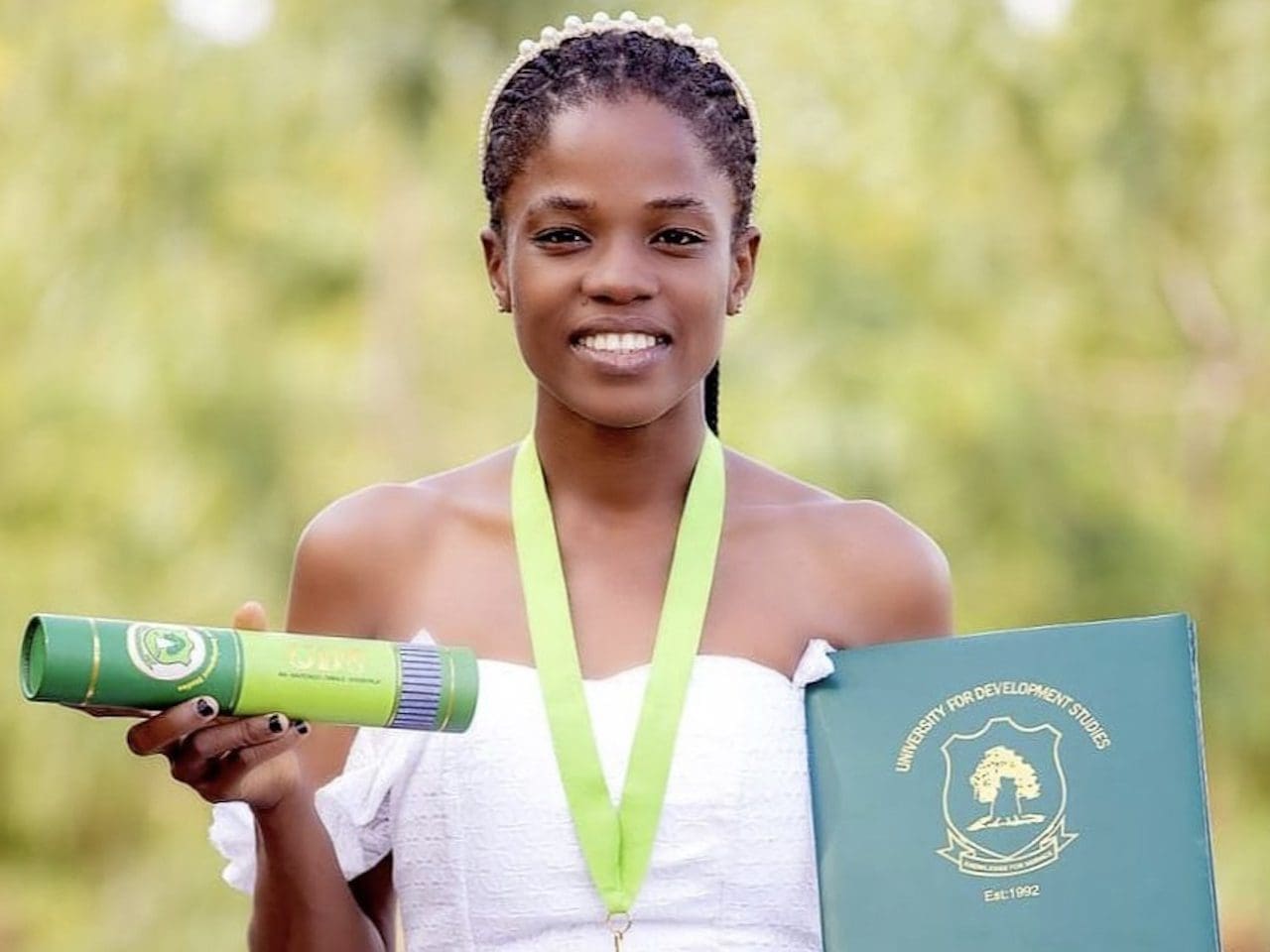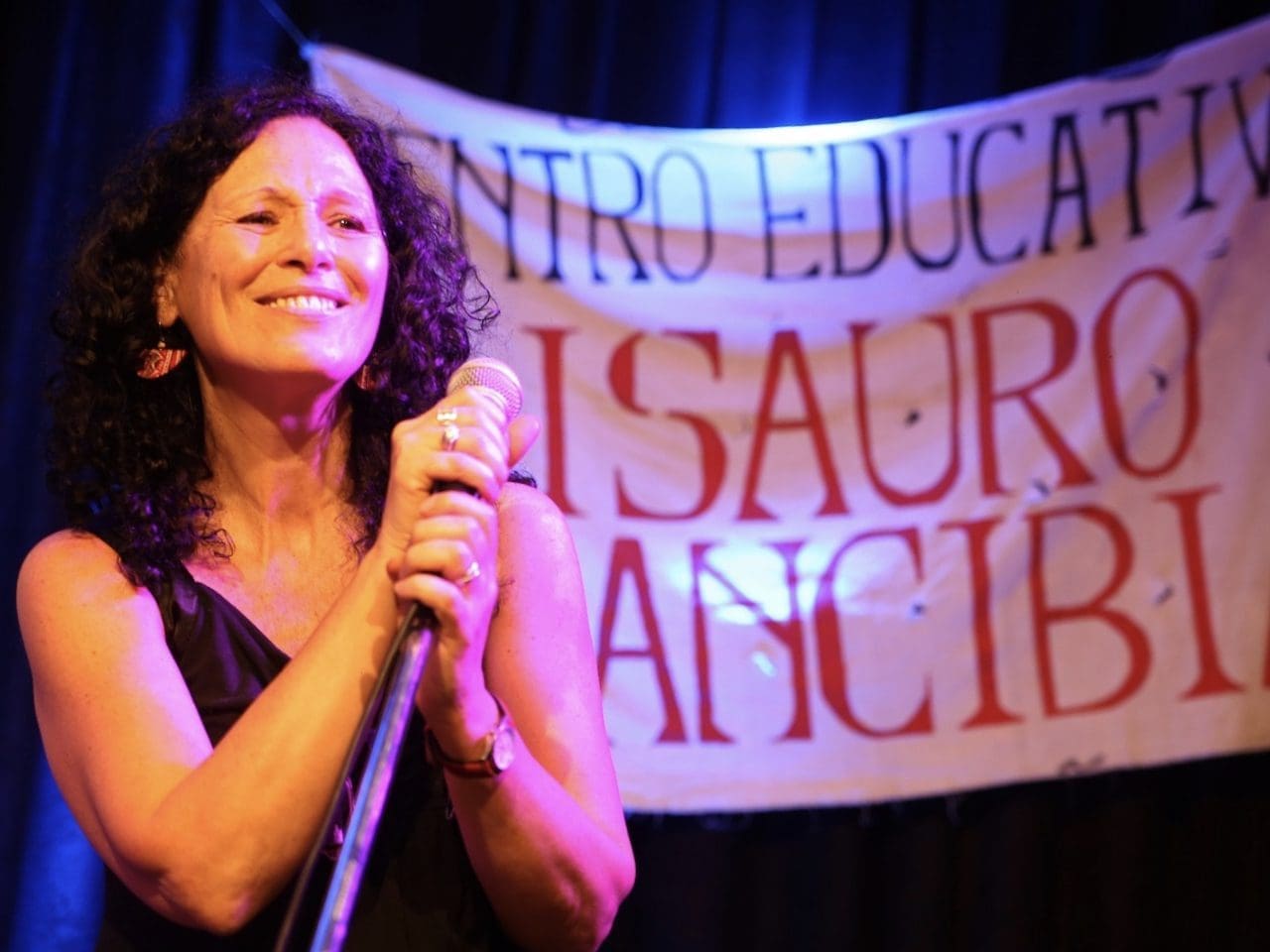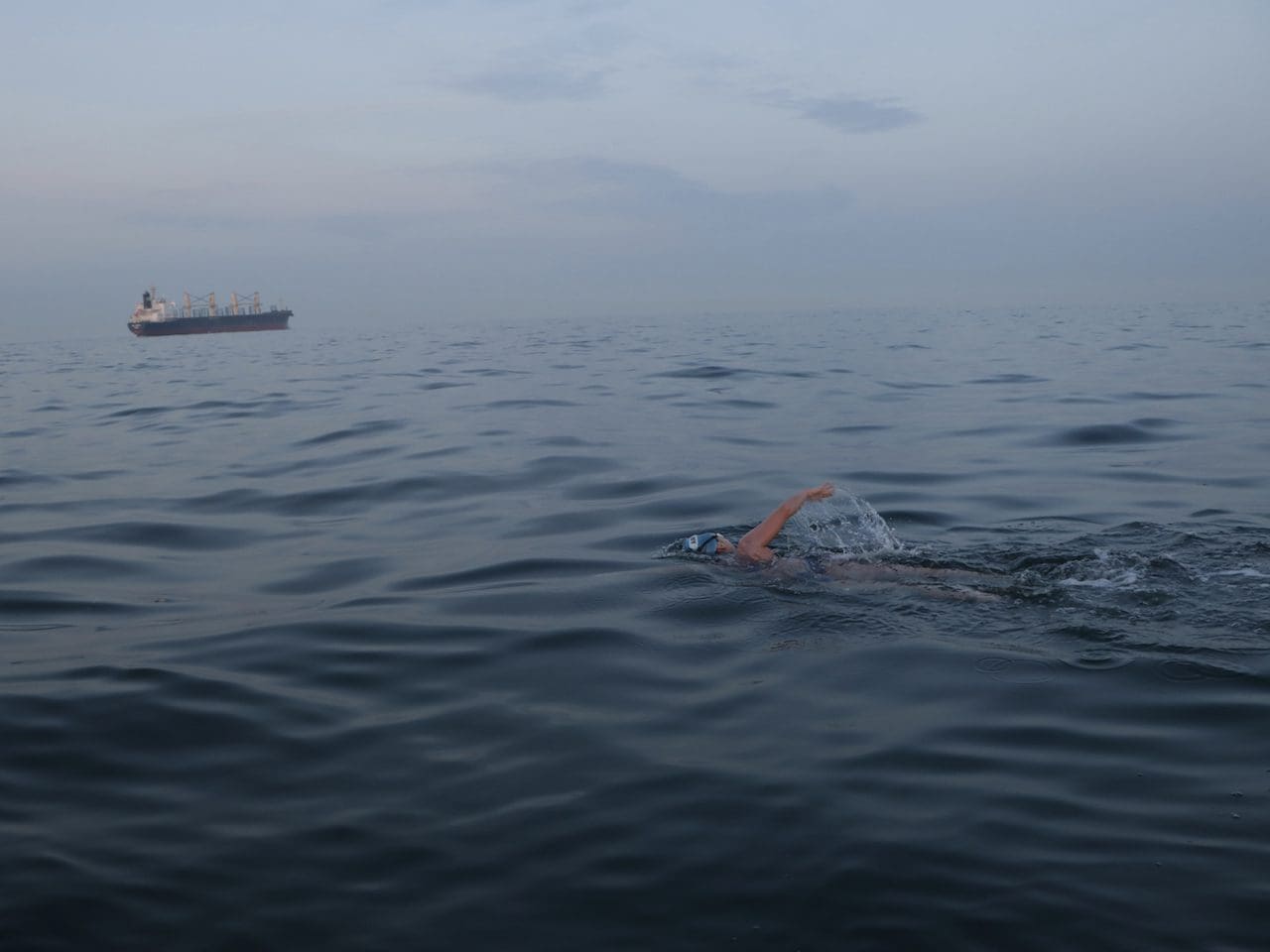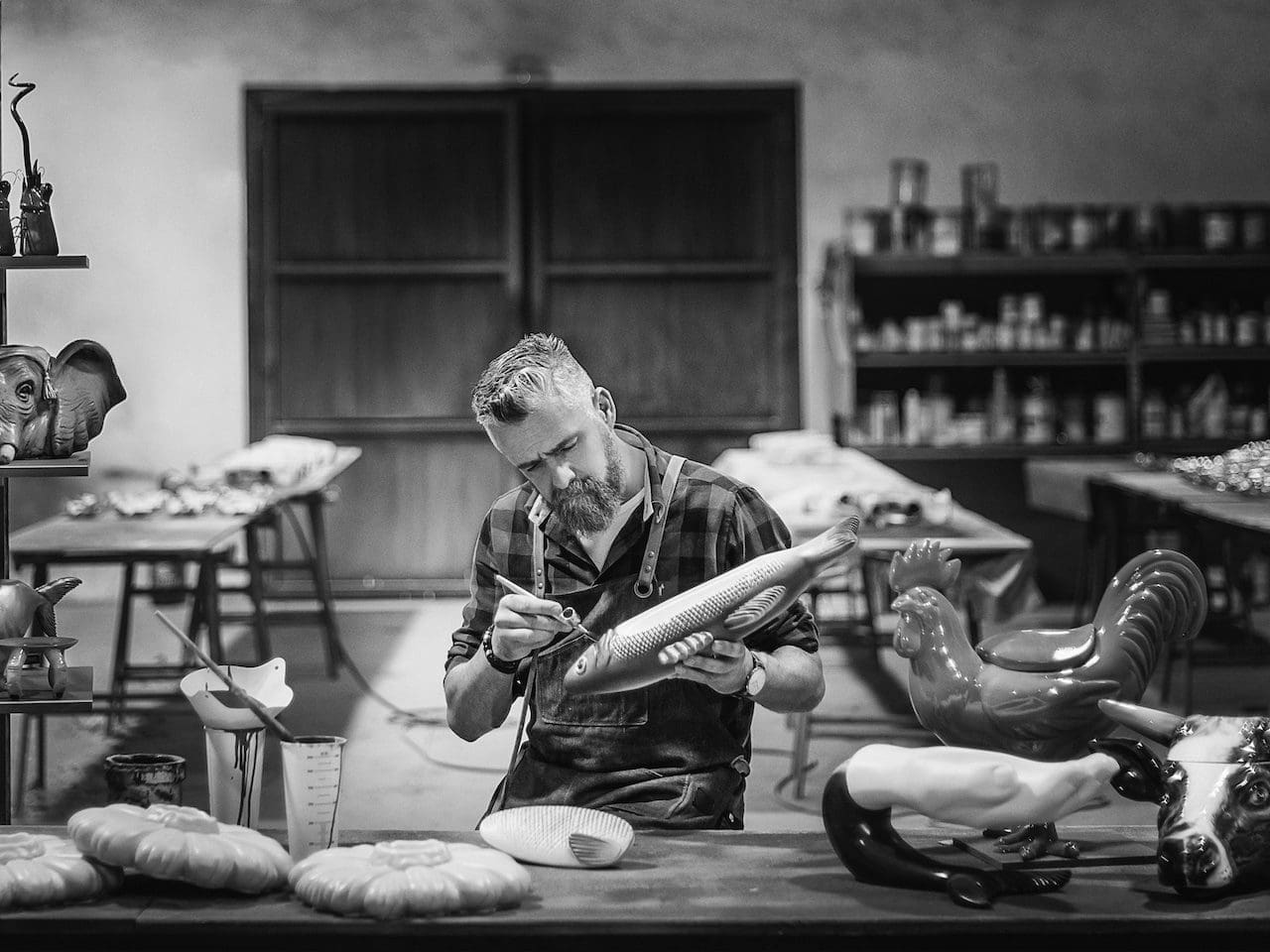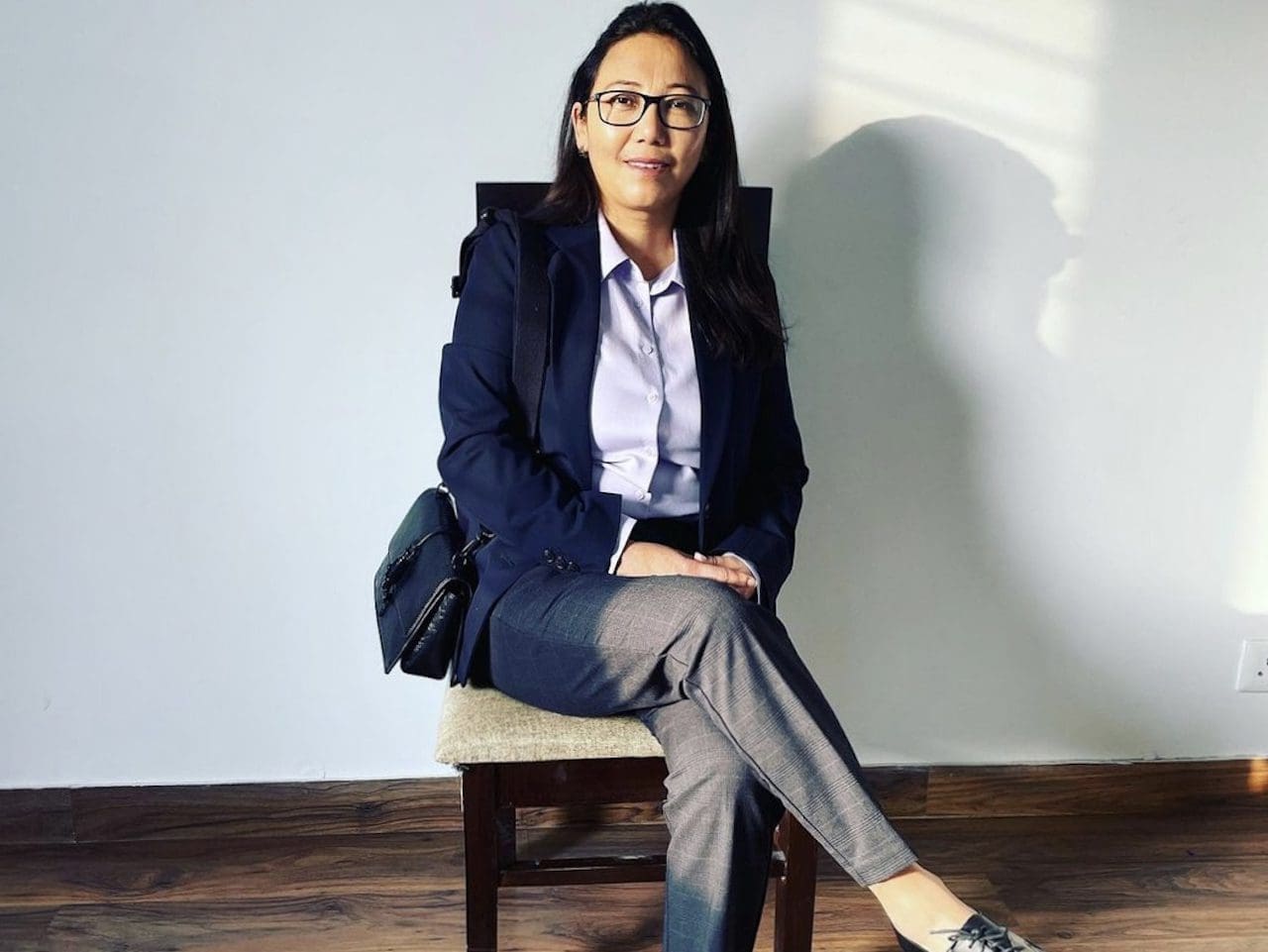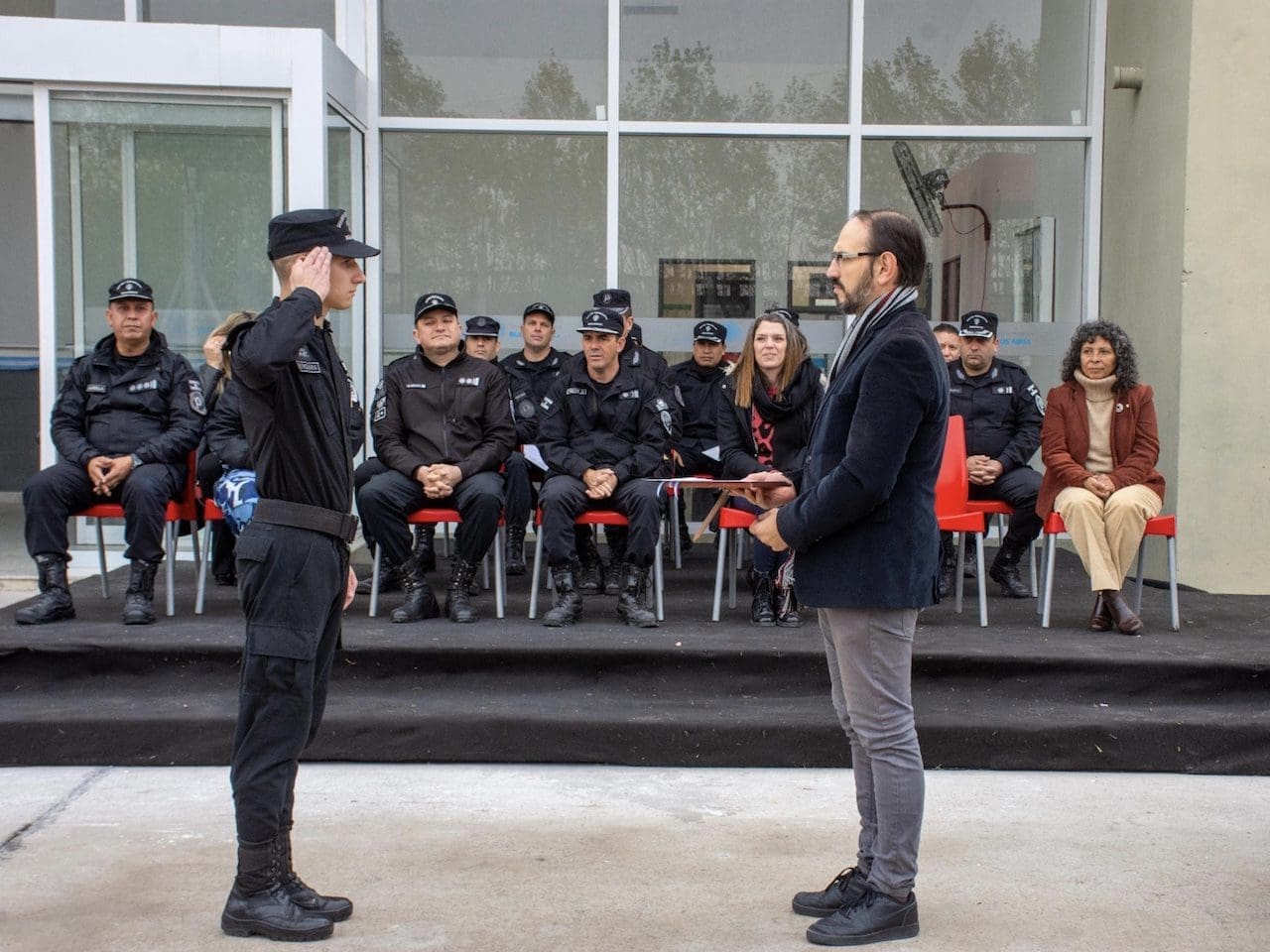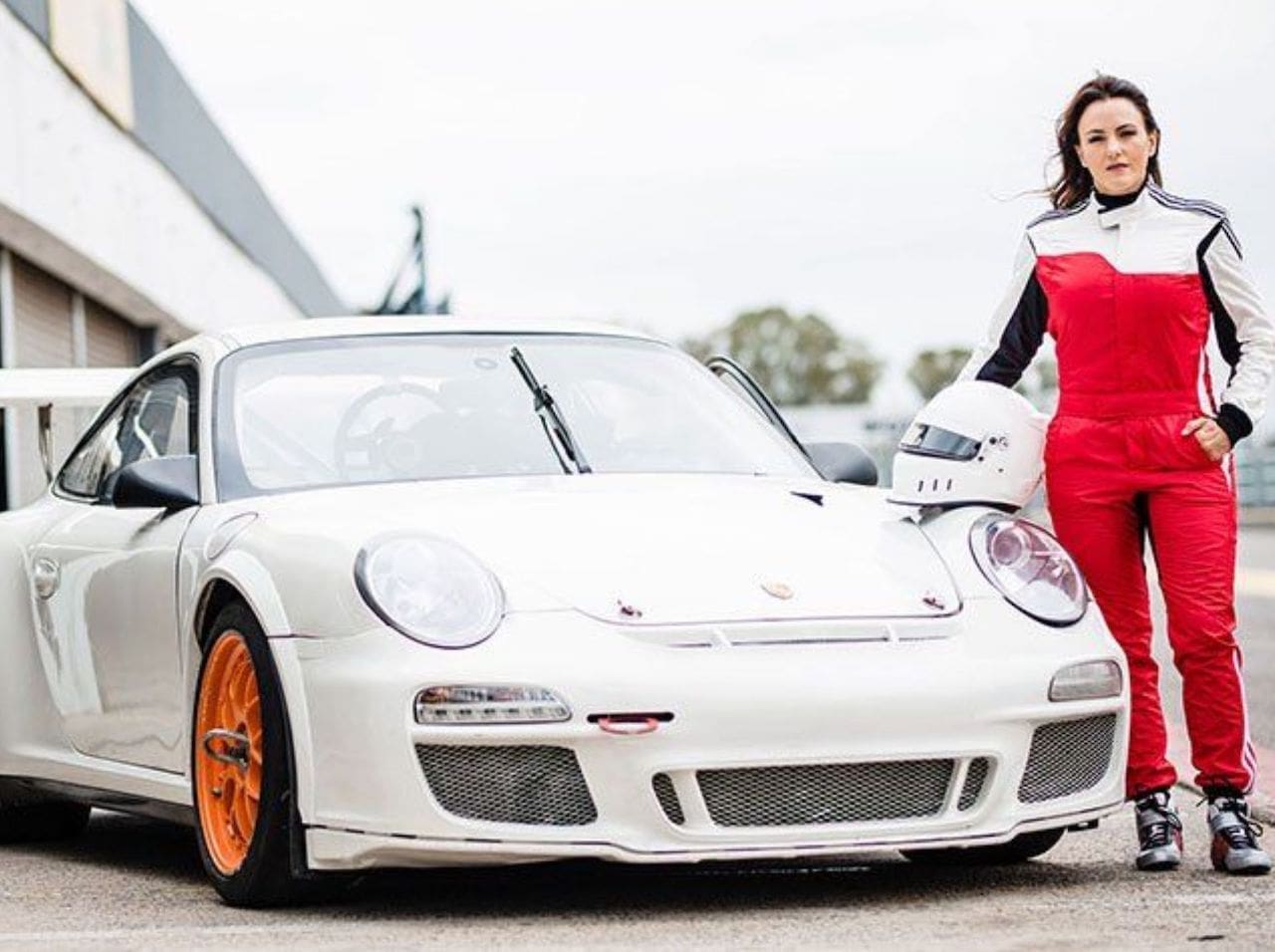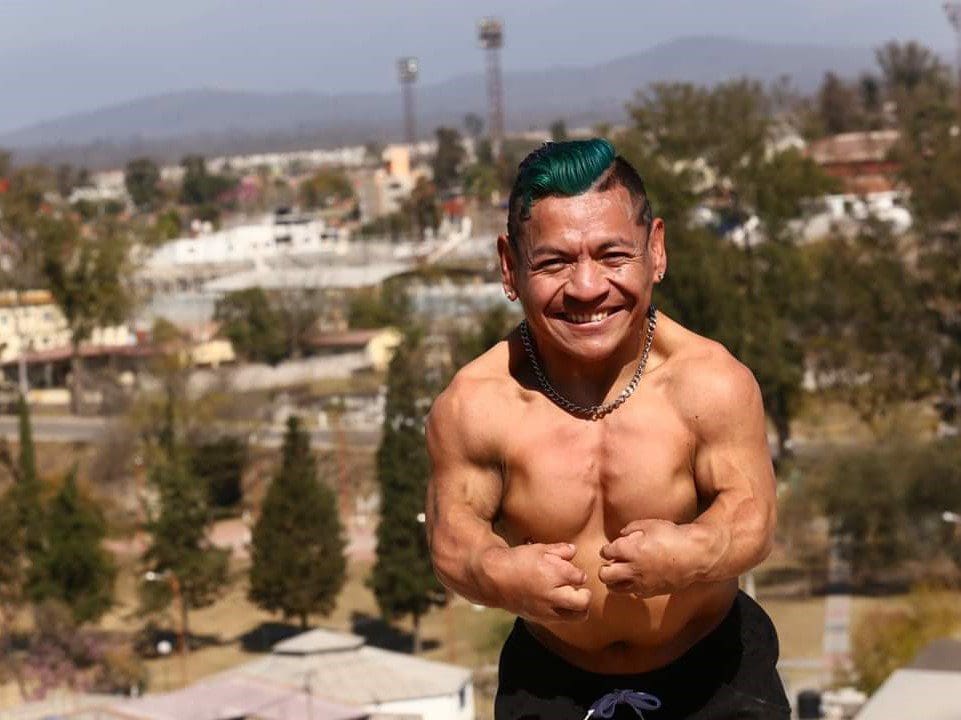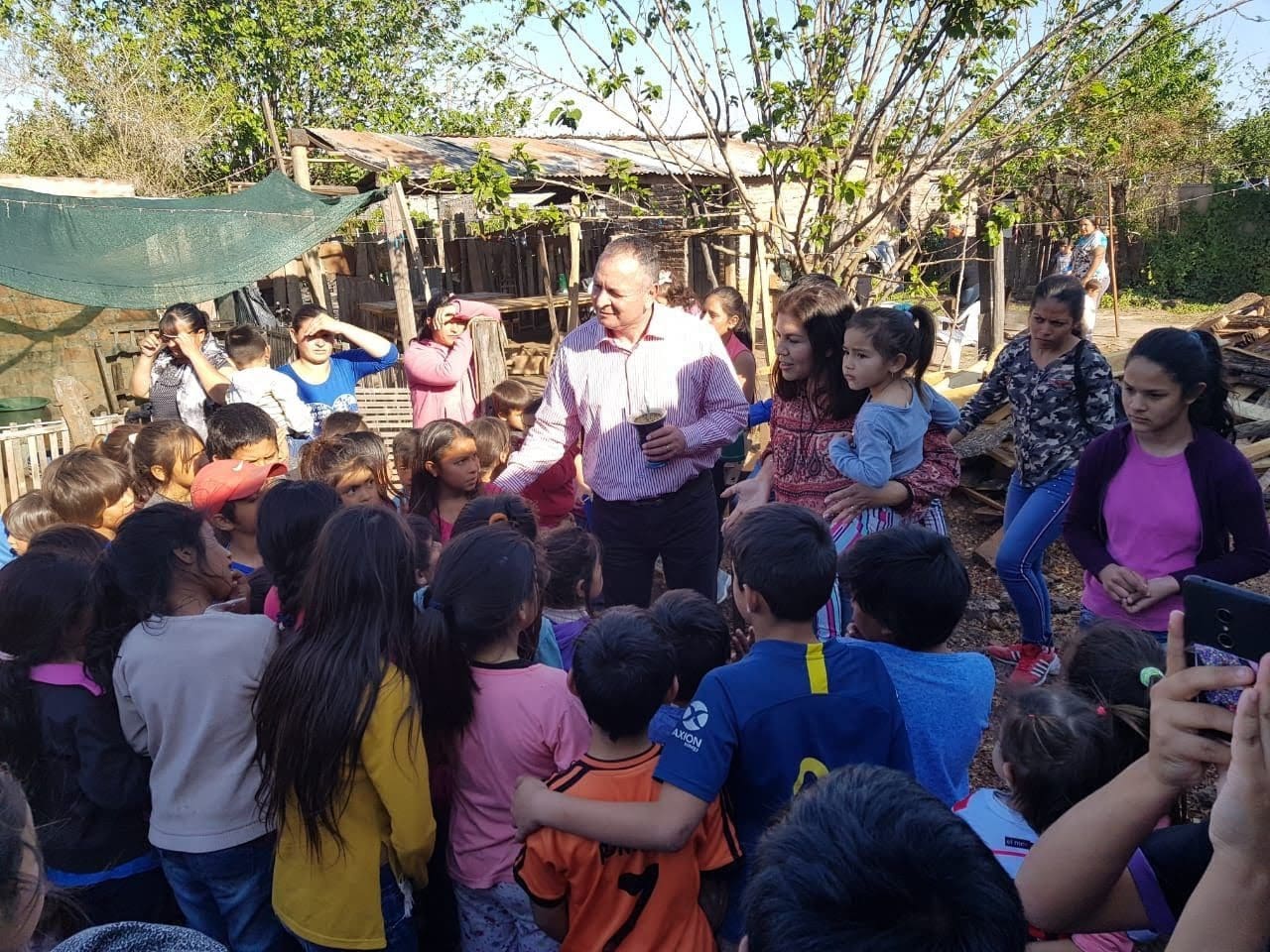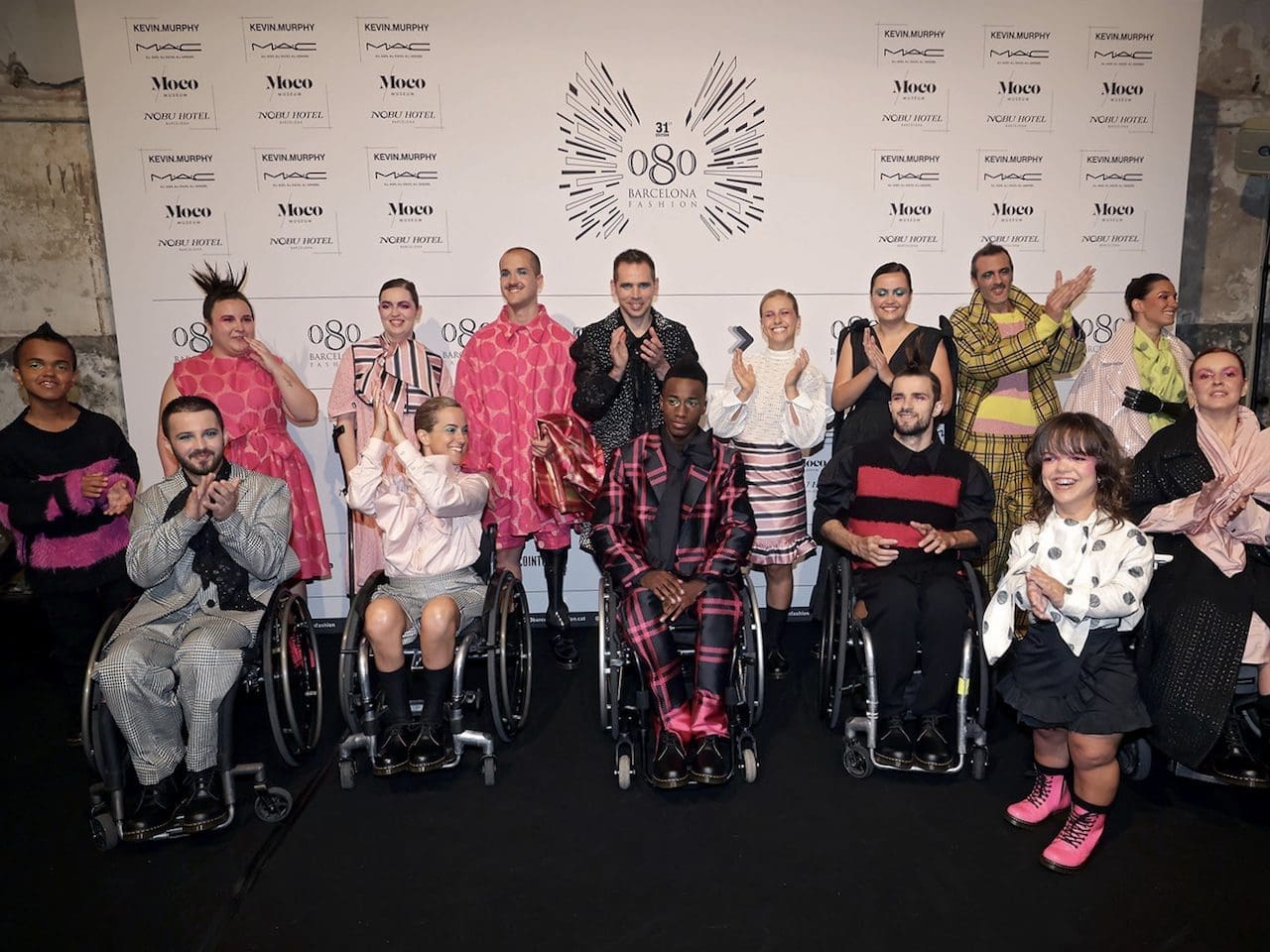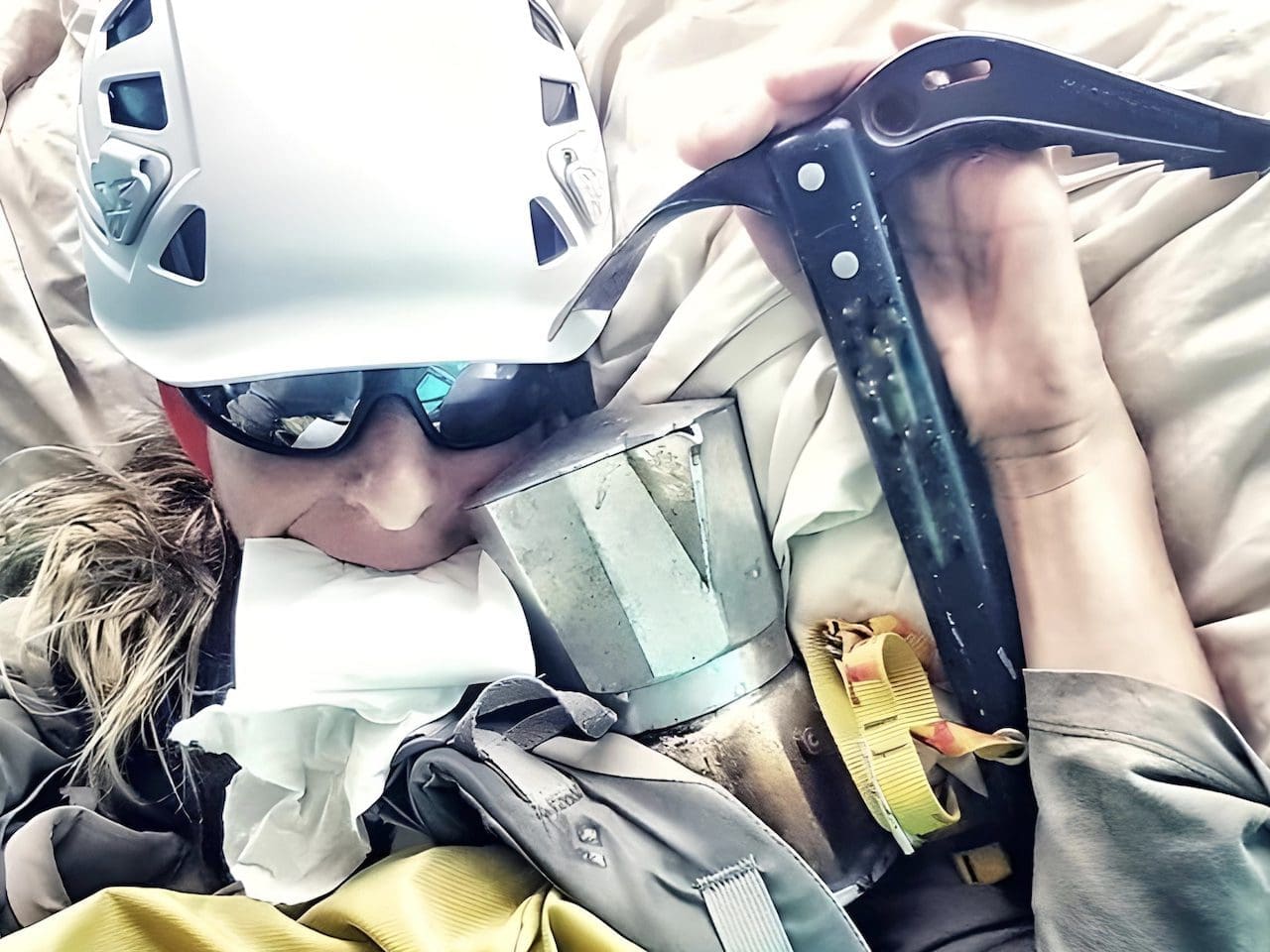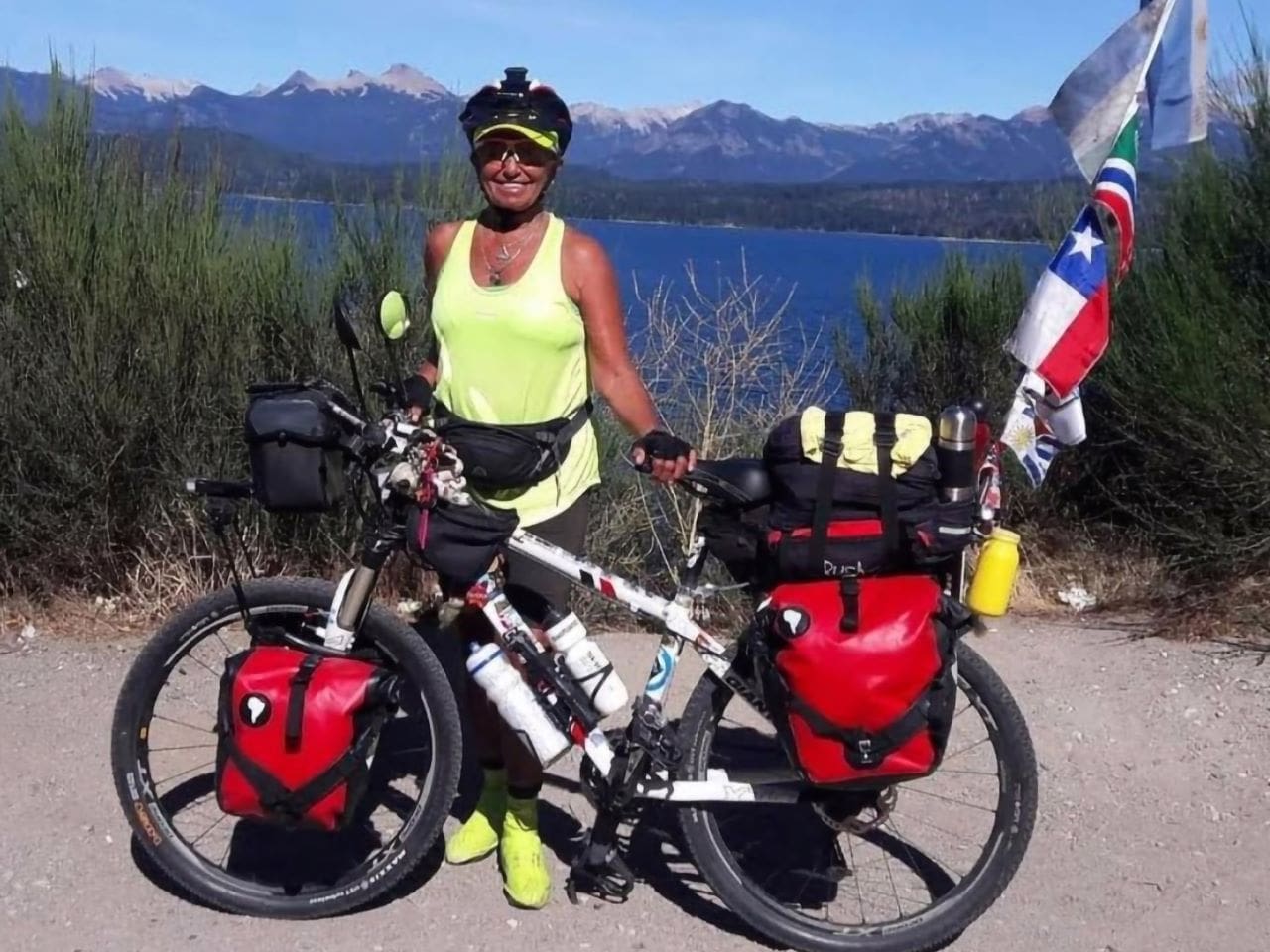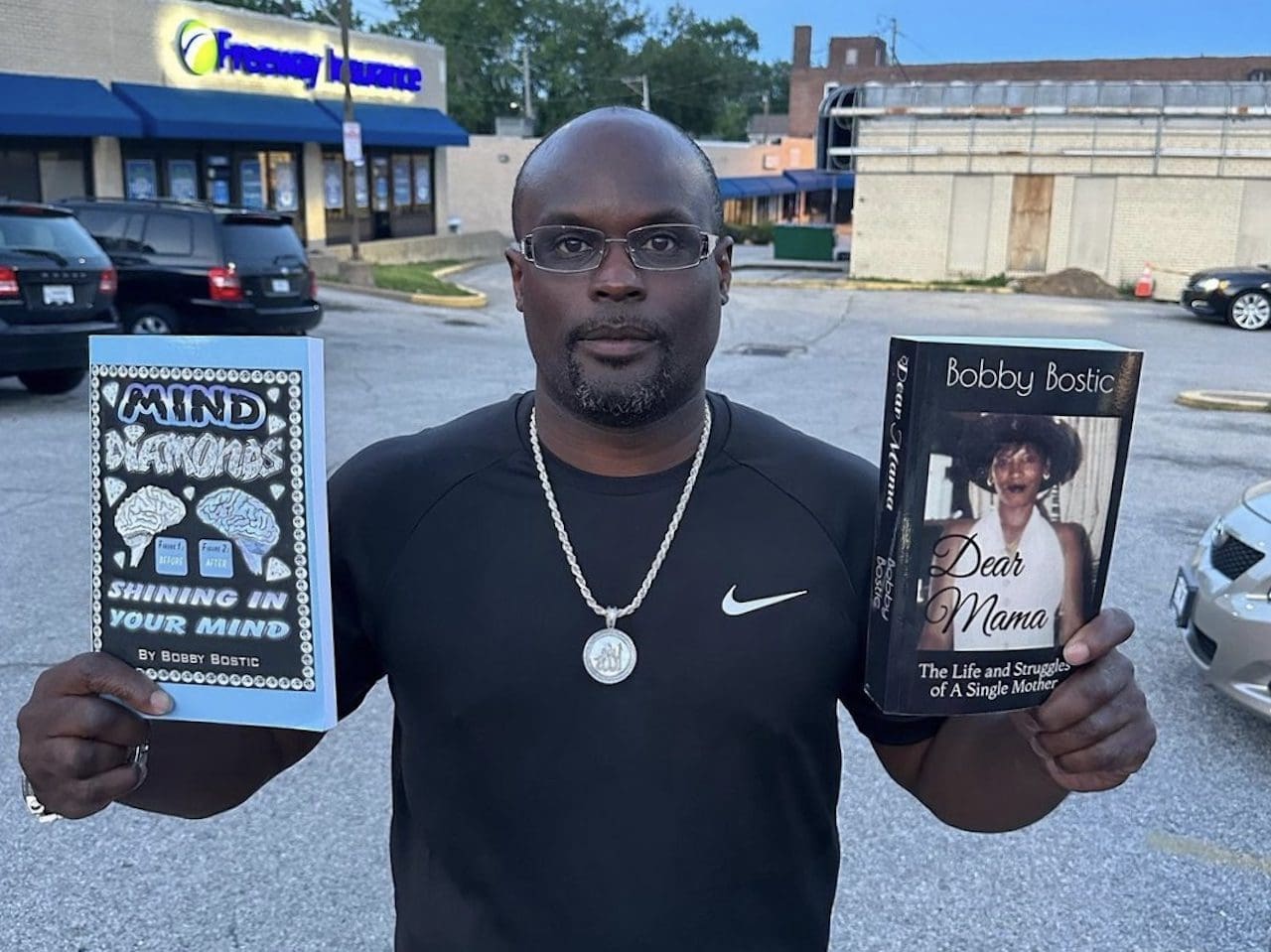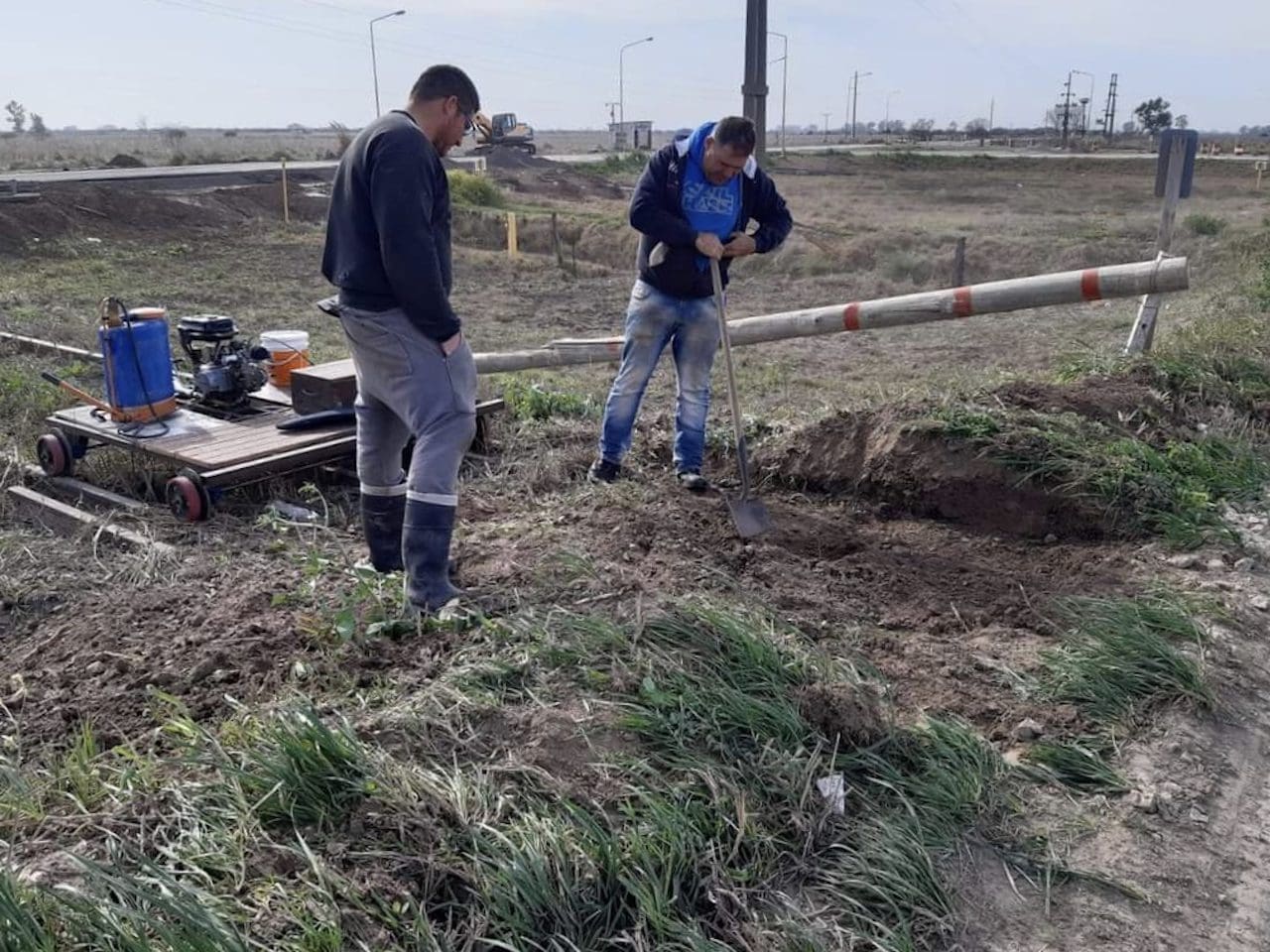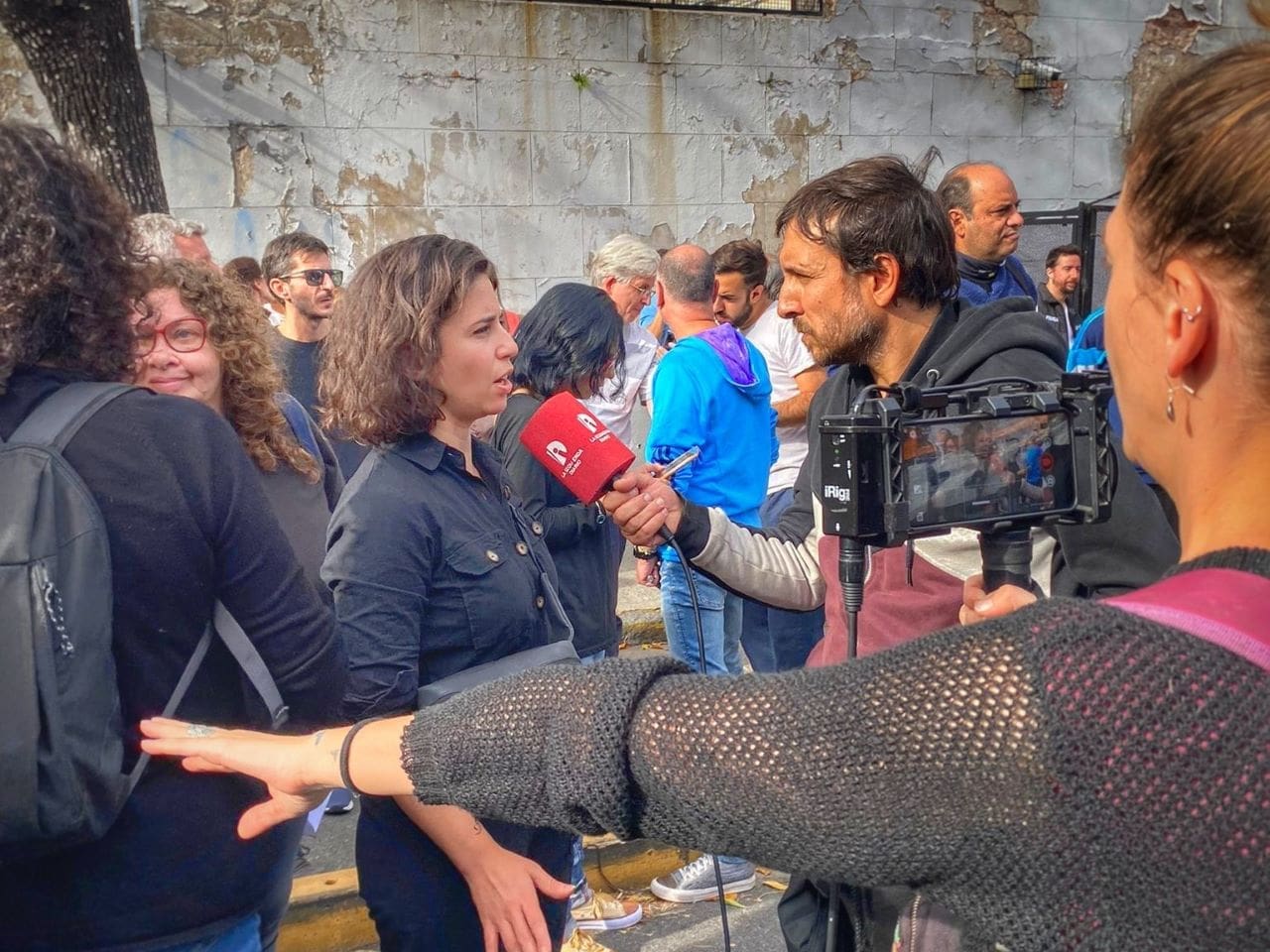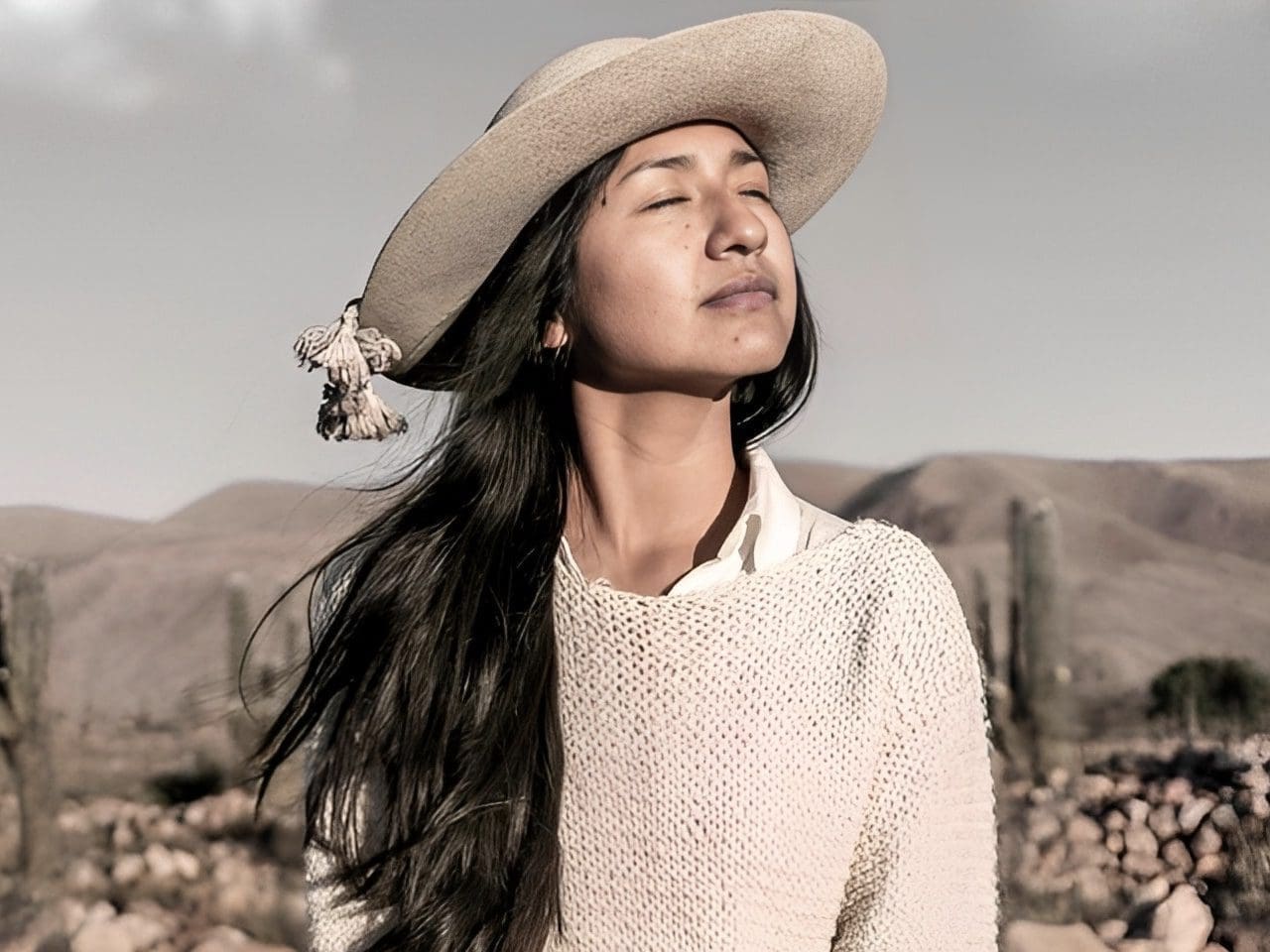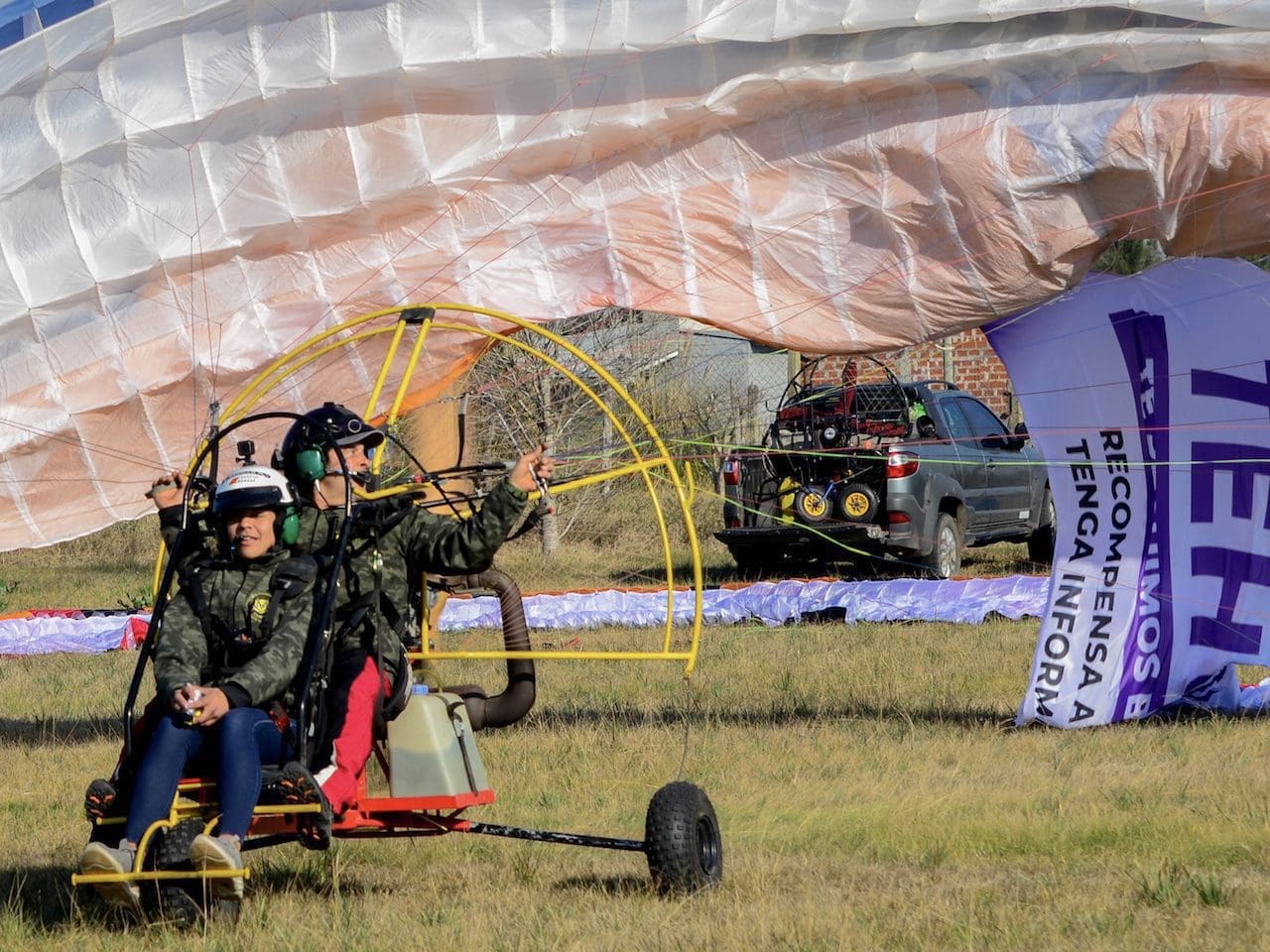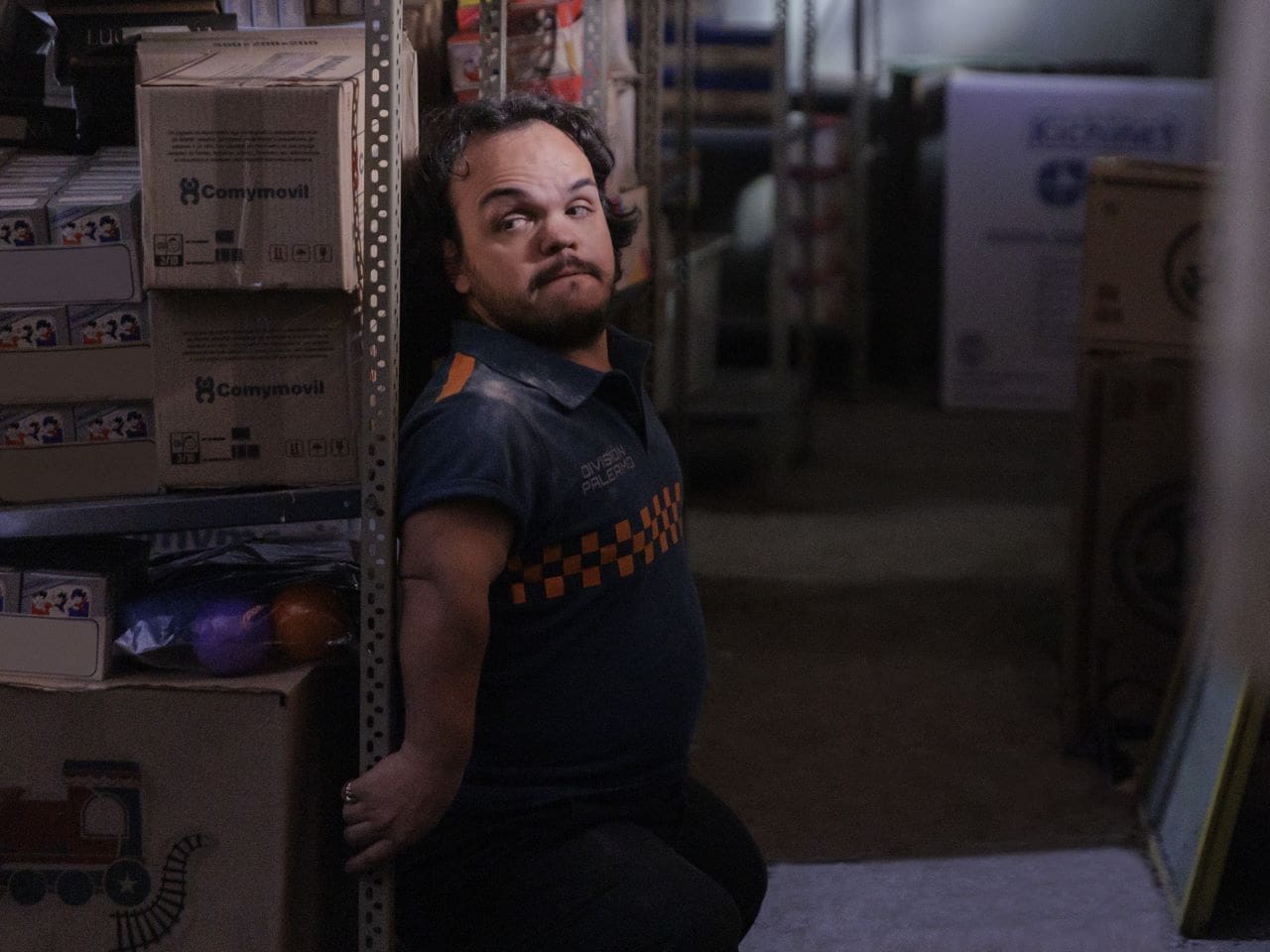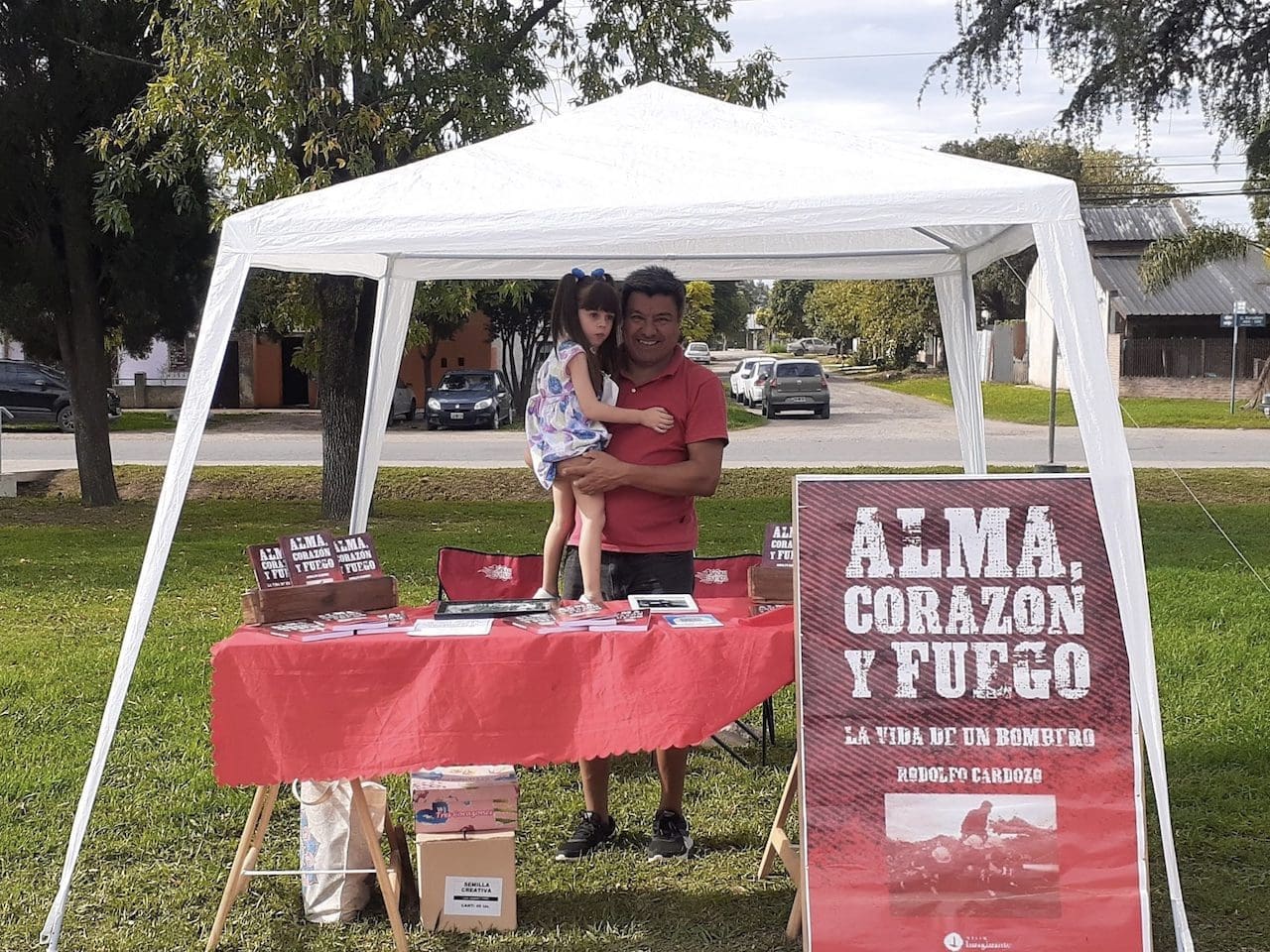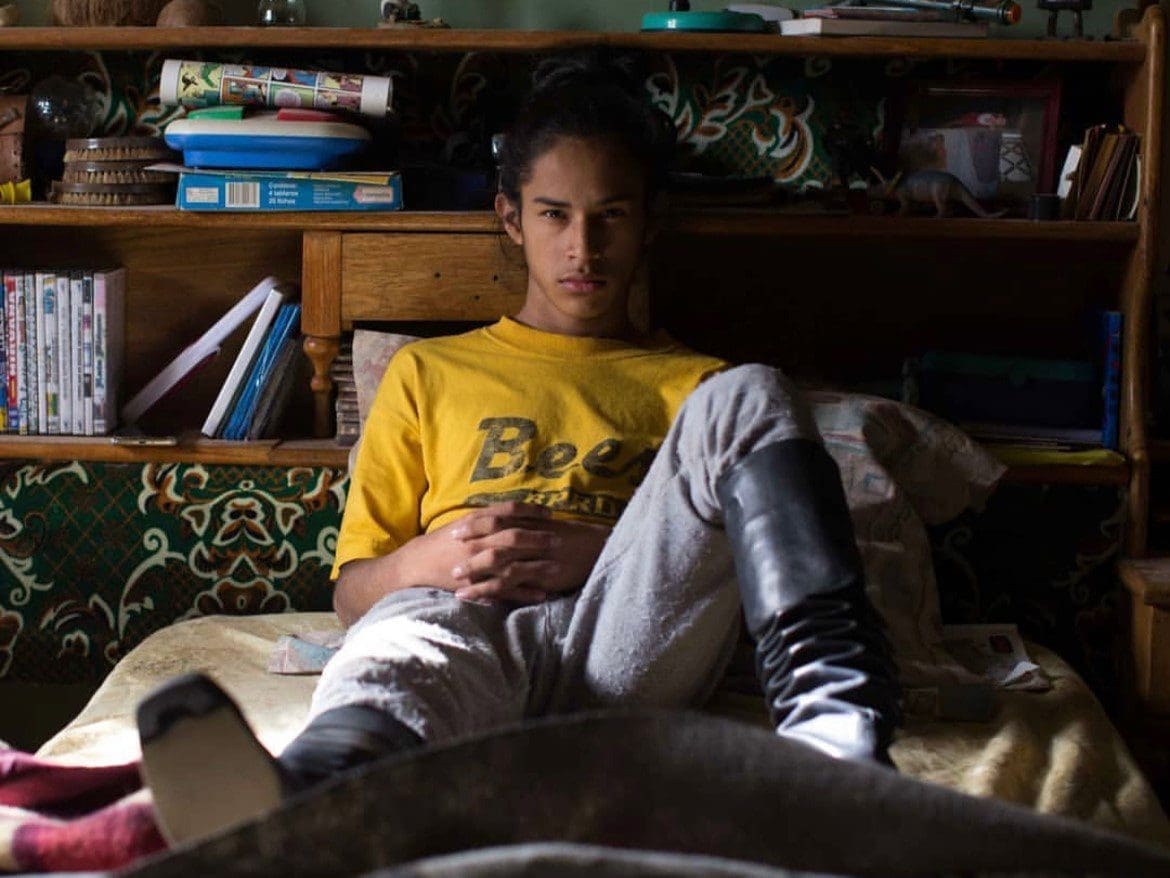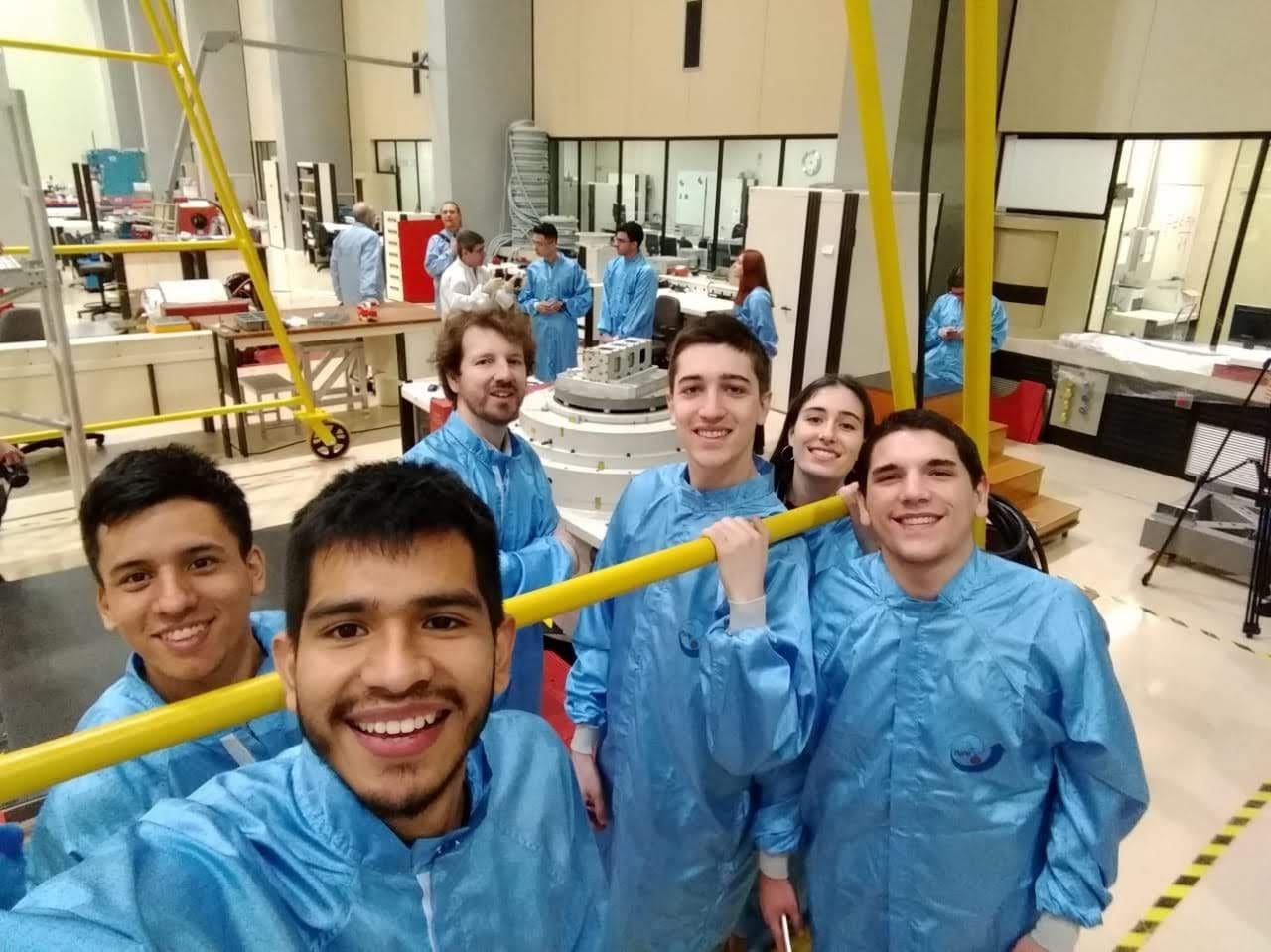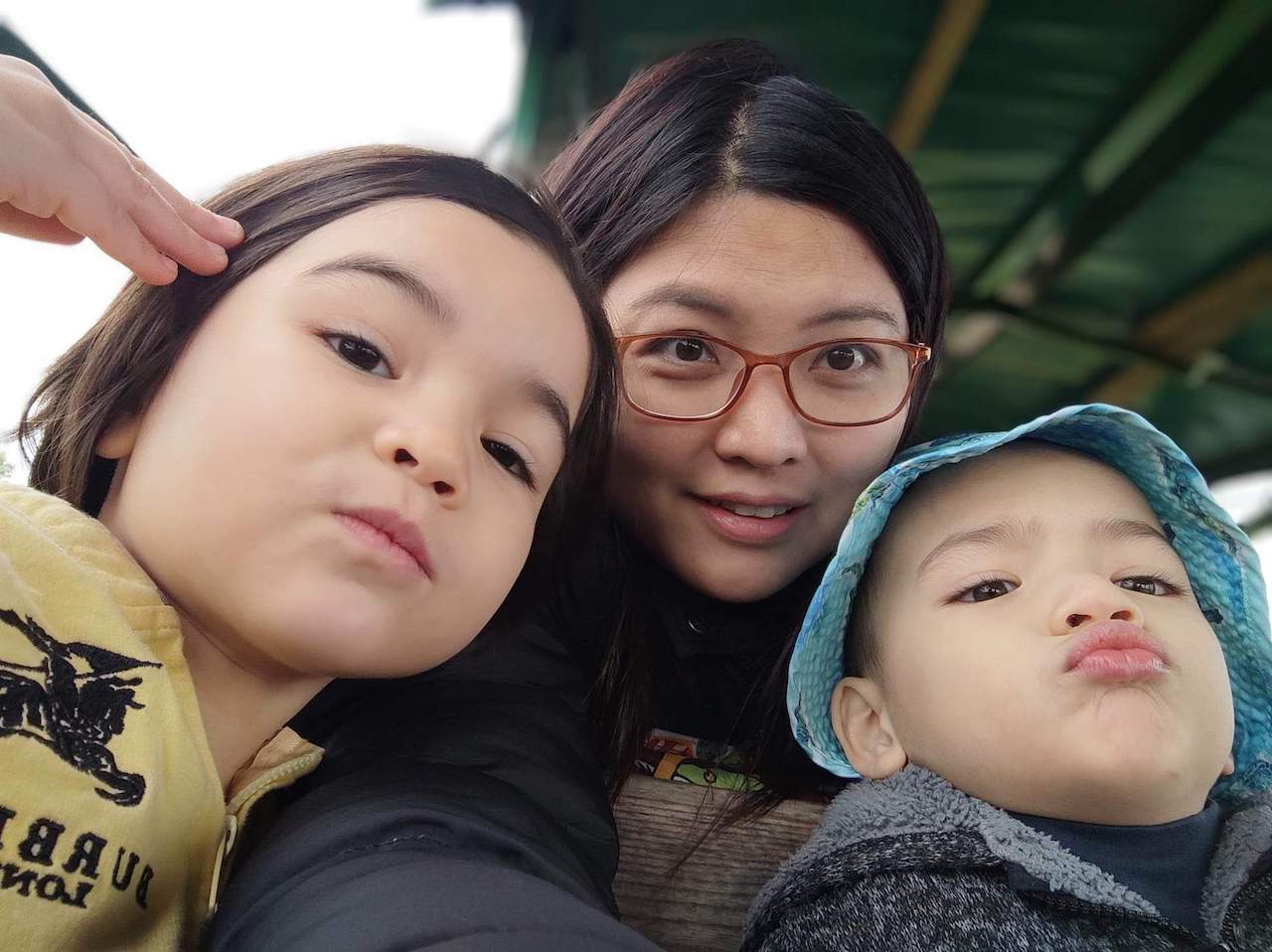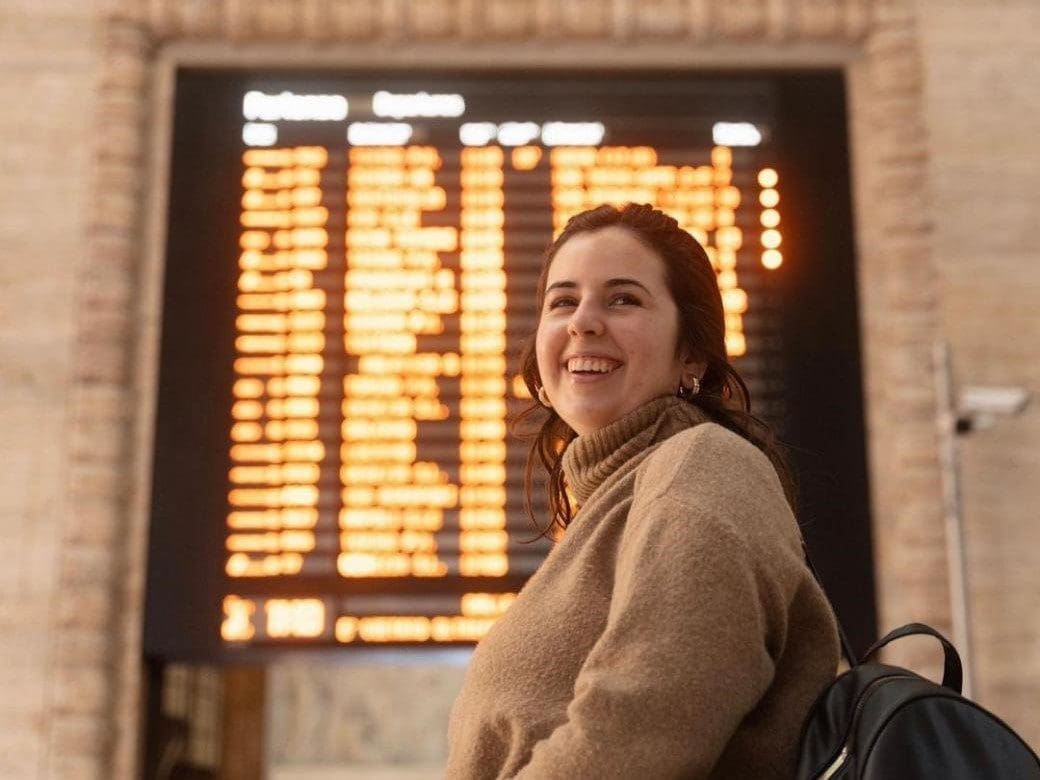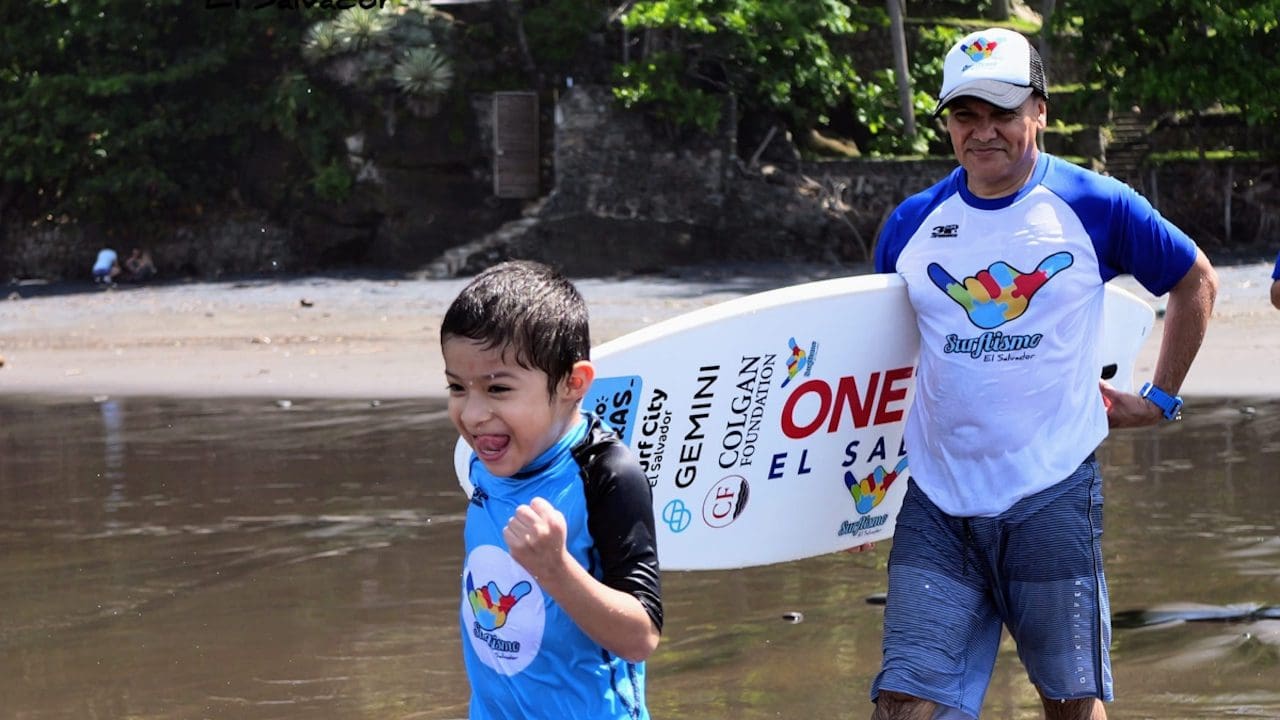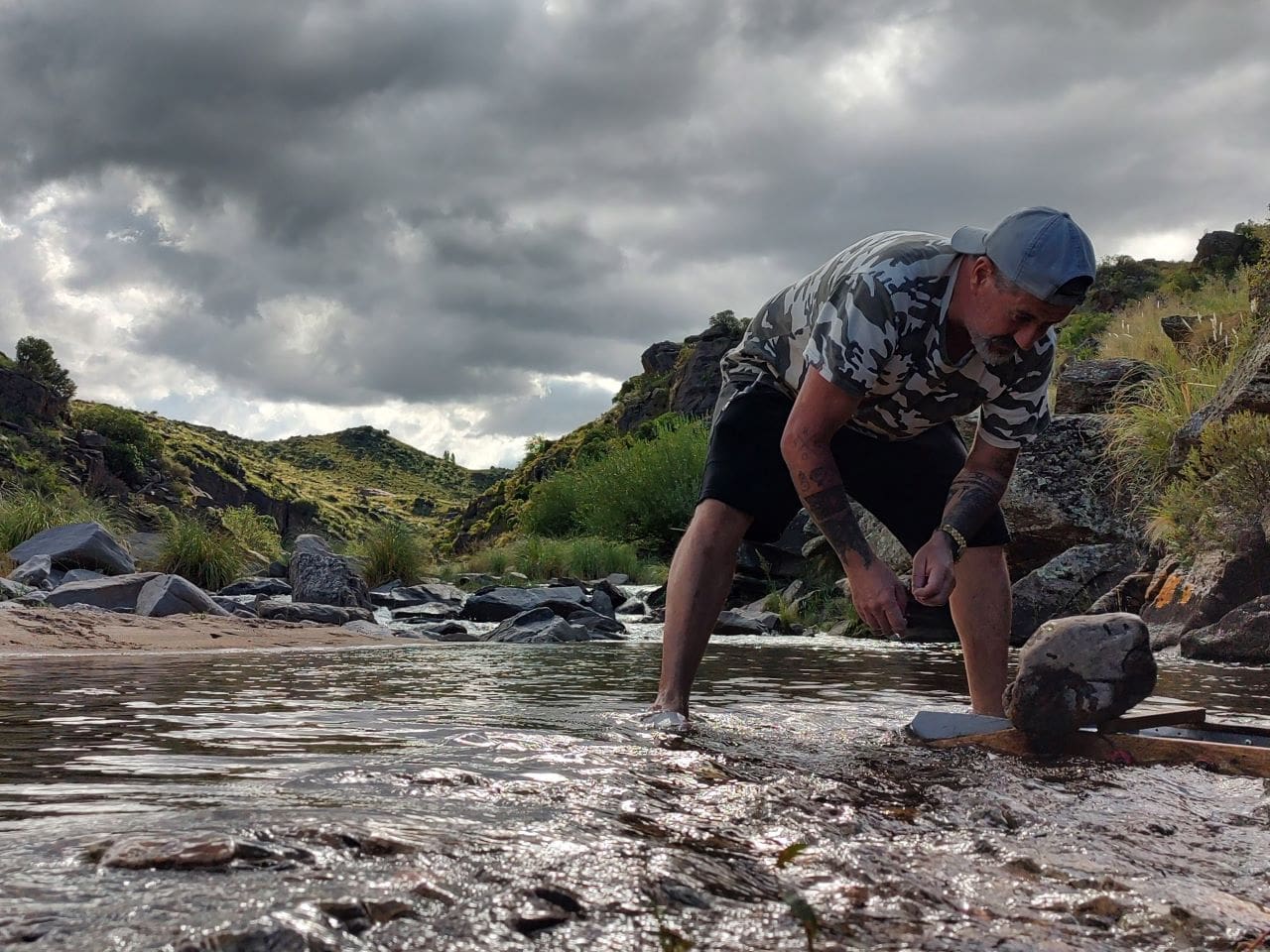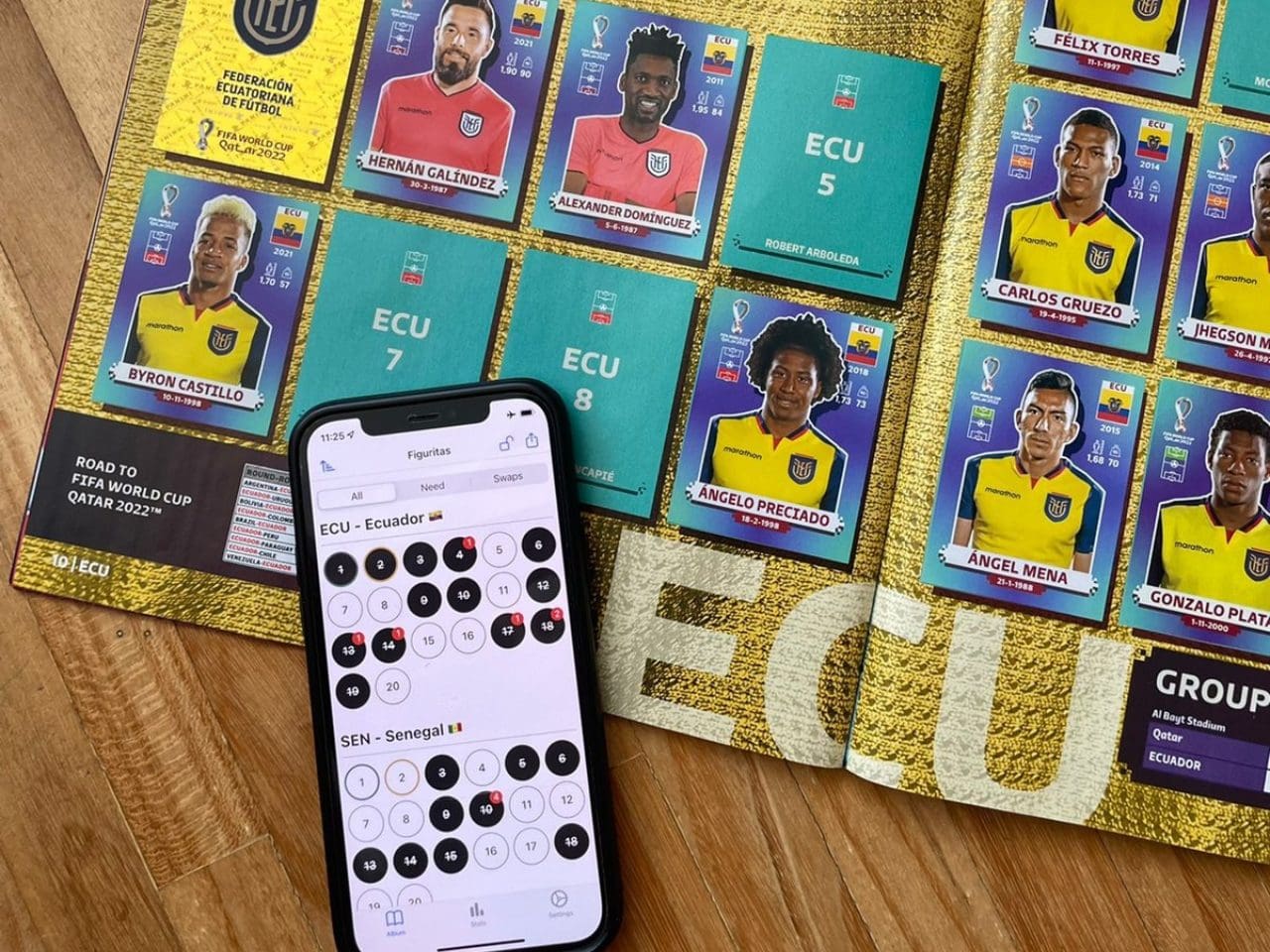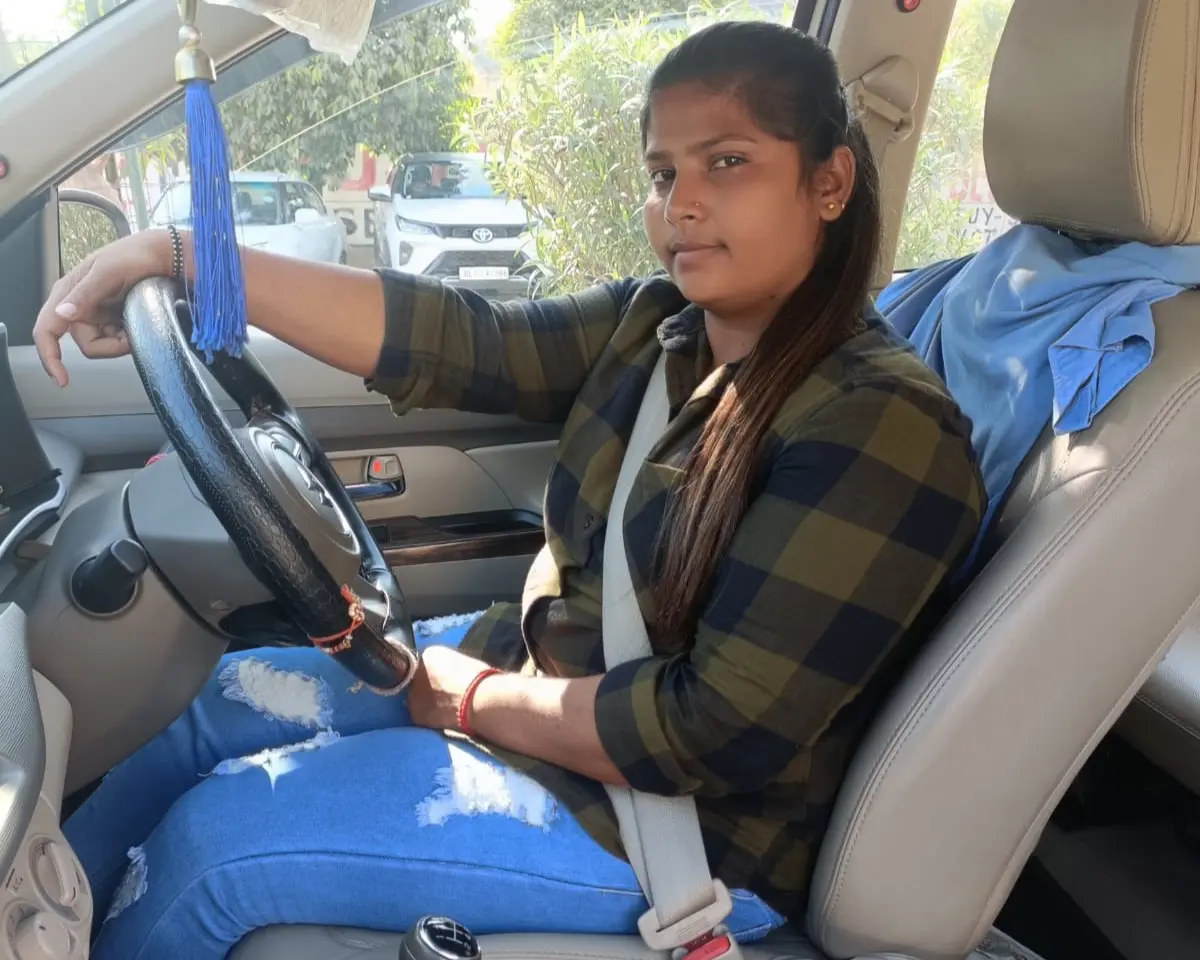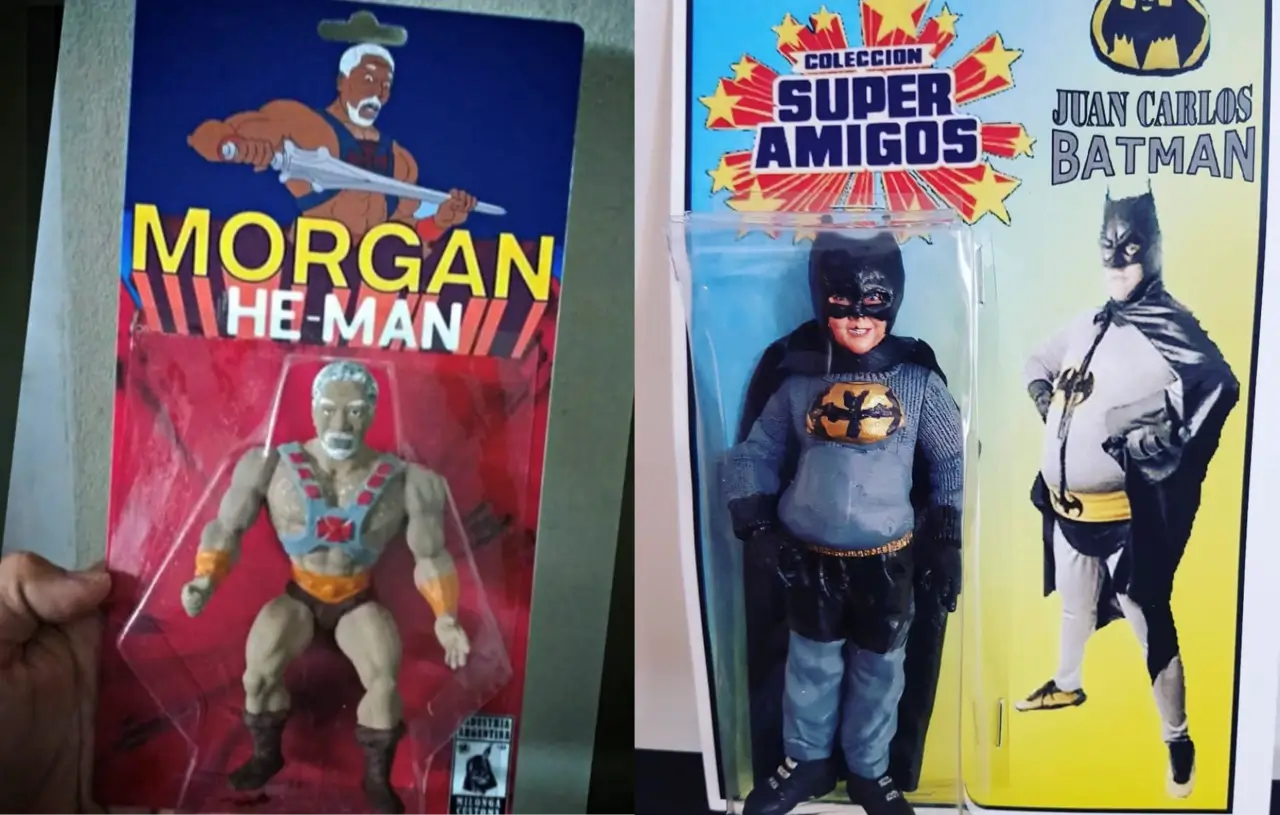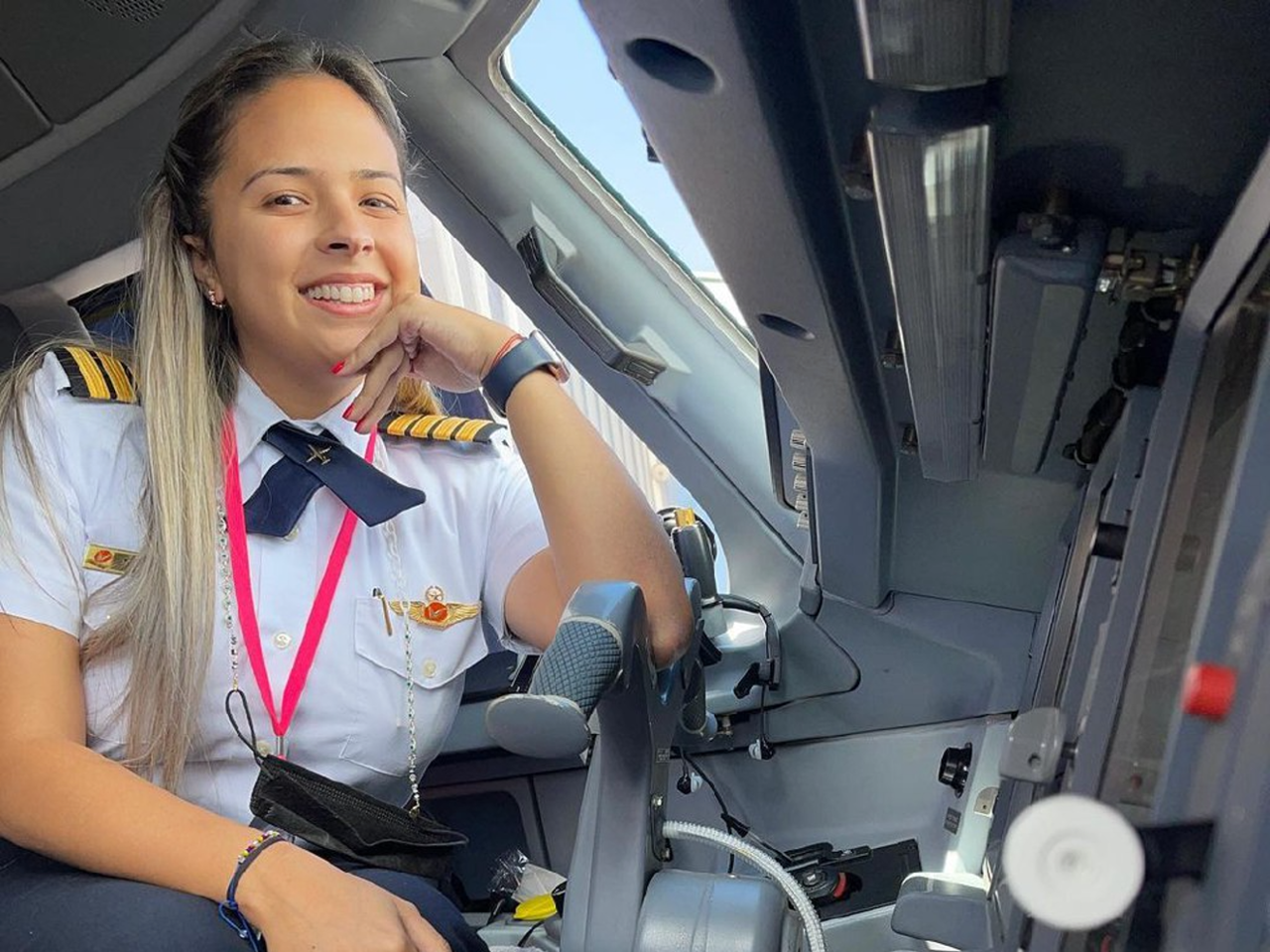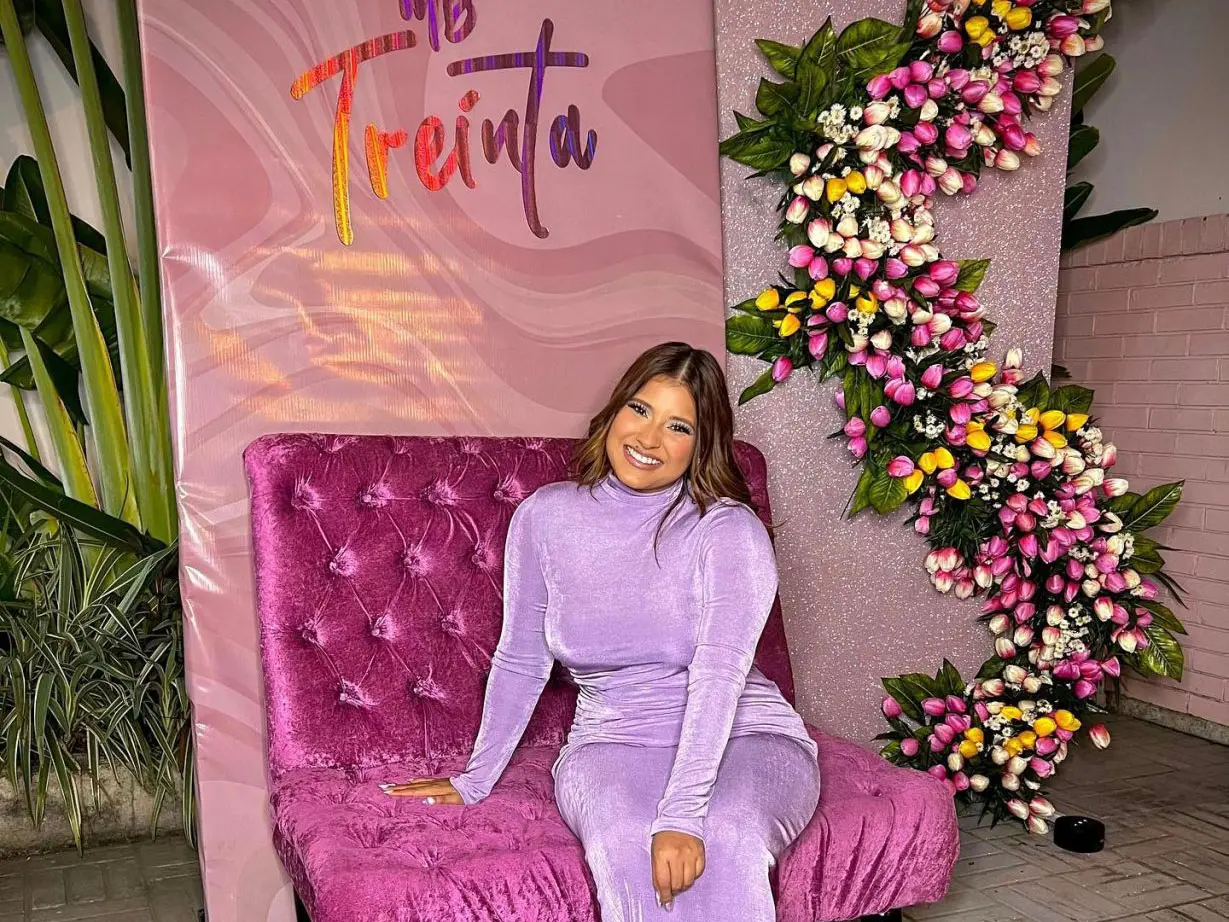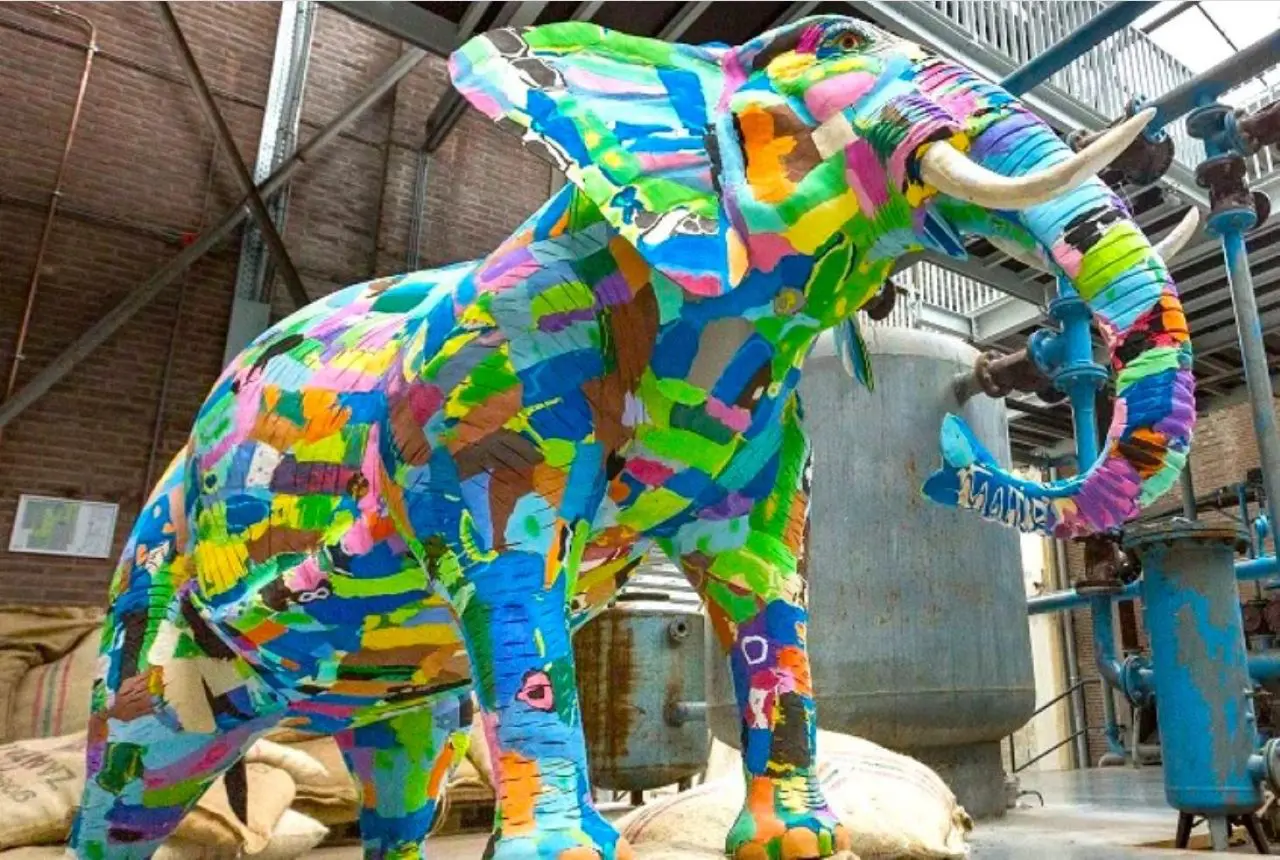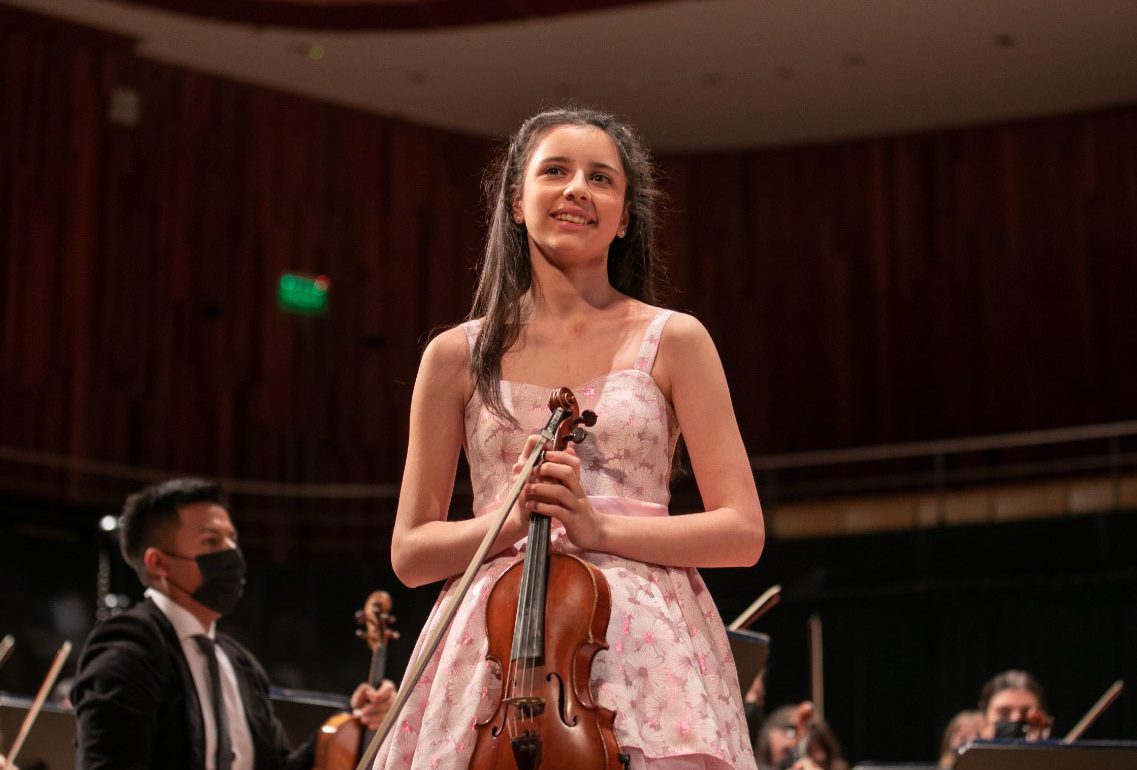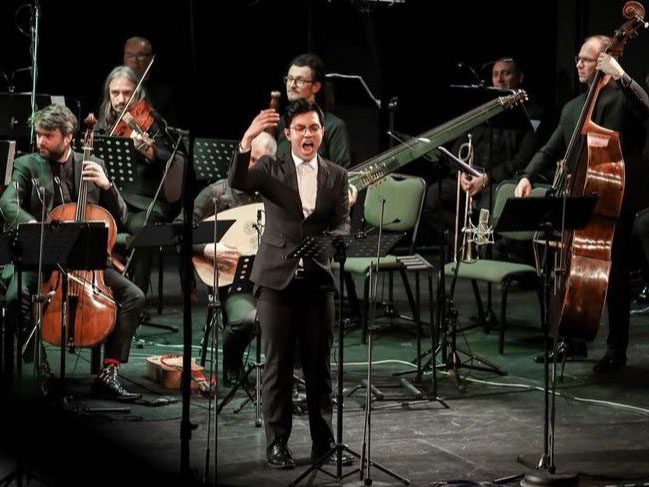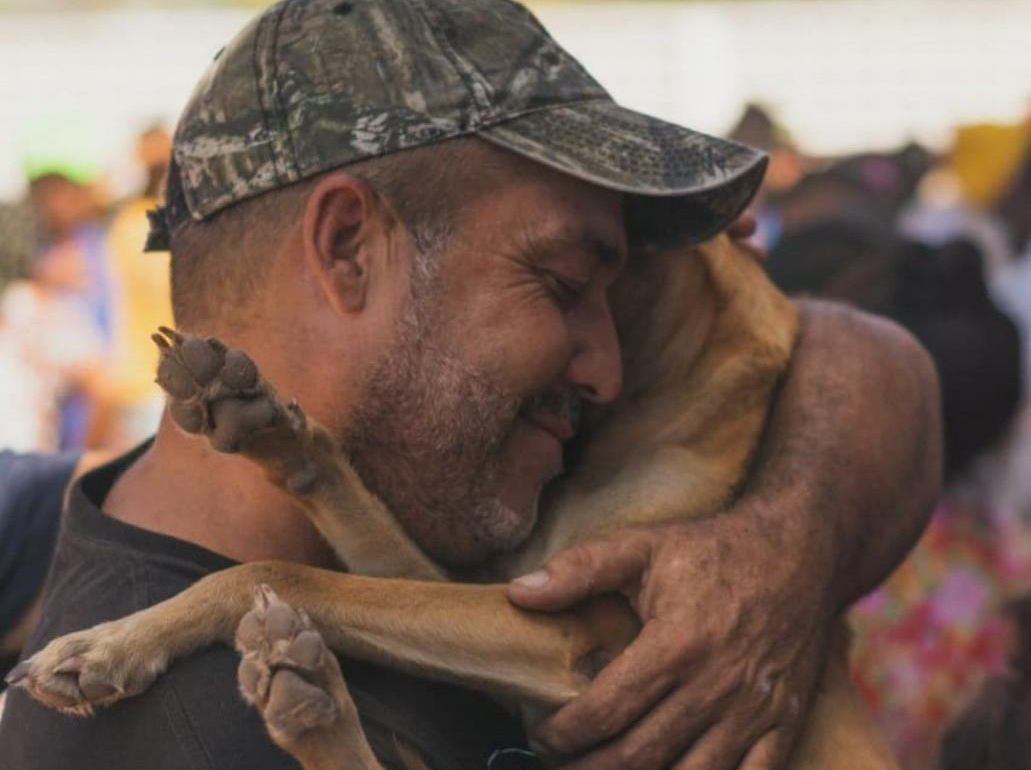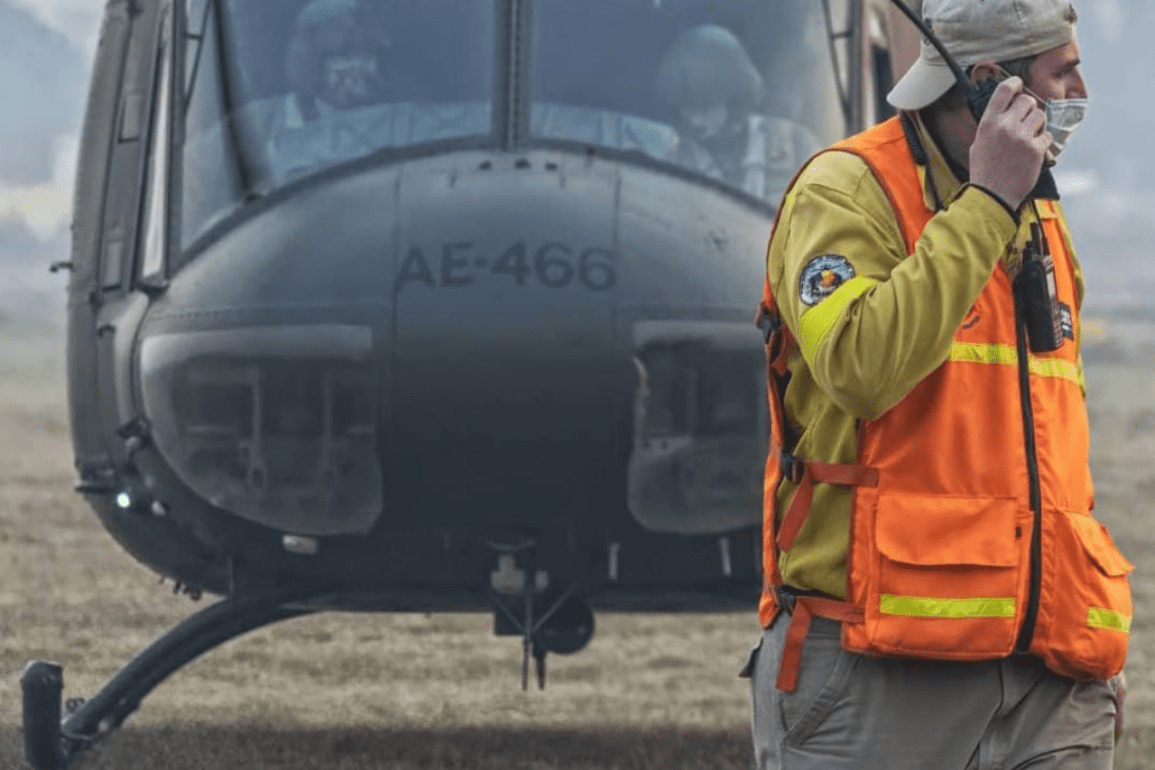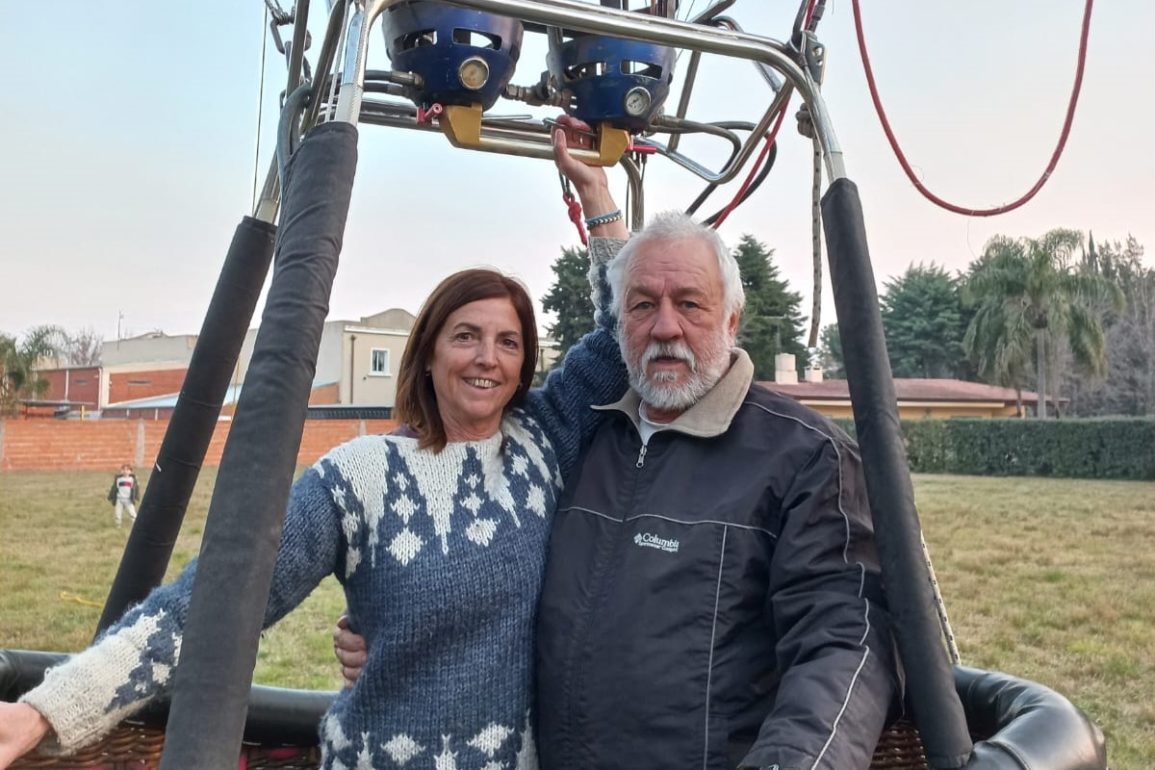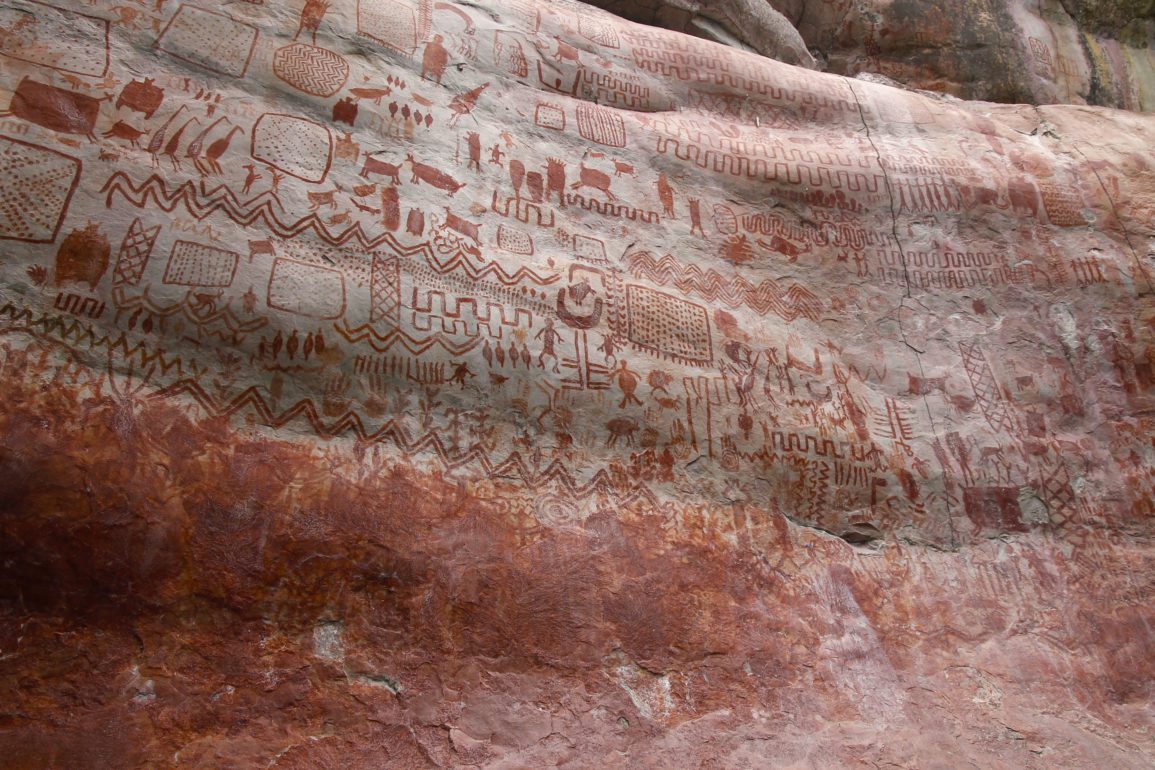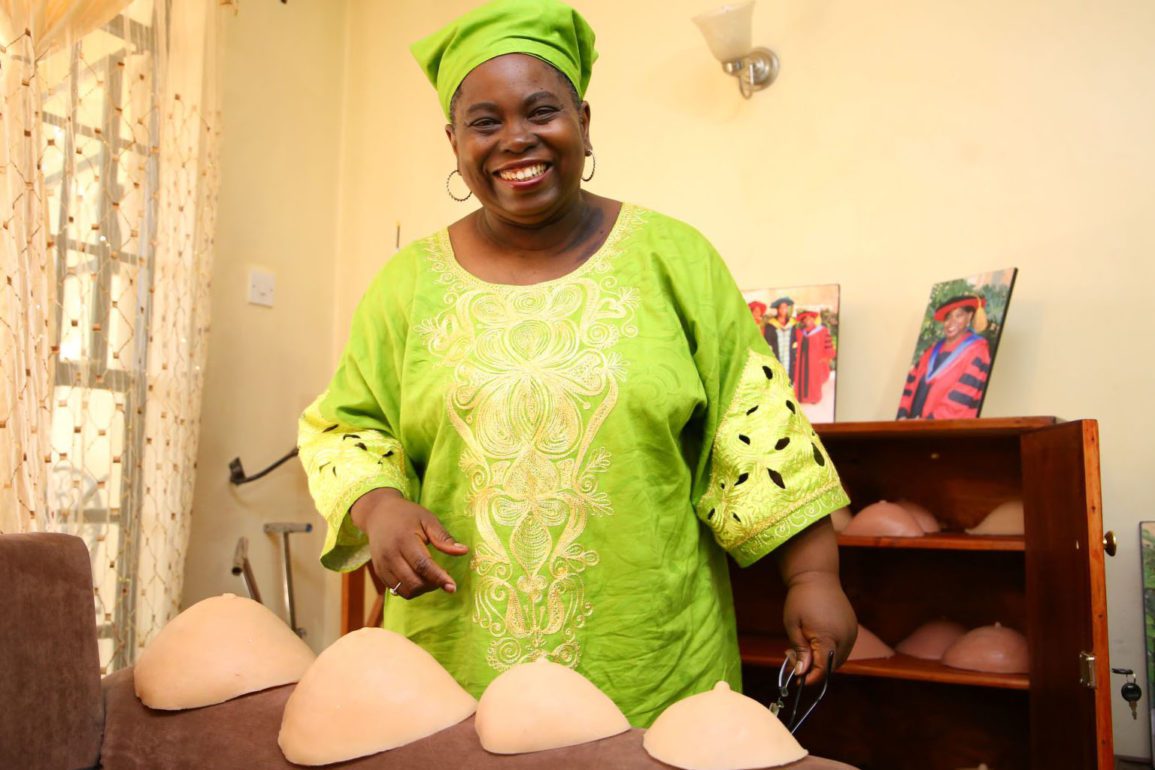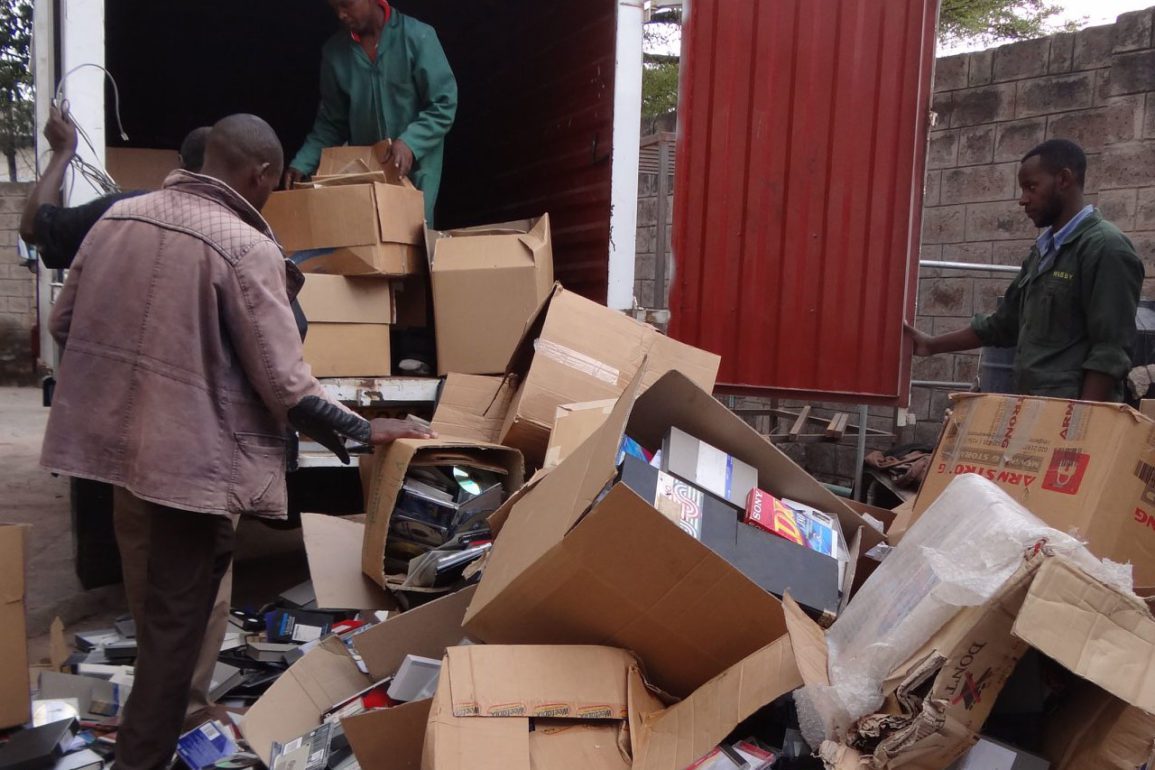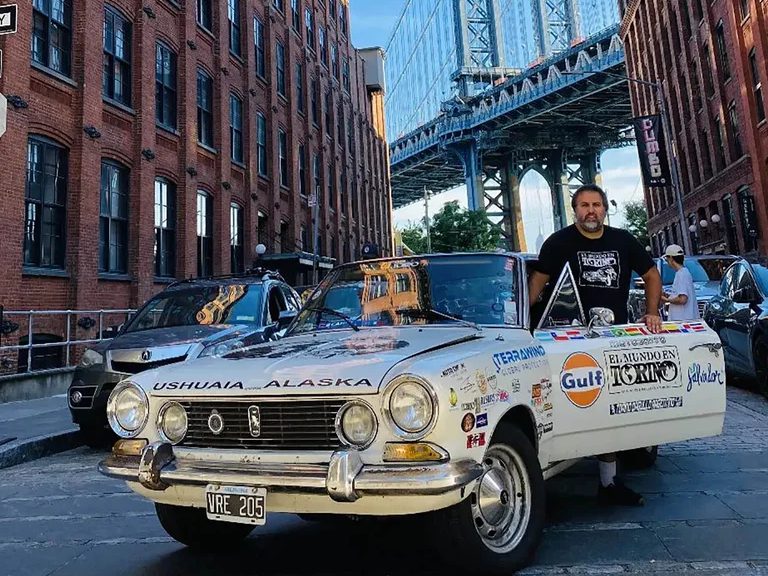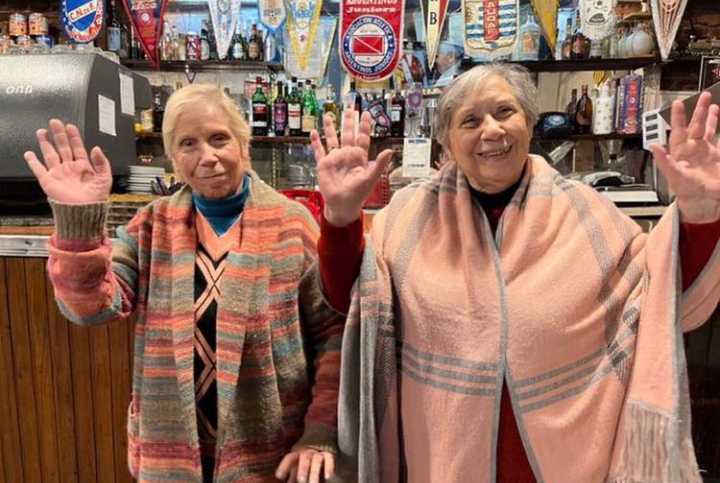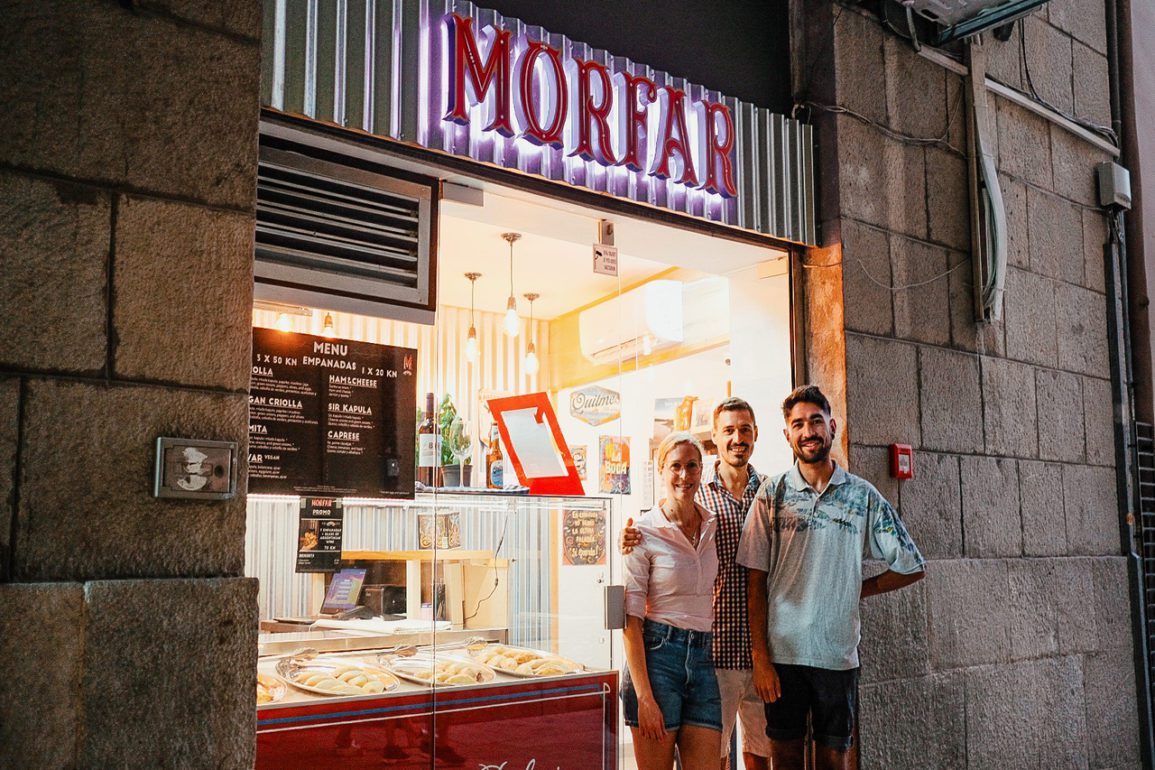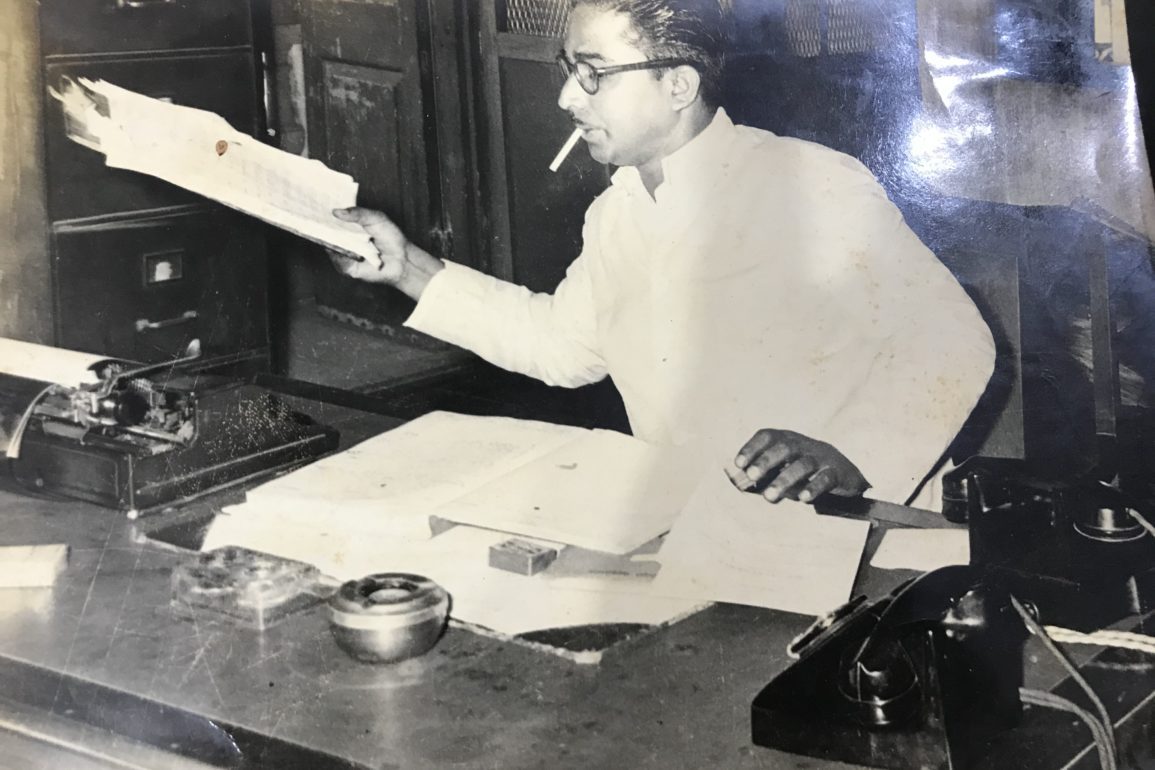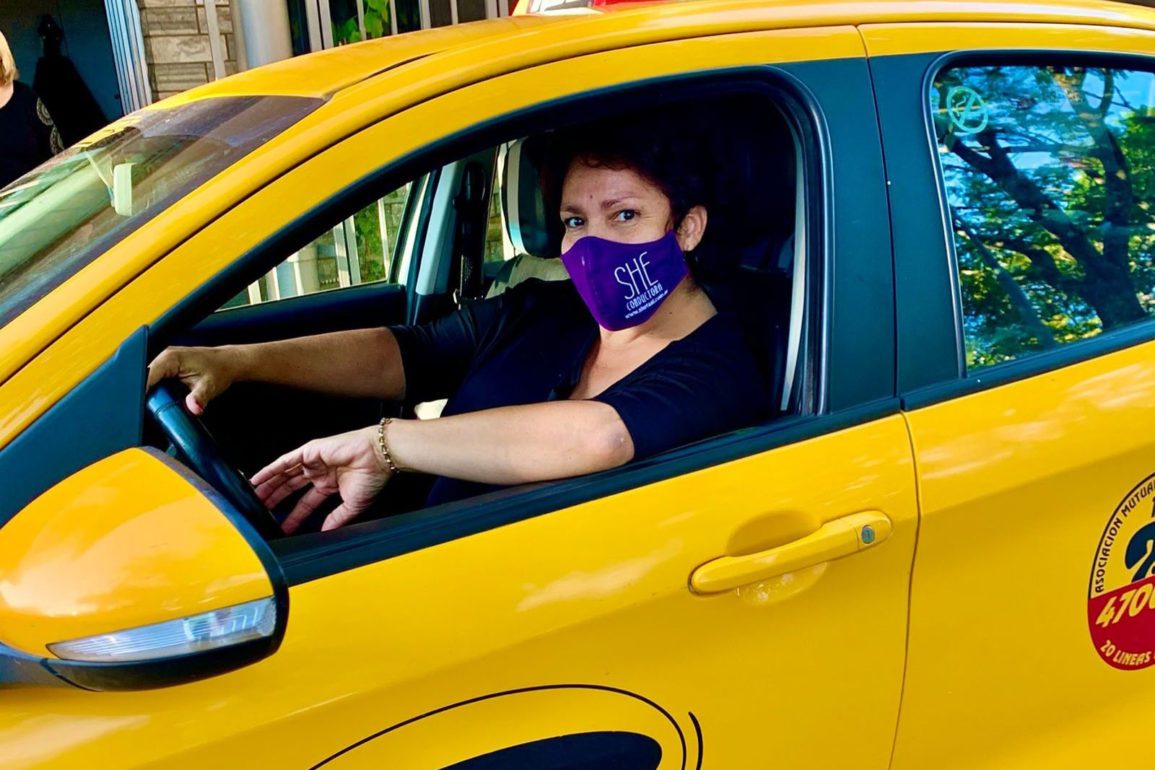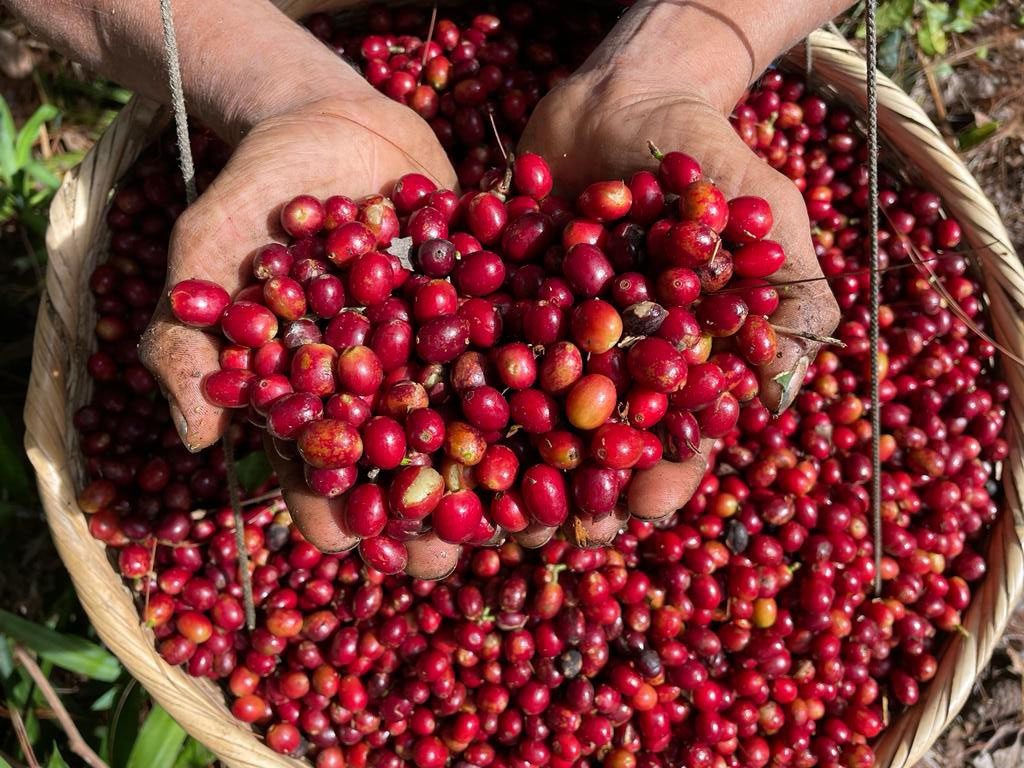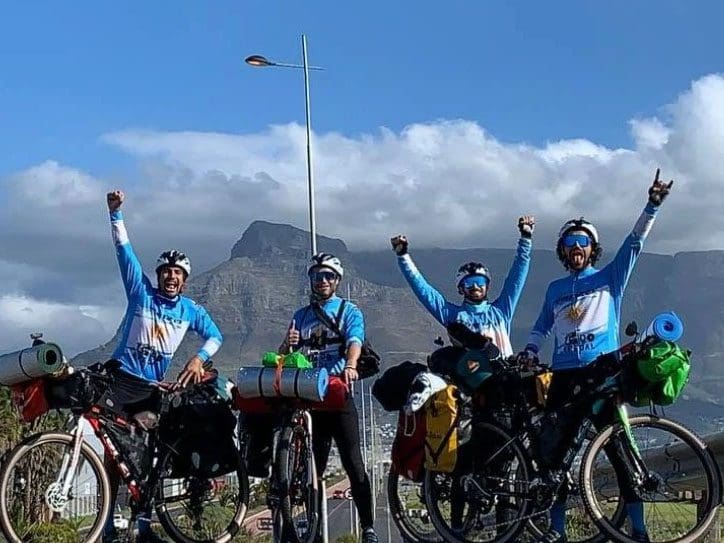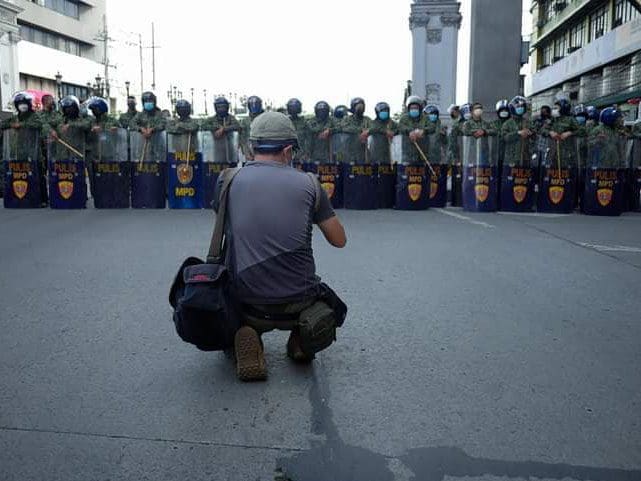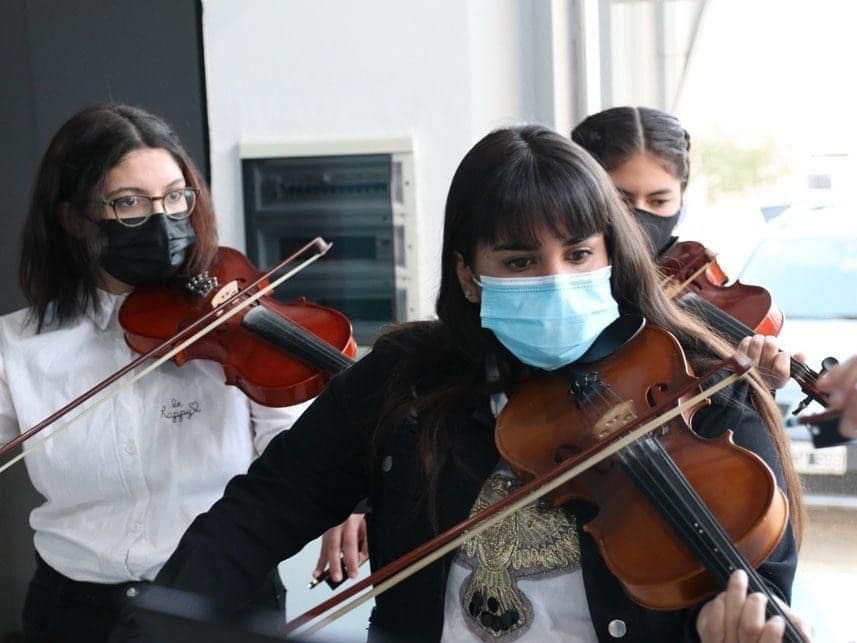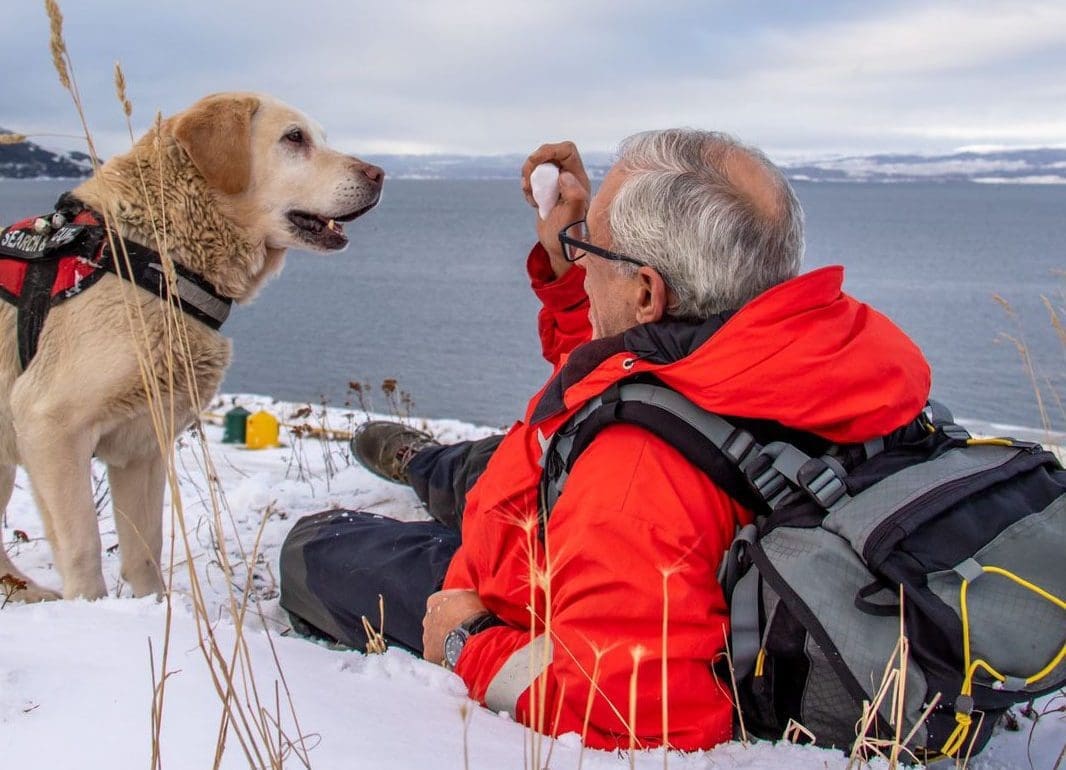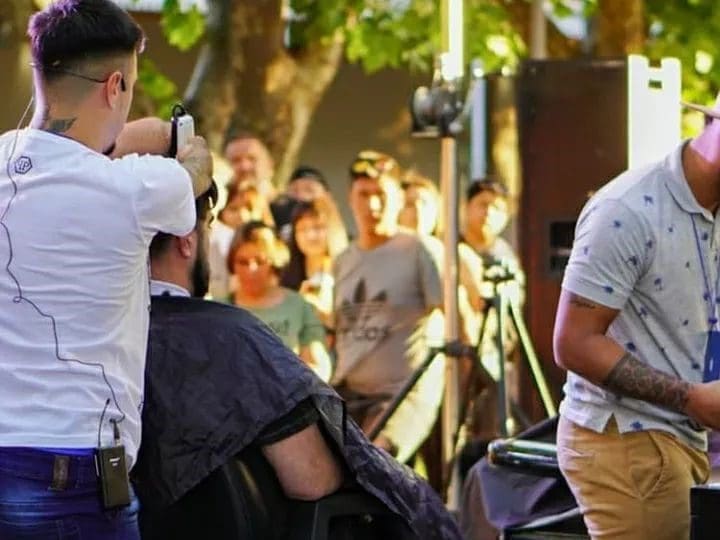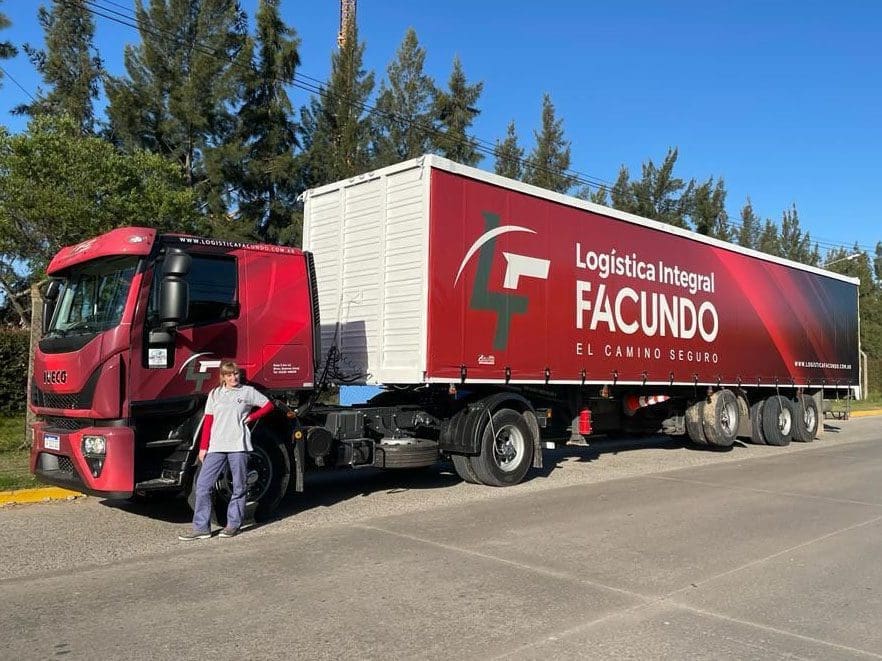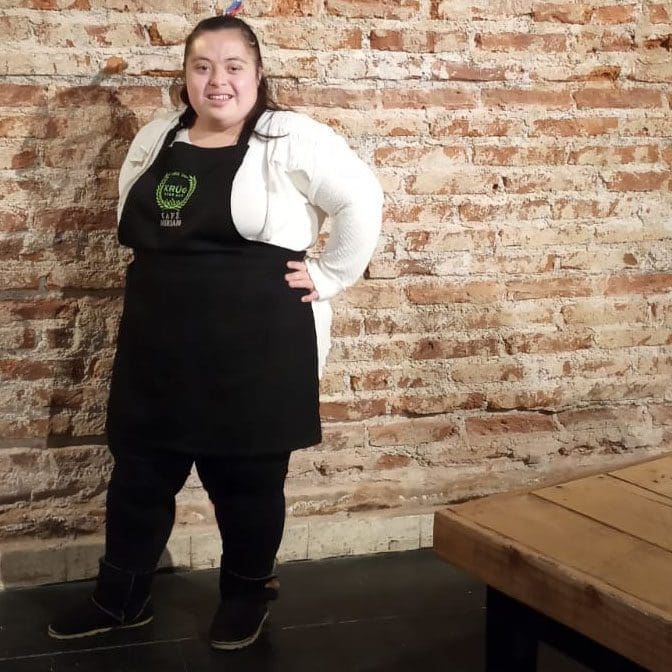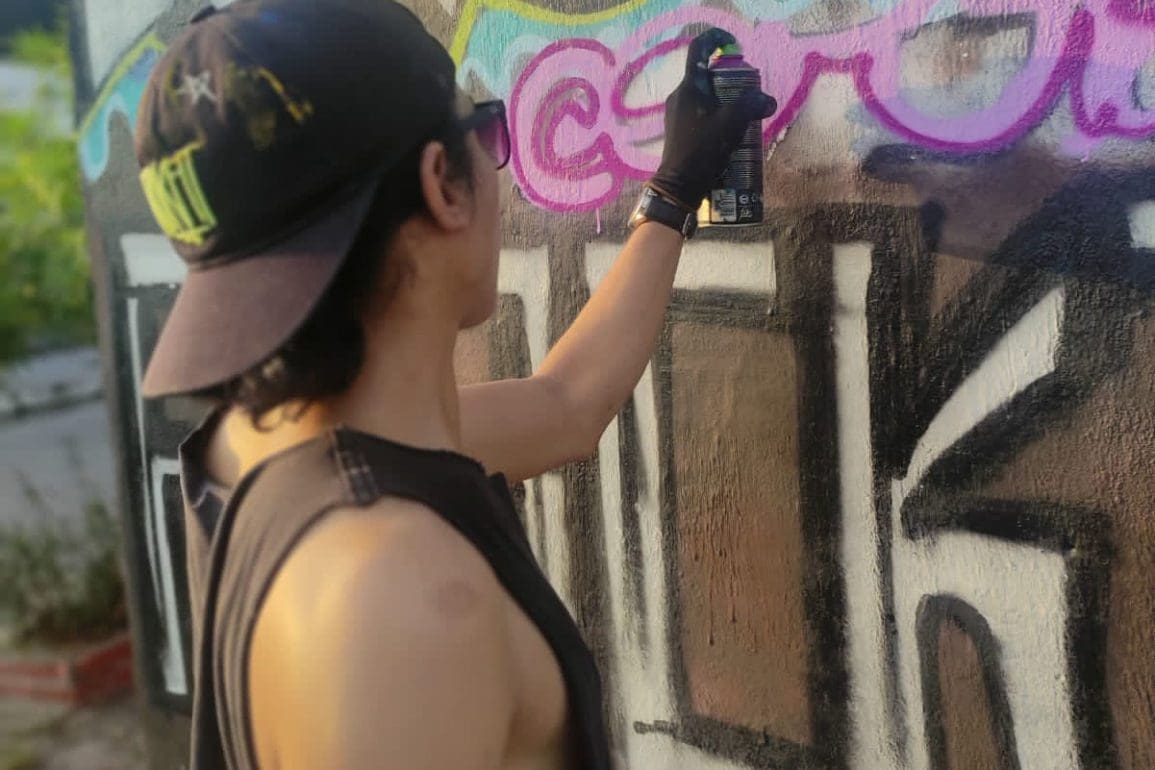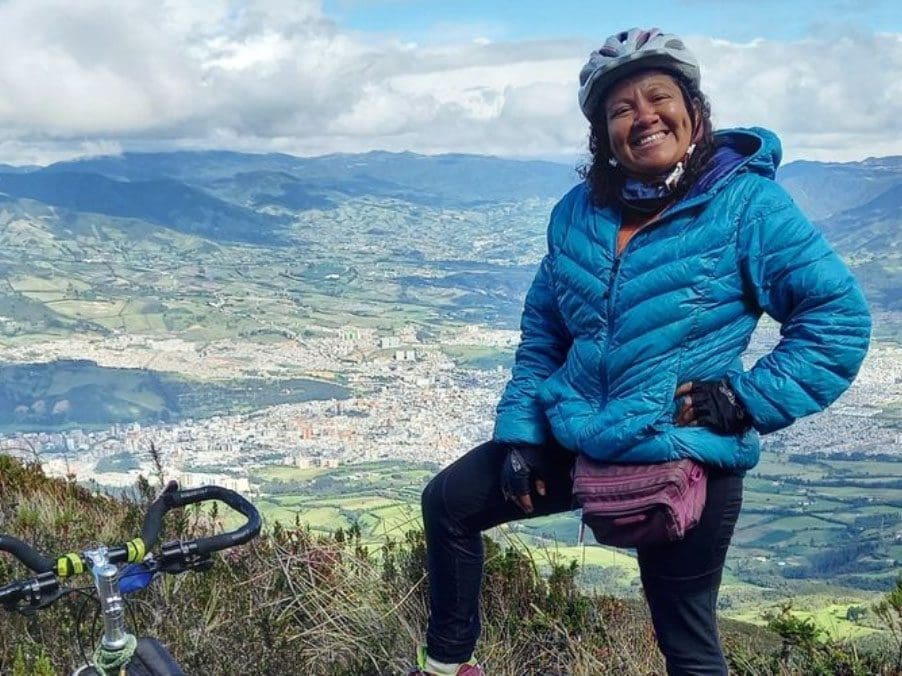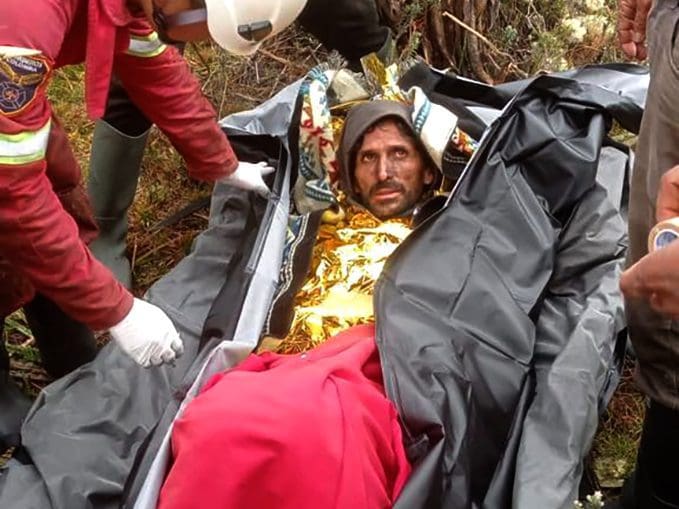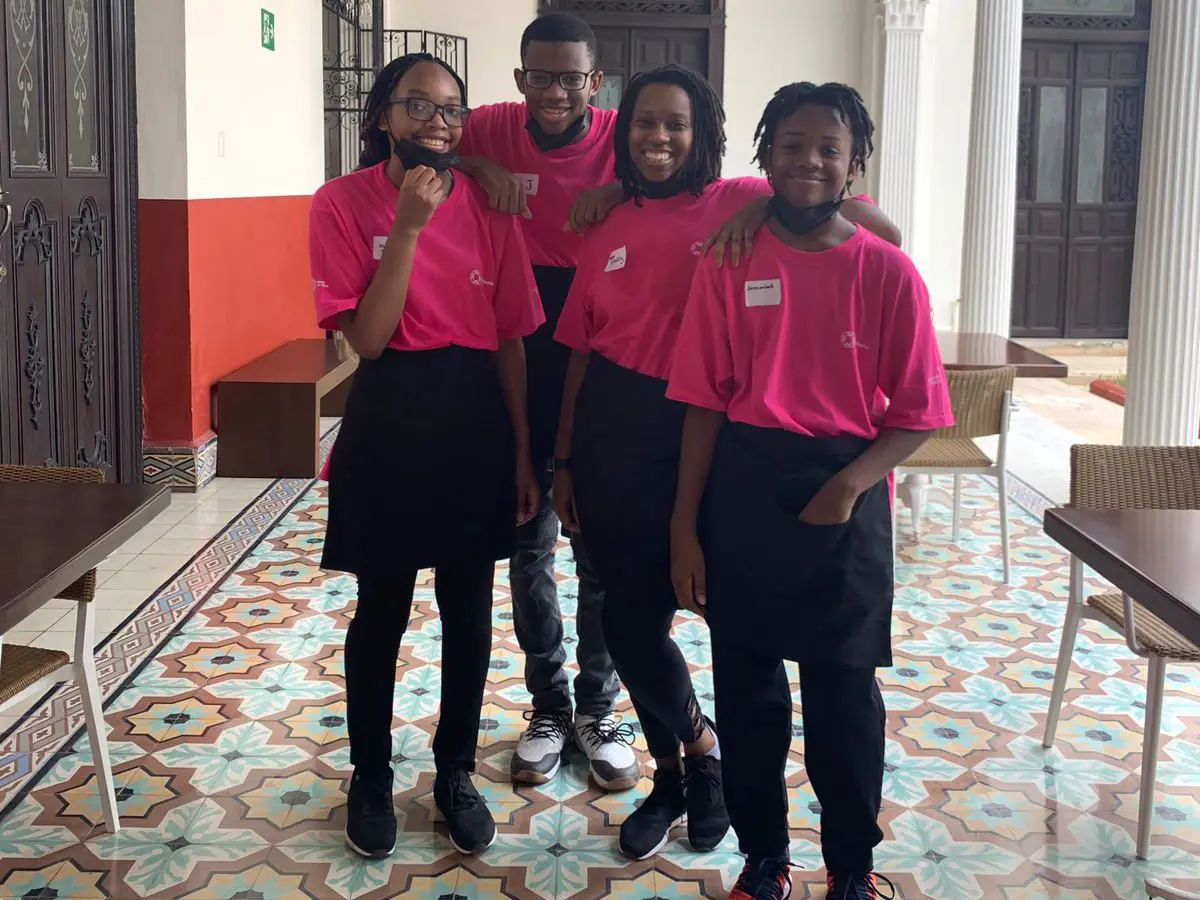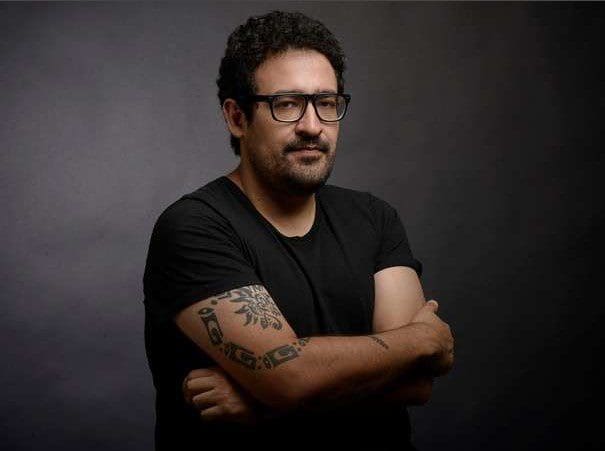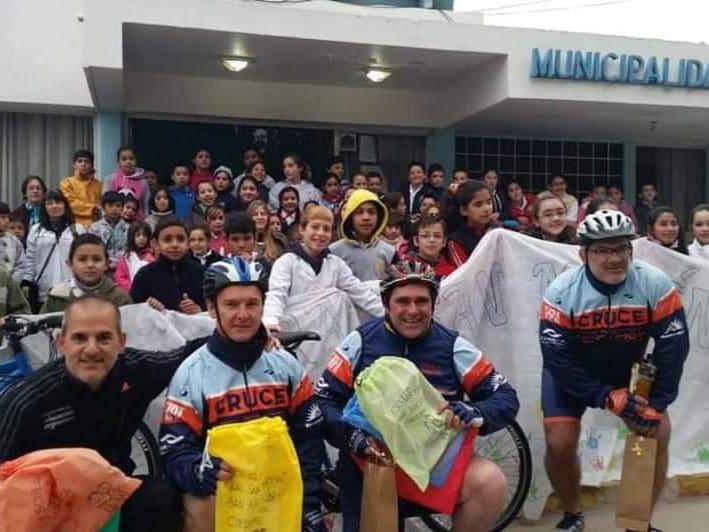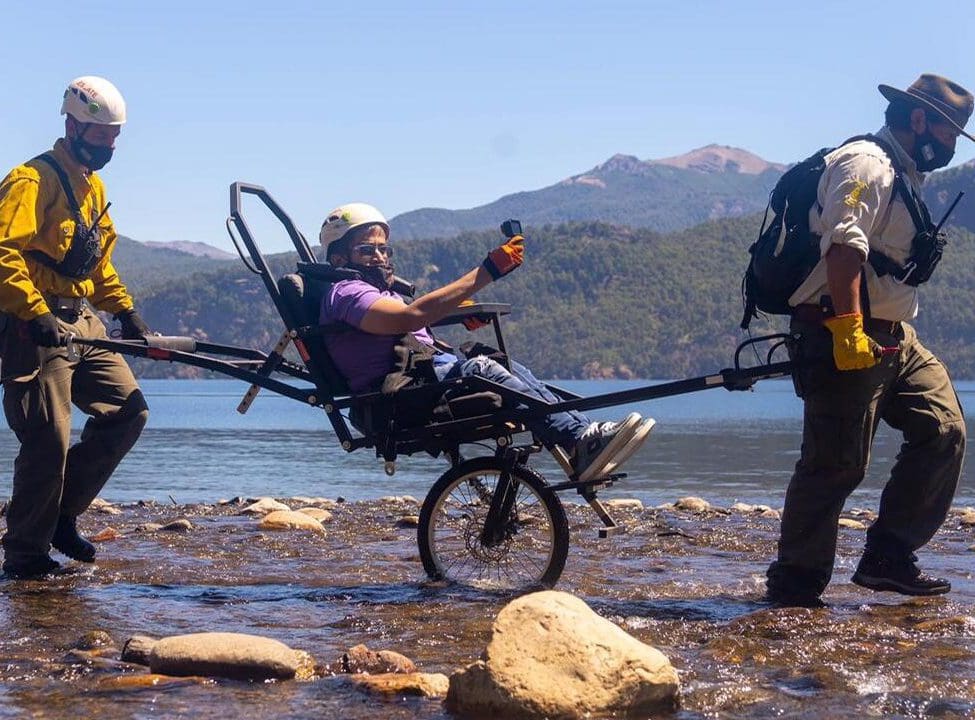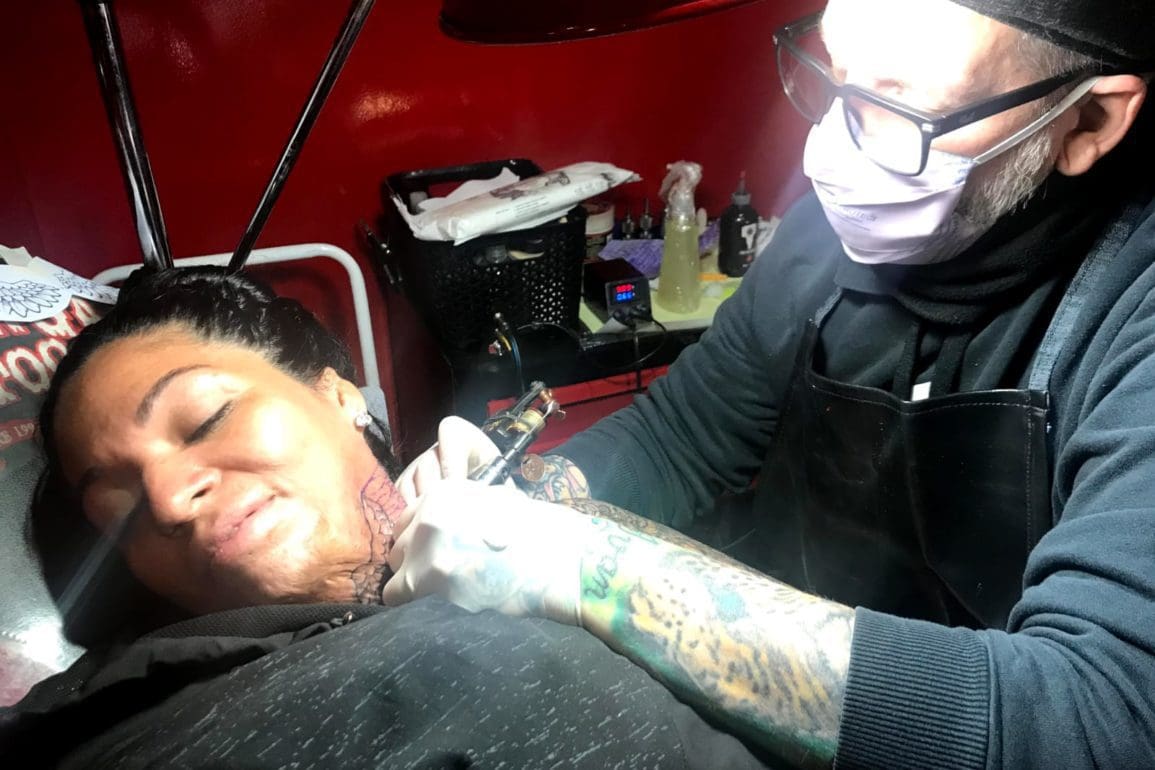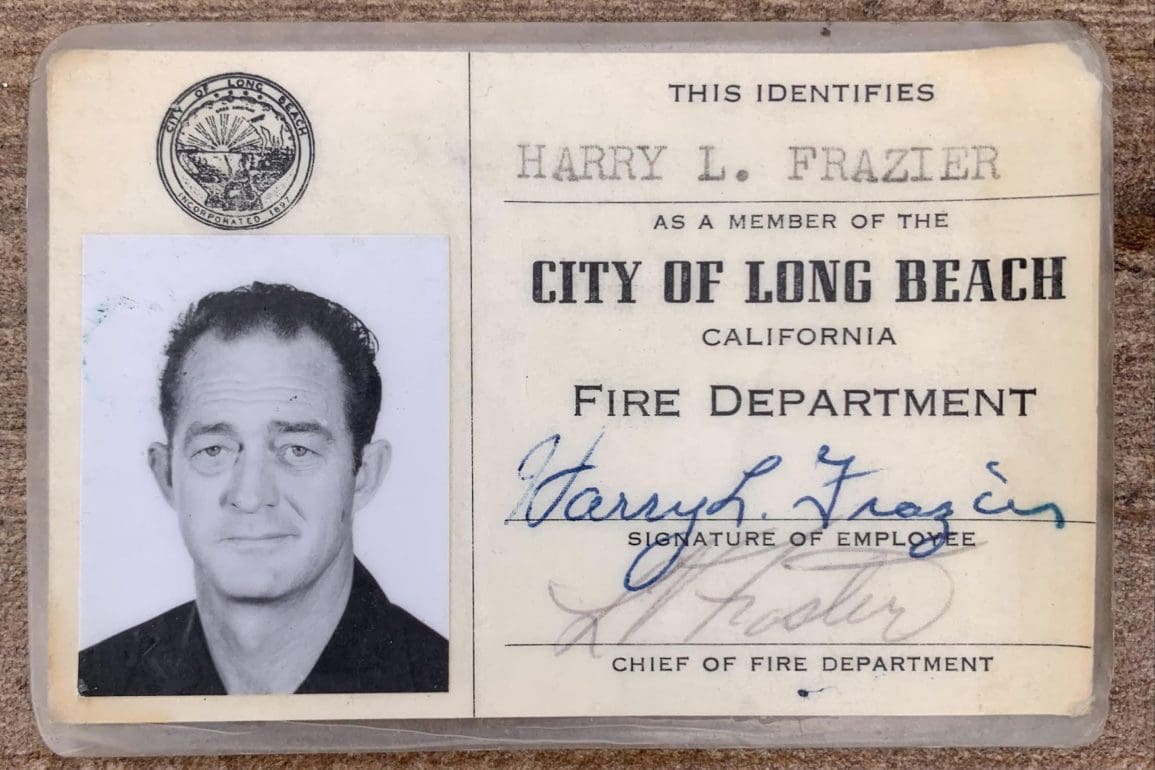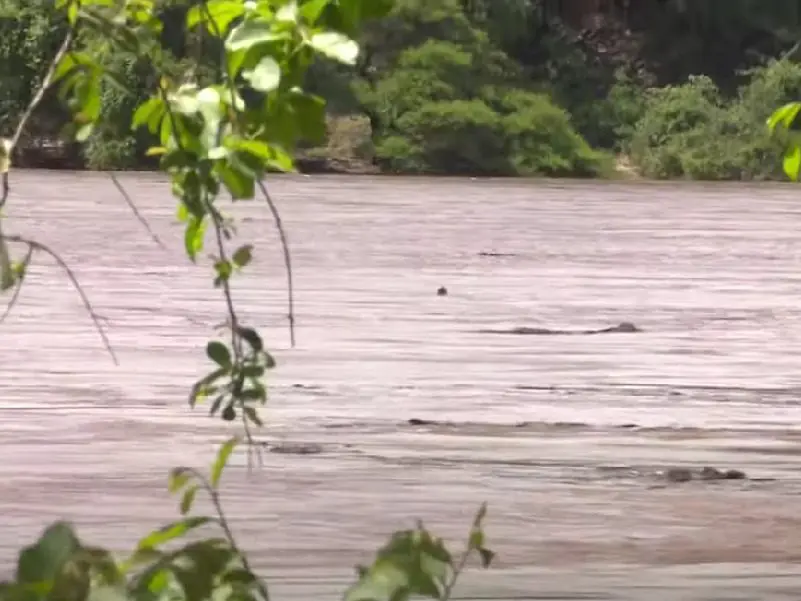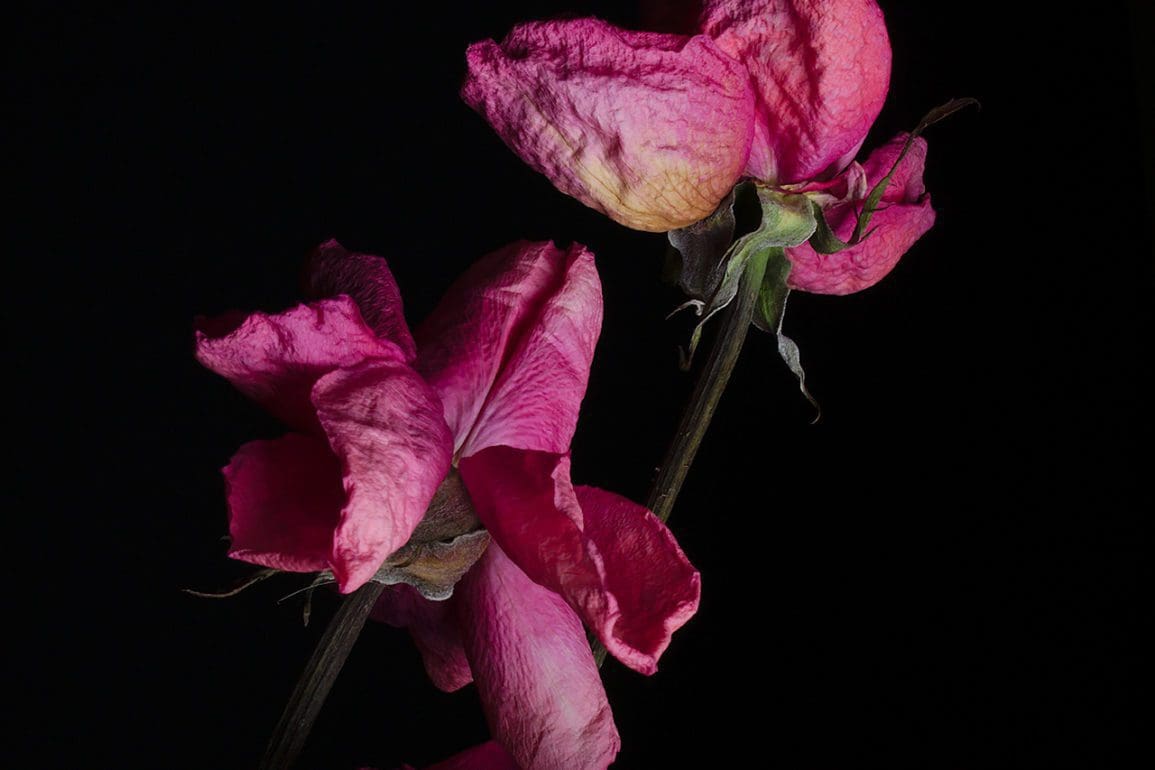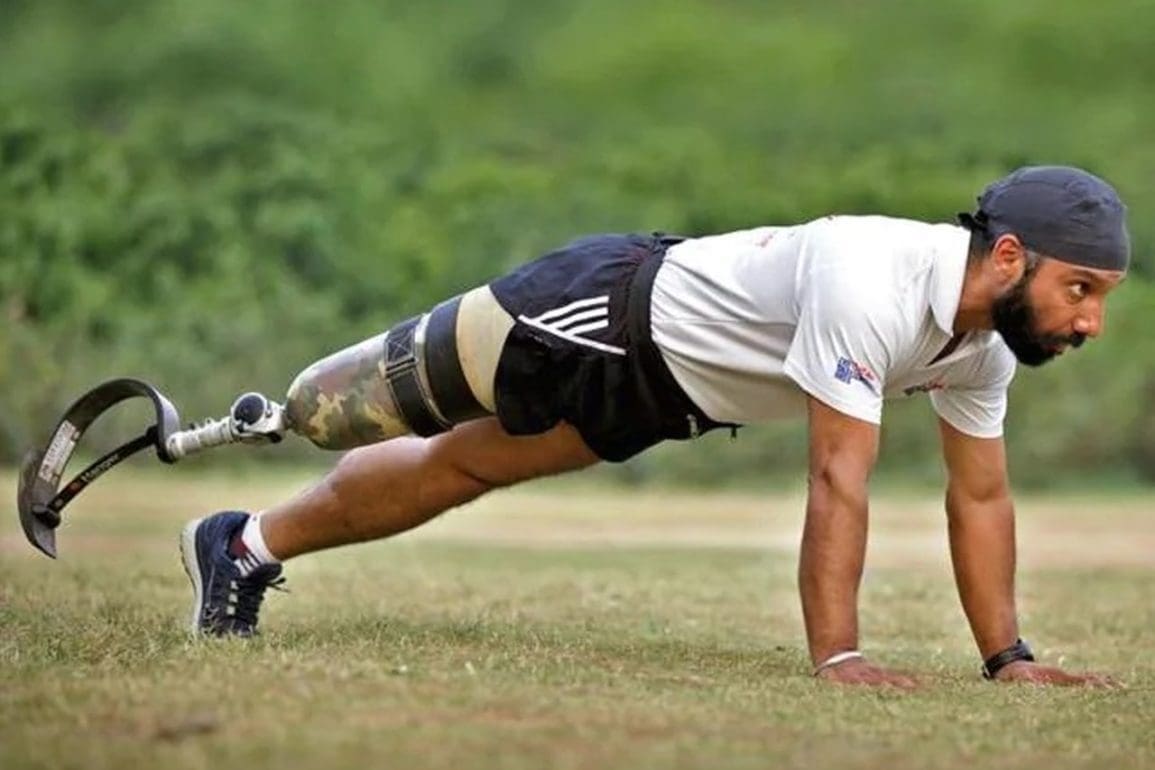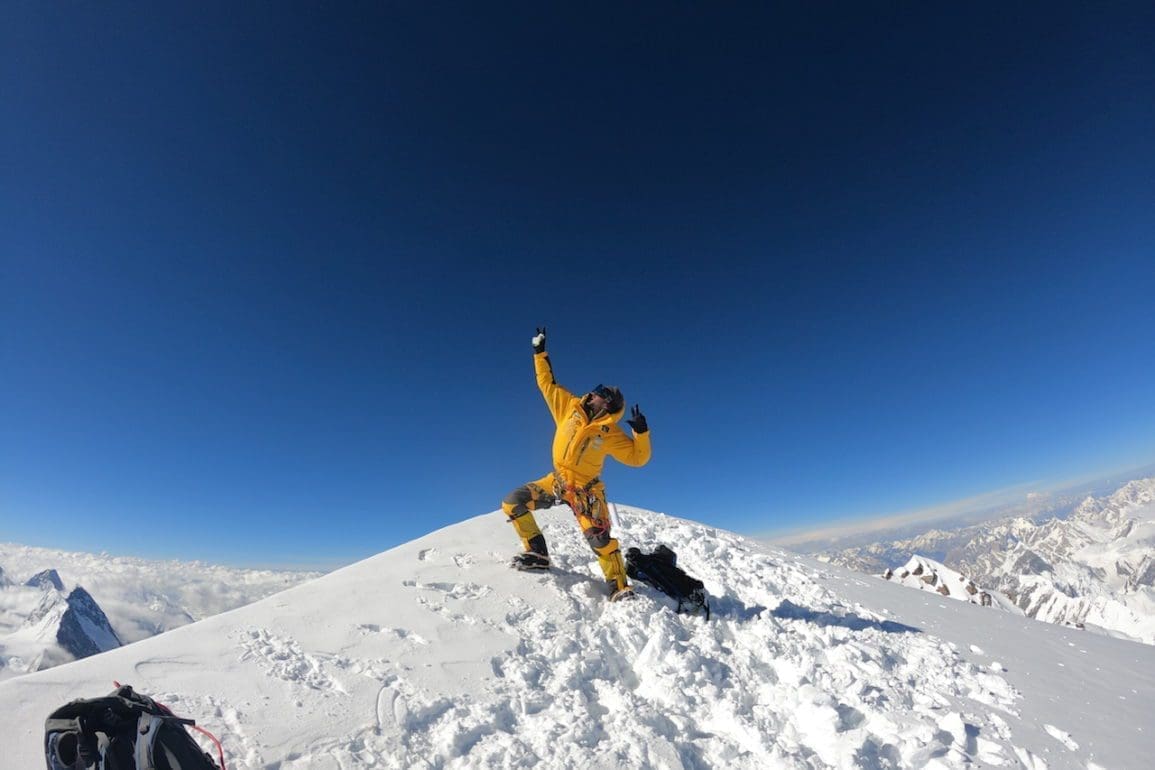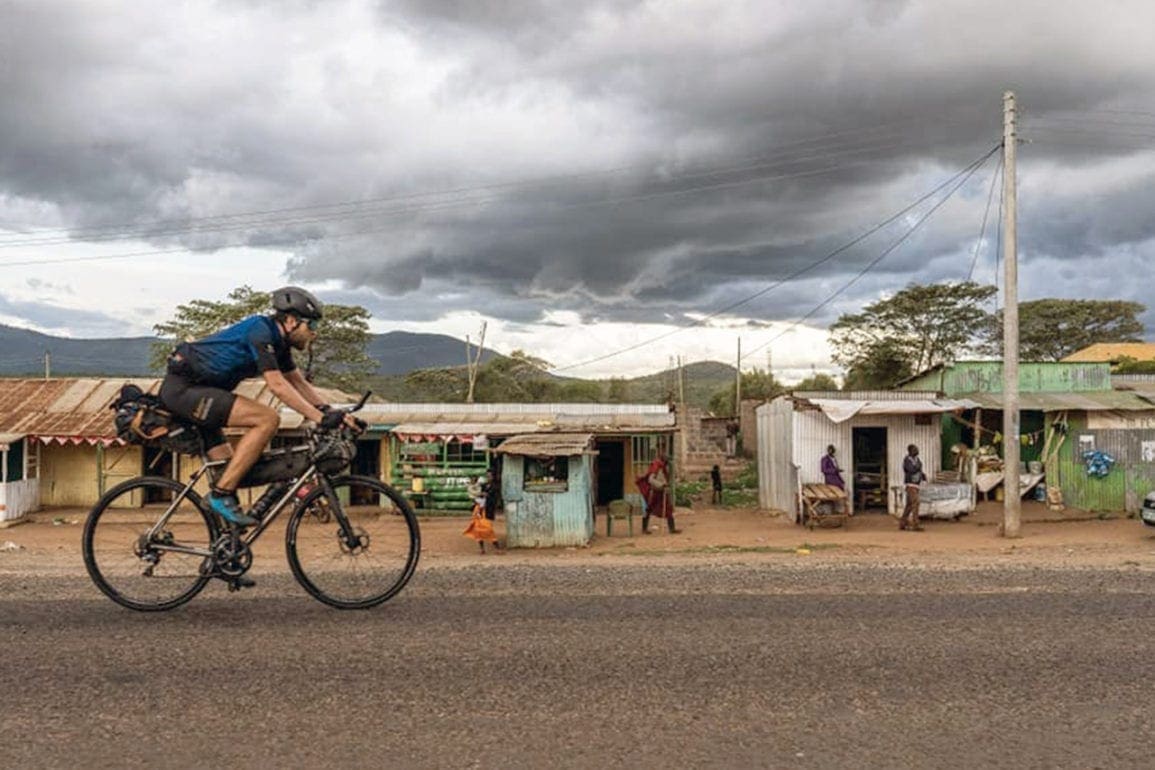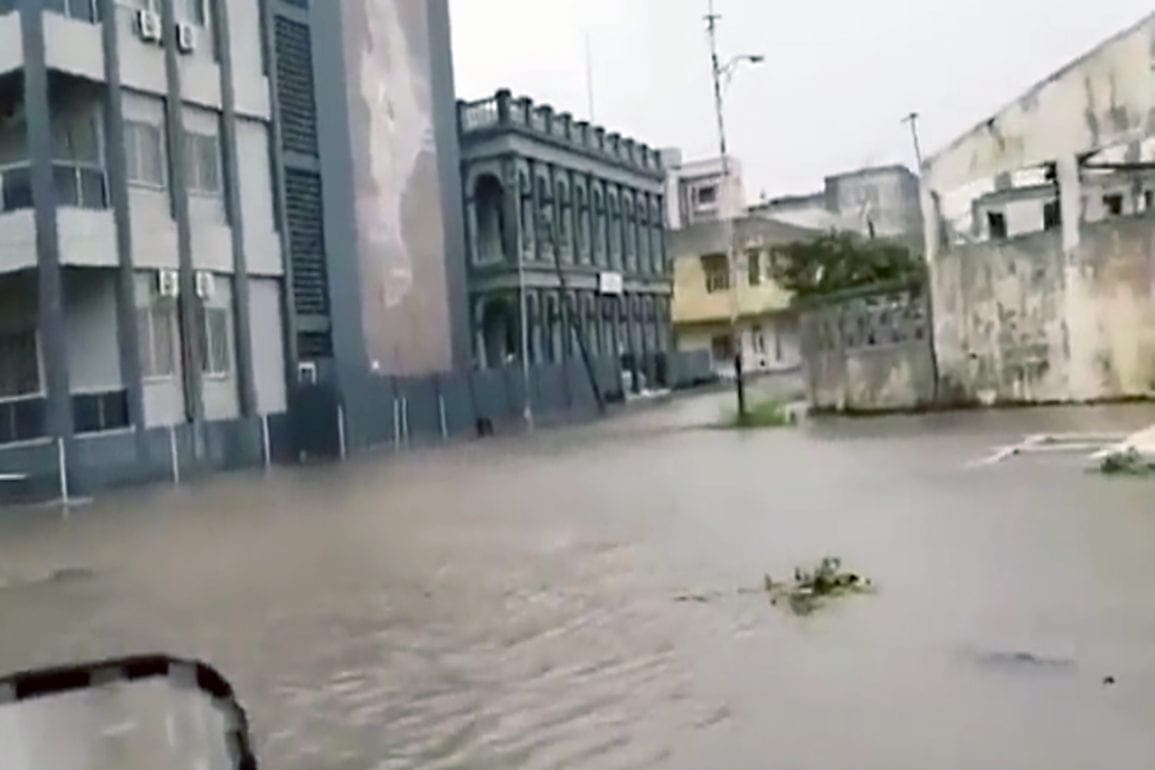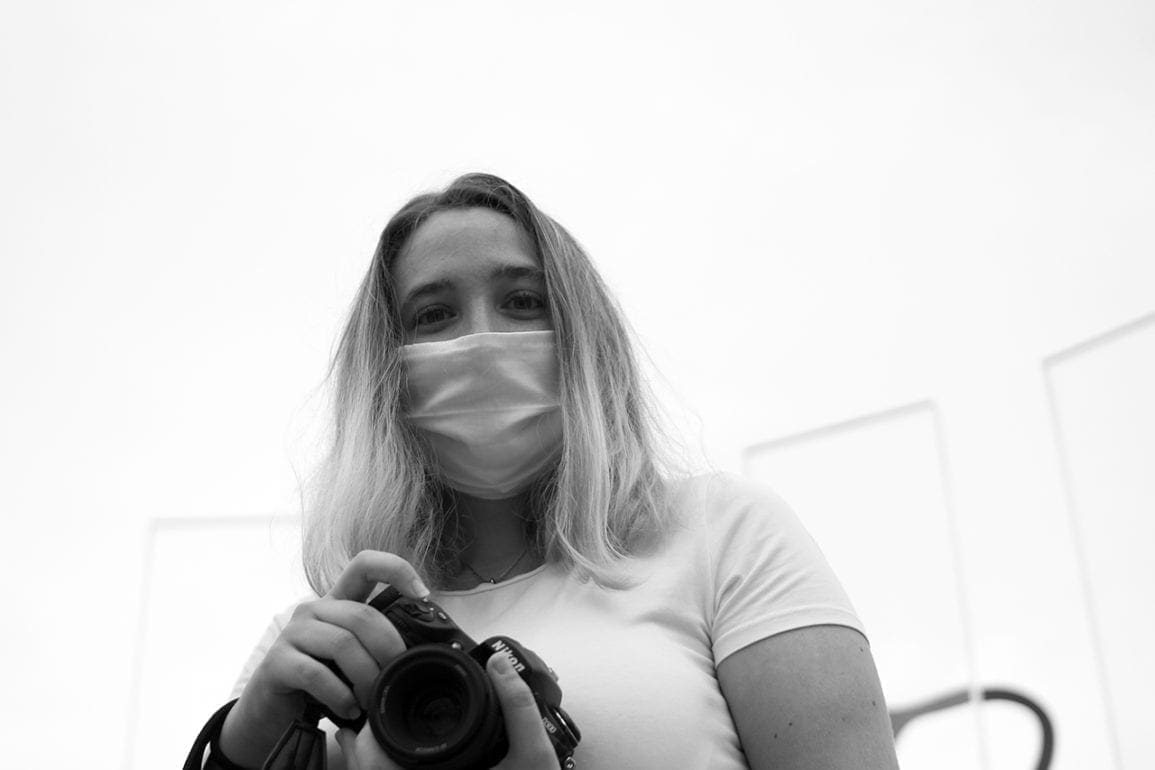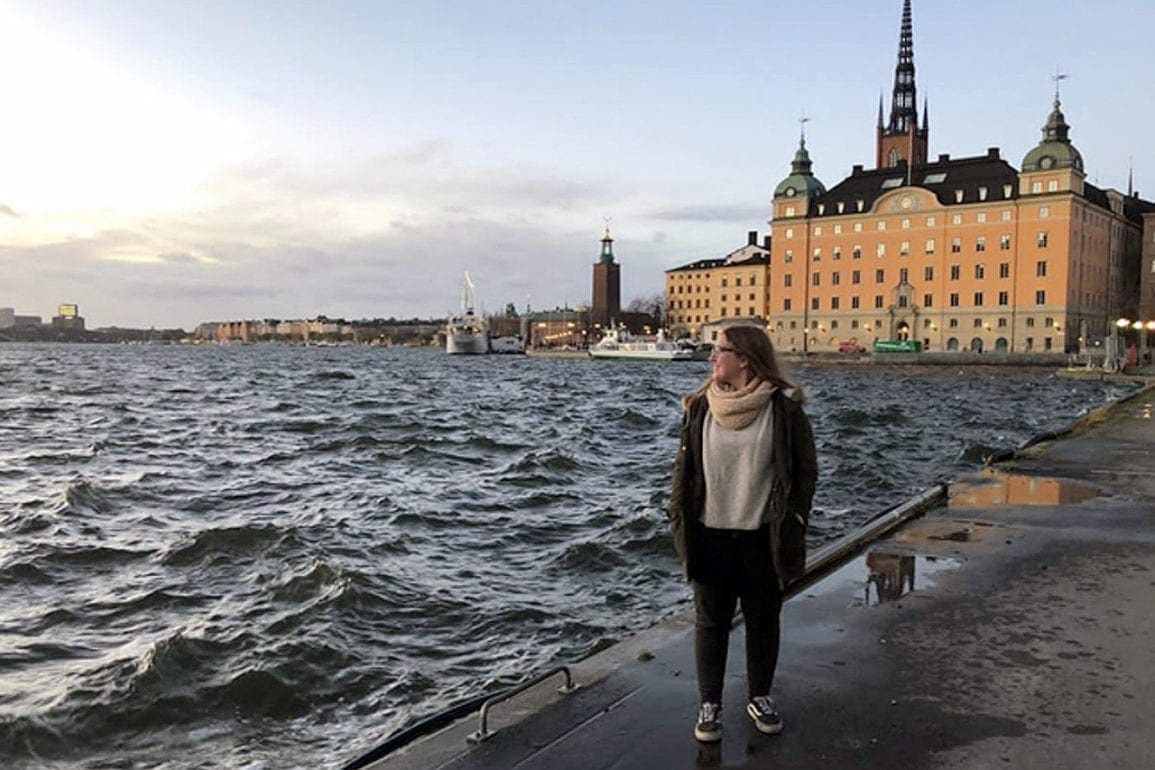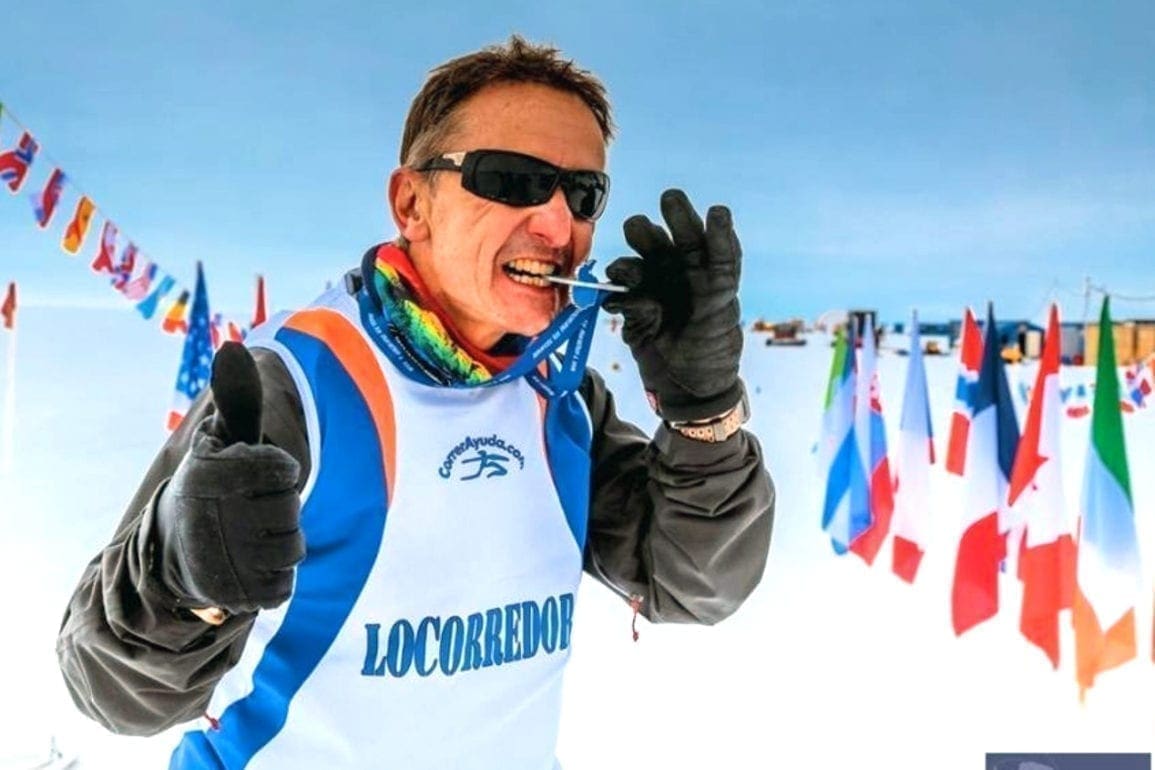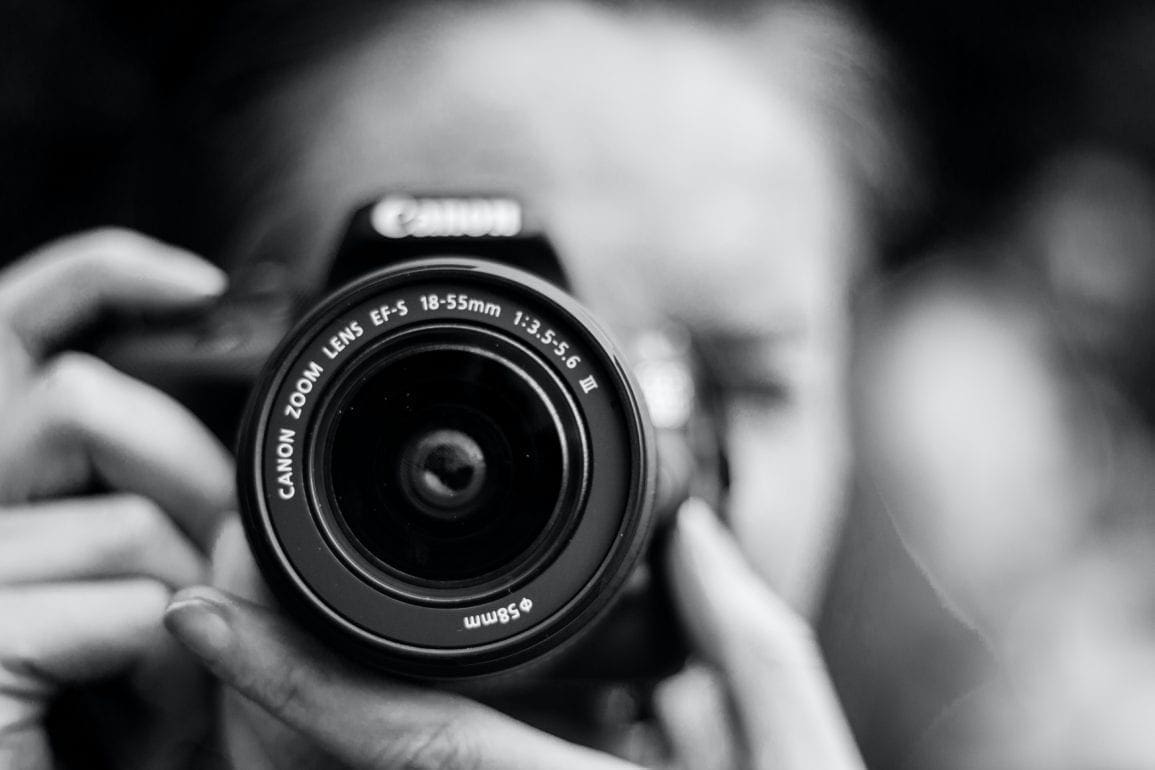After losing her artistic voice, nature photographer rediscovers her purpose at ancient condor release ceremony
During the beautiful release ceremony, I met a Mapuche woman, who shared incredible tales about the condor. Moved by her words, I offered her a mesmerizing condor feather I found in the mountains. She declined. “The feather came to you,” she said. “You must be the one to carry it.”
- 2 years ago
June 30, 2023
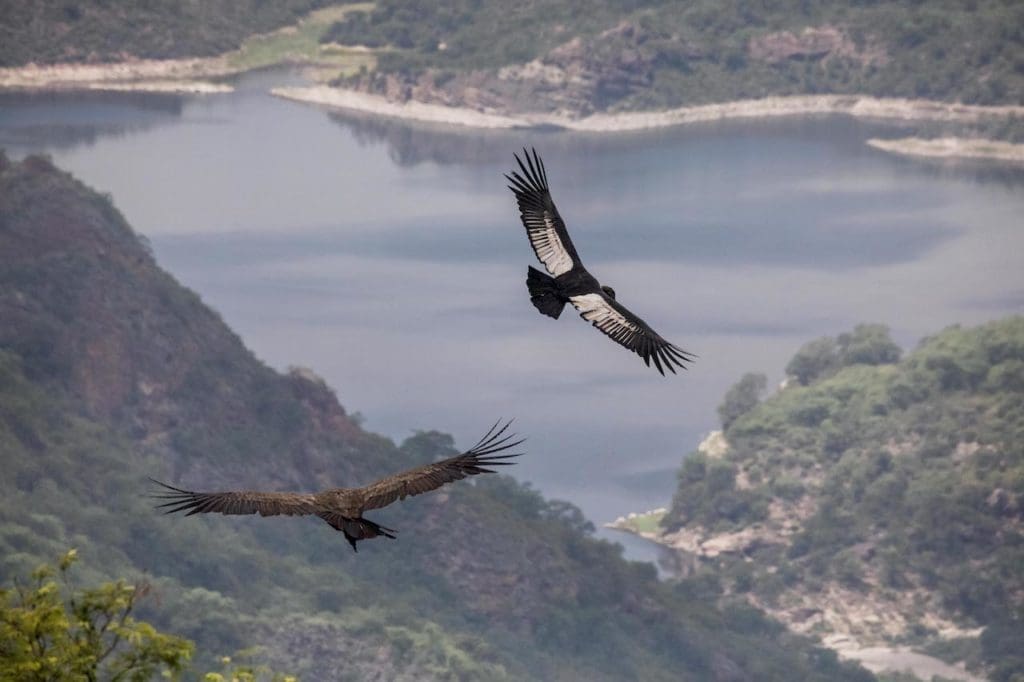
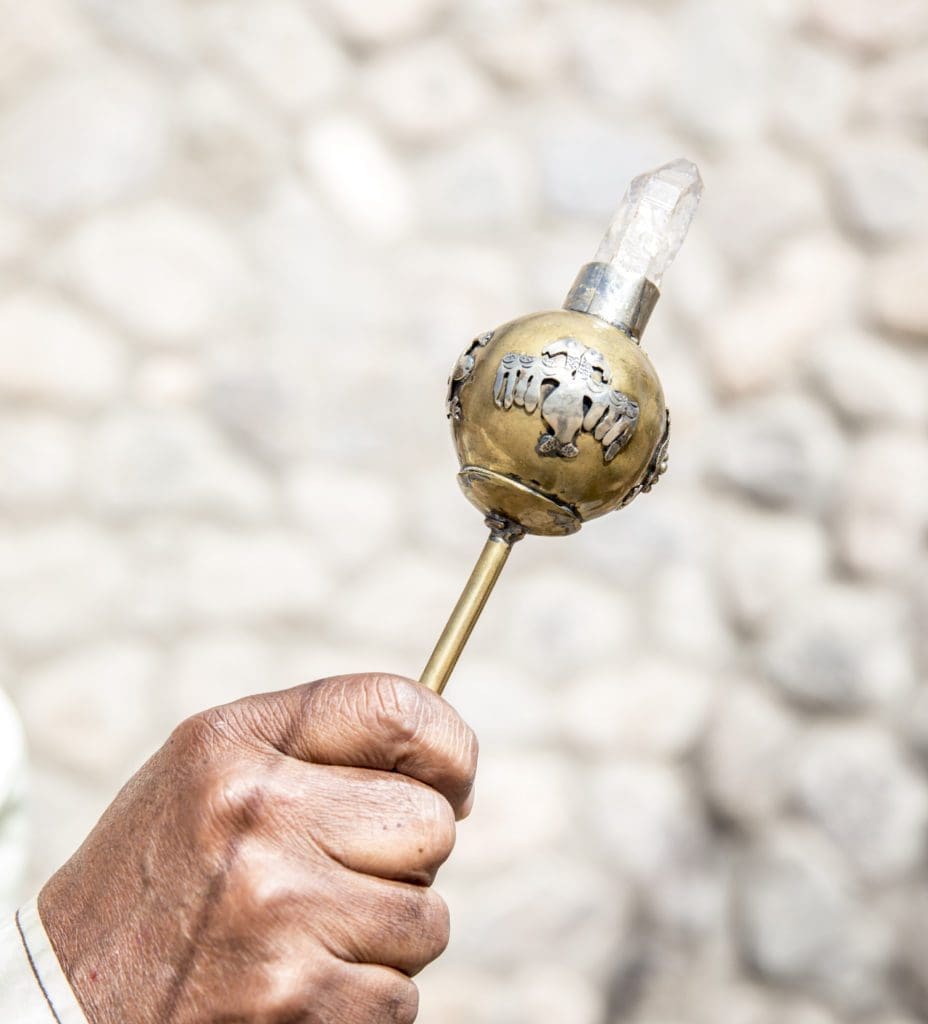
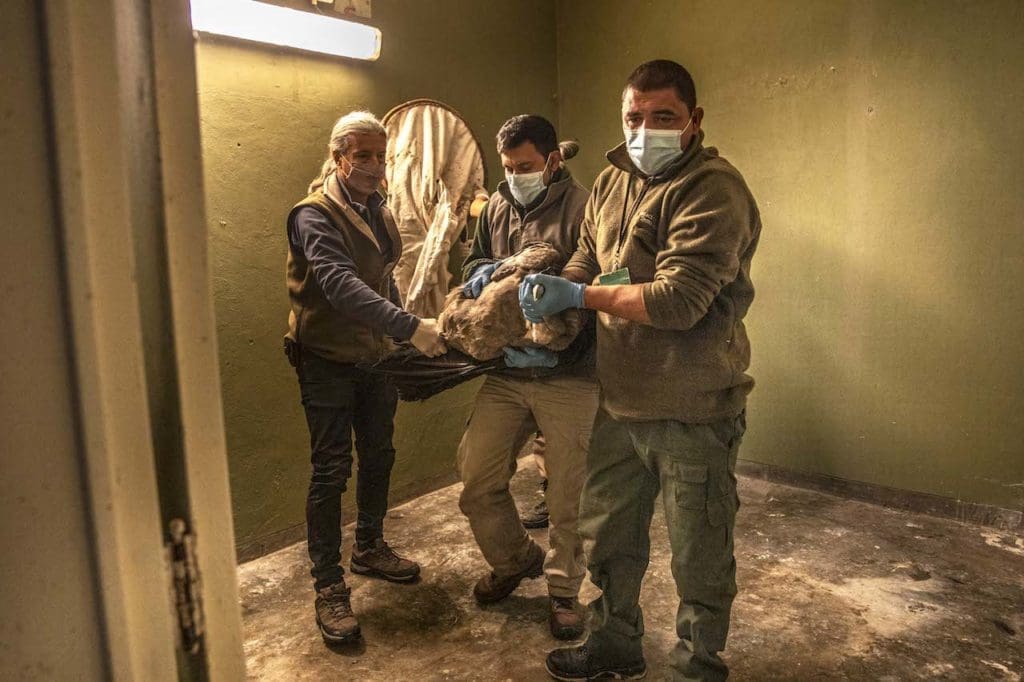

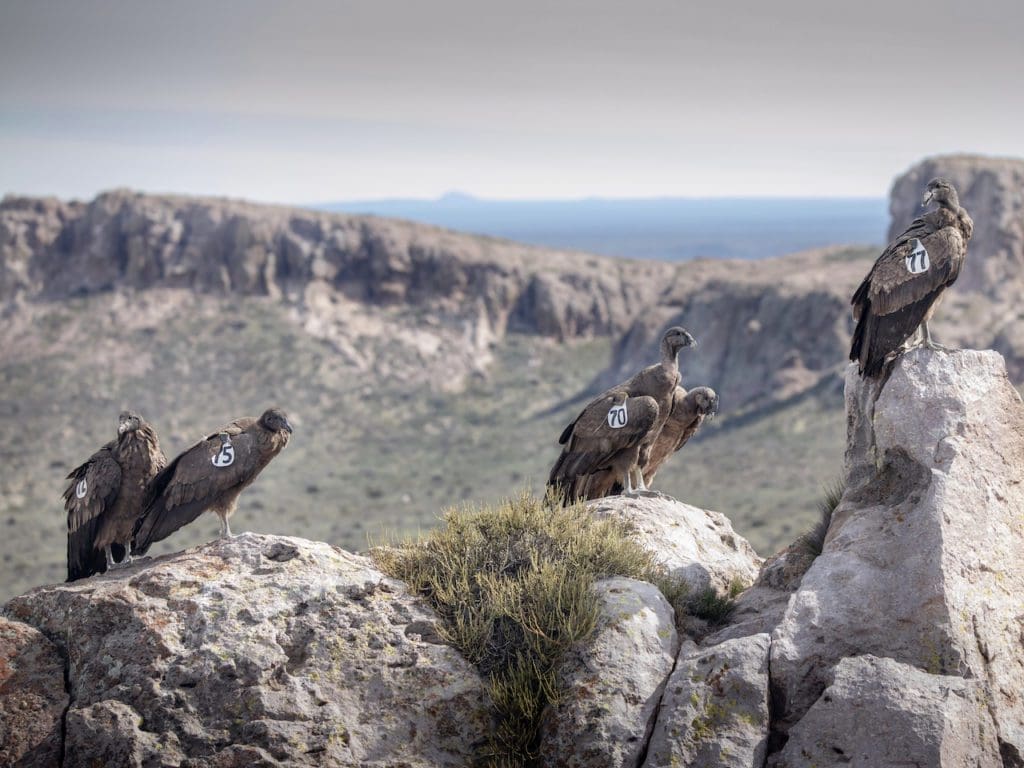
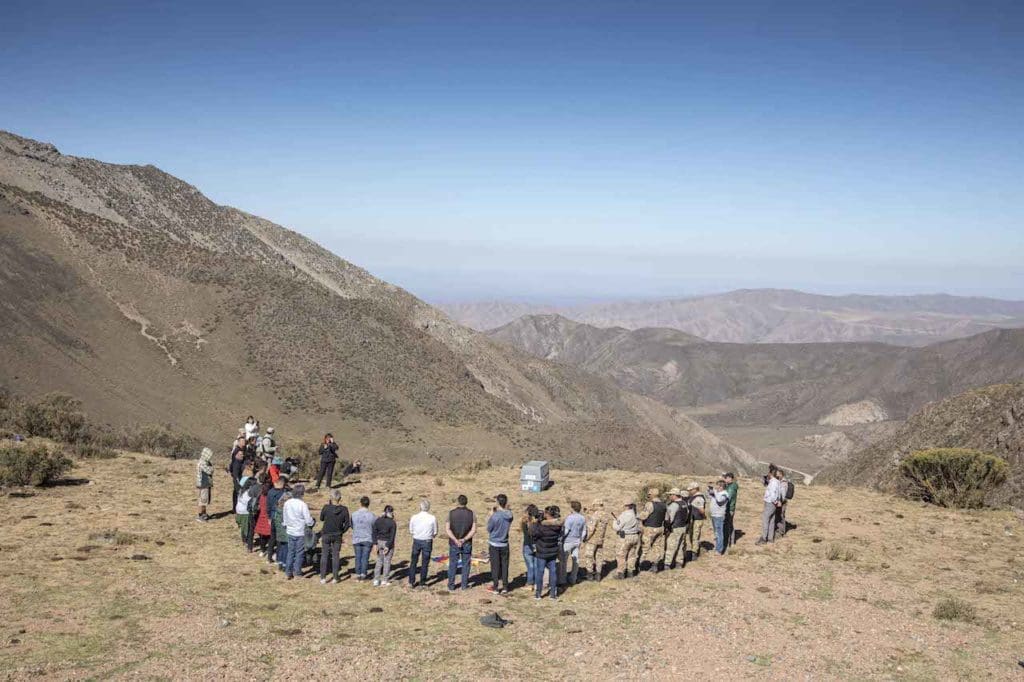


SECLANTÁS, Argentina — When I took on a project to document the transition of the Buenos Aires Zoo into an Ecopark, I discovered a purpose that reignited my spirit. One afternoon, I participated in a condor release. [The condor is a vulture and the largest flying land bird in the Western Hemisphere.]
Everyone in attendance formed a semicircle around the box that transported the majestic bird. A quietness settled over the crowd as a spiritual guide began the ceremony. Holding an incense stick, he began purifying the box, the surroundings, and the individuals gathered there.
When he opened the box, the condor peeked out cautiously. He slowly stepped out, observing the surroundings. With his wings outstretched, he spent 20 minutes in contemplation, analyzing everything and breathing in the fresh air.
Suddenly, out of nowhere, other condors appeared, soaring through the sky. It seemed as if they arrived to welcome him. I felt as though I joined them in spirit; like I was intimately involved in their flight.
Read more wildlife stories at Orato World Media.
I had lost my motivation and sense of purpose
For so long, before my experience at the Ecopark, I focused on my craft as an artist and photographer. Propelled by a strong affinity for nature, I had studied fine arts, anthropomorphism, and the intricate bond between humans and the environment. Yet, somehow, I never actively pursued a passion directly related to nature.
One day, during a return trip from working as a mountain guide in the south of Argentina, a sense of disconnect overwhelmed me. As I left the mountains to return to the bustling city, I felt stagnant. “Am I making a meaningful contribution,” I wondered. “Am I growing as a person?” My endeavors felt self-indulgent, and I questioned my purpose.
Amidst that darkness, a process of self-reflection and reconstruction began, but it took time. Day in and day out, I sat in my workshop facing a blank canvas, as inspiration eluded me. As I desperately fought to rekindle the creative fire inside, I felt a shift. I had always been driven by passion and desire, yet suddenly I struggled to find any sort of artistic voice. Without it, I felt lifeless.
Then, I arrived on location at the Ecopark, and a realization struck me like lightning. It felt like a “knowing.” I found my calling. As I observed the incredible animals around me, a surge of adrenaline and enthusiasm propelled me forward. I delved into new studies like naturalism and cultivating mushrooms.
I began expanding my knowledge and establishing new networks. Slowly, a personal project took shape which forever altered my worldview. It felt like a new and unexplored realm opened in front of me with boundless opportunities for growth and connection.
Watching humans and wild animals form bonds
When I attended the condor release ceremony, I learned that it memorialized the moment when the condor and the community reclaim their shared territory. The previously wounded condor inevitably returns to the very spot from which it was rescued. I reclaimed something that day as well. The profound contact I made with animals, and the humans responsible for their care, fascinated me endlessly. With its sacred status, I knew, helping to conserve the condor population offered an honorable pursuit.
As a photographer and naturalist, I took on the El Rey Pájaro Project. I began to trace how this emblematic species – the condor – drew vital connections between humans and their environment. By combining modern advancements in conservation with ancient wisdom and the Andean worldview, we aimed at averting the extinction of the species.
I watched as people from diverse roles interacted with the birds. Whether a zoo worker, a veterinarian, a politician, or a spectator – a spectrum of significance emerged. Each person related to the animal in their own way. Behind the scenes, bonds formed. Watching the workers interact with the animal, captivated me.
I learned to patiently listen and observe. Unlike bonding with a domesticated animal, it takes time to create a relationship with a condor. Each species and each human seemed to establish their own unique language.
The feather is yours to carry; finding purpose in the waiting
During the beautiful release ceremony, I met a Mapuche woman who shared incredible tales about the condor. Moved by her words, I offered her a mesmerizing condor feather I found in the mountains. She declined.
“The feather came to you,” she said. “You must be the one to carry it.” Her words moved me, and from that moment on, I began my collaboration with the Andean Condor Conservation Program (ACCP). This, as well as other environmental projects, proved to be profoundly spiritual experiences in my life.
Today, I feel a deep connection with the condor and the natural world – as if my identity dissolved, leaving only pure emotion. When the ceremony took place that day, no one wanted to move. A sense of deep respect fluttered through the air. As humans, we paid homage to nature’s beautiful complexities. I became more than a wildlife photographer; I engaged in a lifestyle.
Now, when I travel to the cliff to await the appearance of the condors in the sky, I can sit for hours. Sometimes, they do not come; nothing happens. I learned to embrace the solitude; to transform my perch into a meditative space.
No longer, do I distract myself with messages on WhatsApp or become frustrated at the ticking of the clock. I free my mind from the pressure that I need to capture something to post on social media. In those moments – with just myself, my mate, and my book – I experience the practice of waiting. Nothing more.
All photos are courtesy of Sofía Lopez Mañán.




















